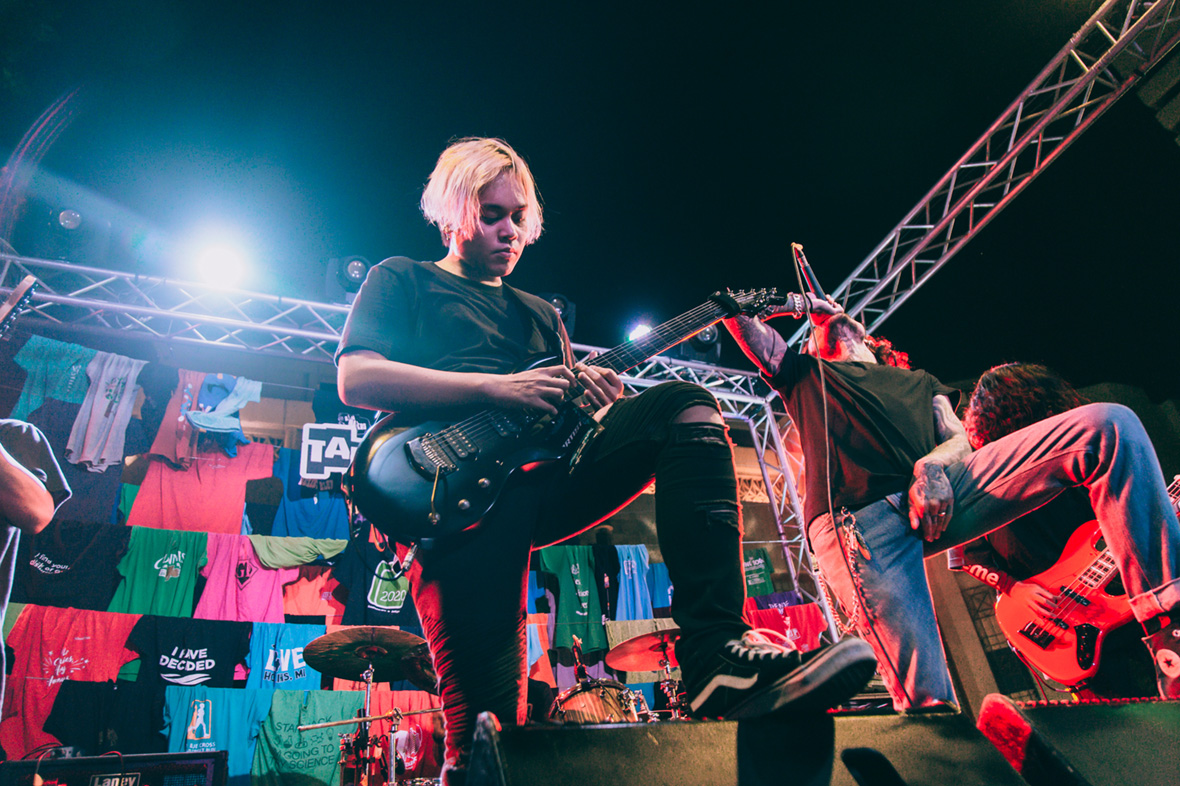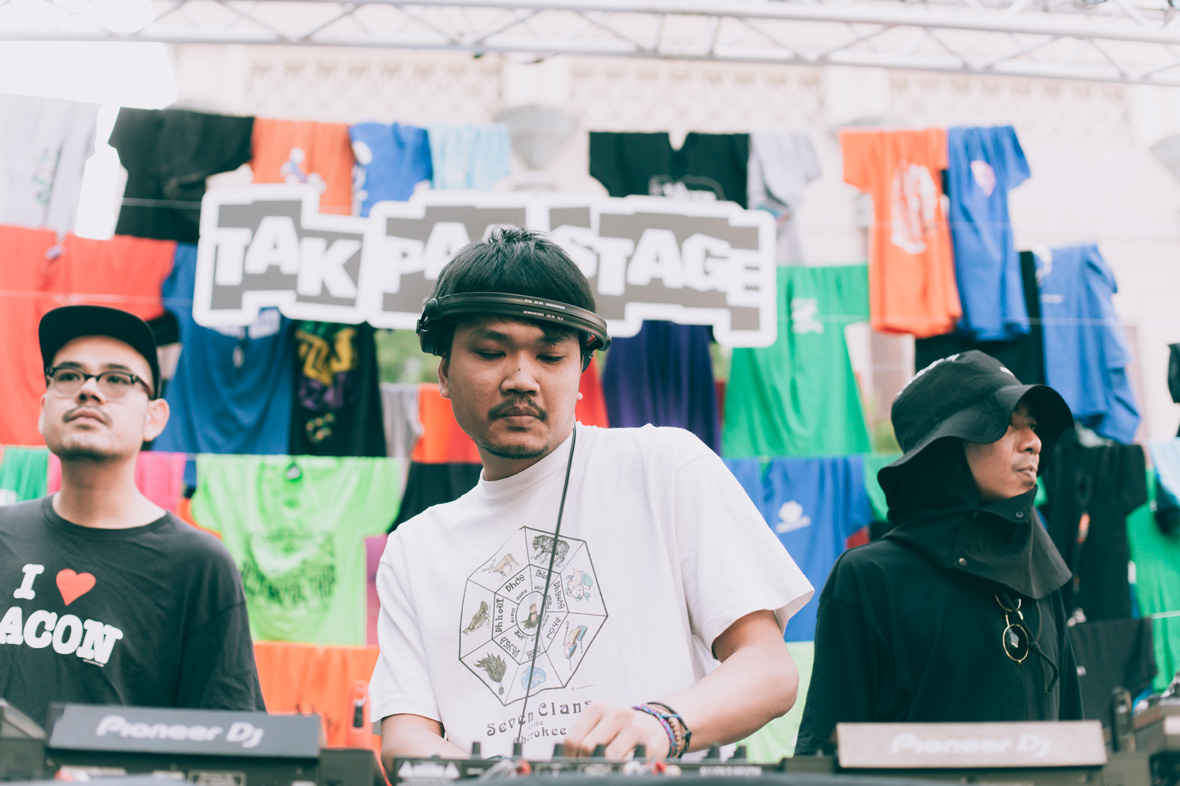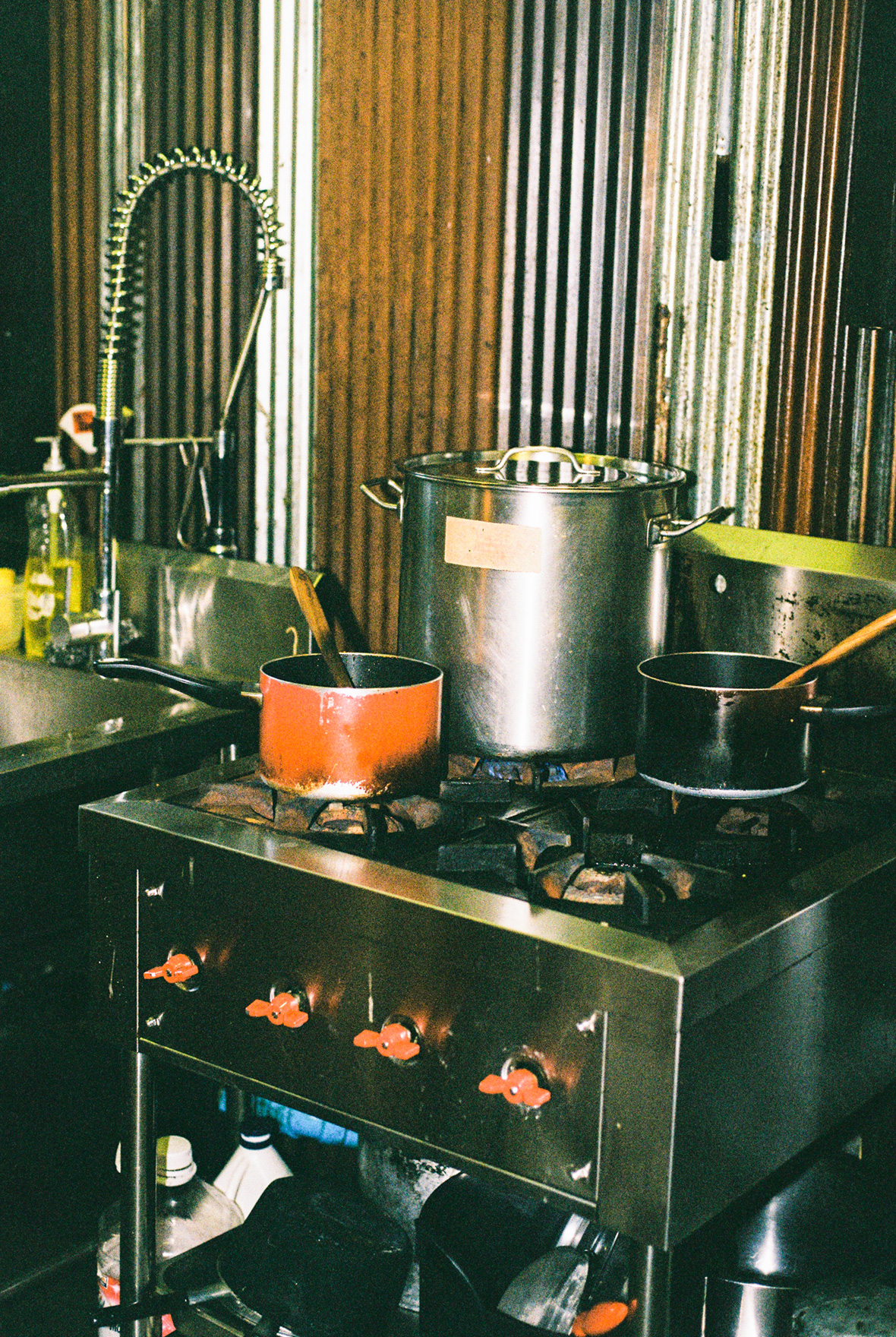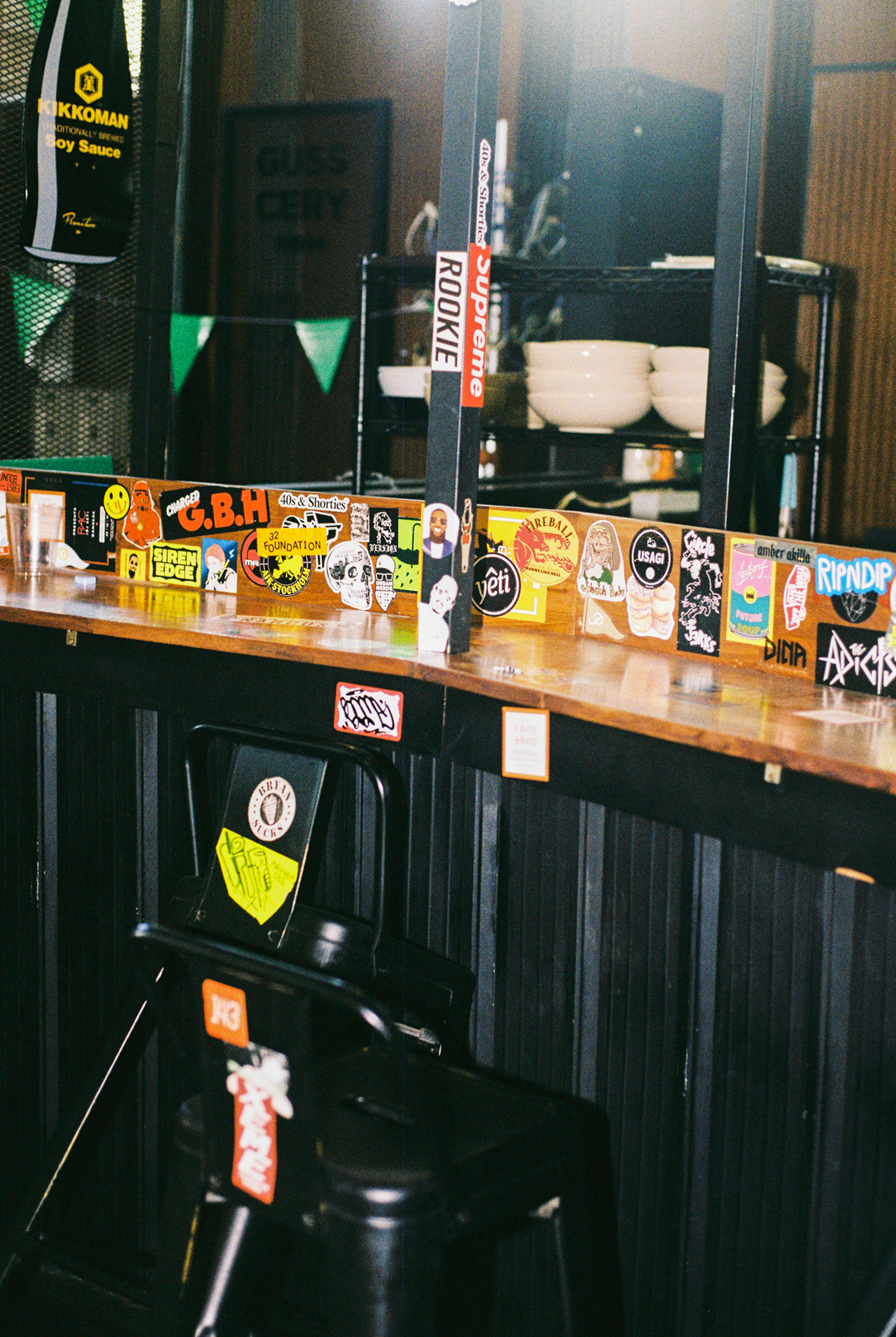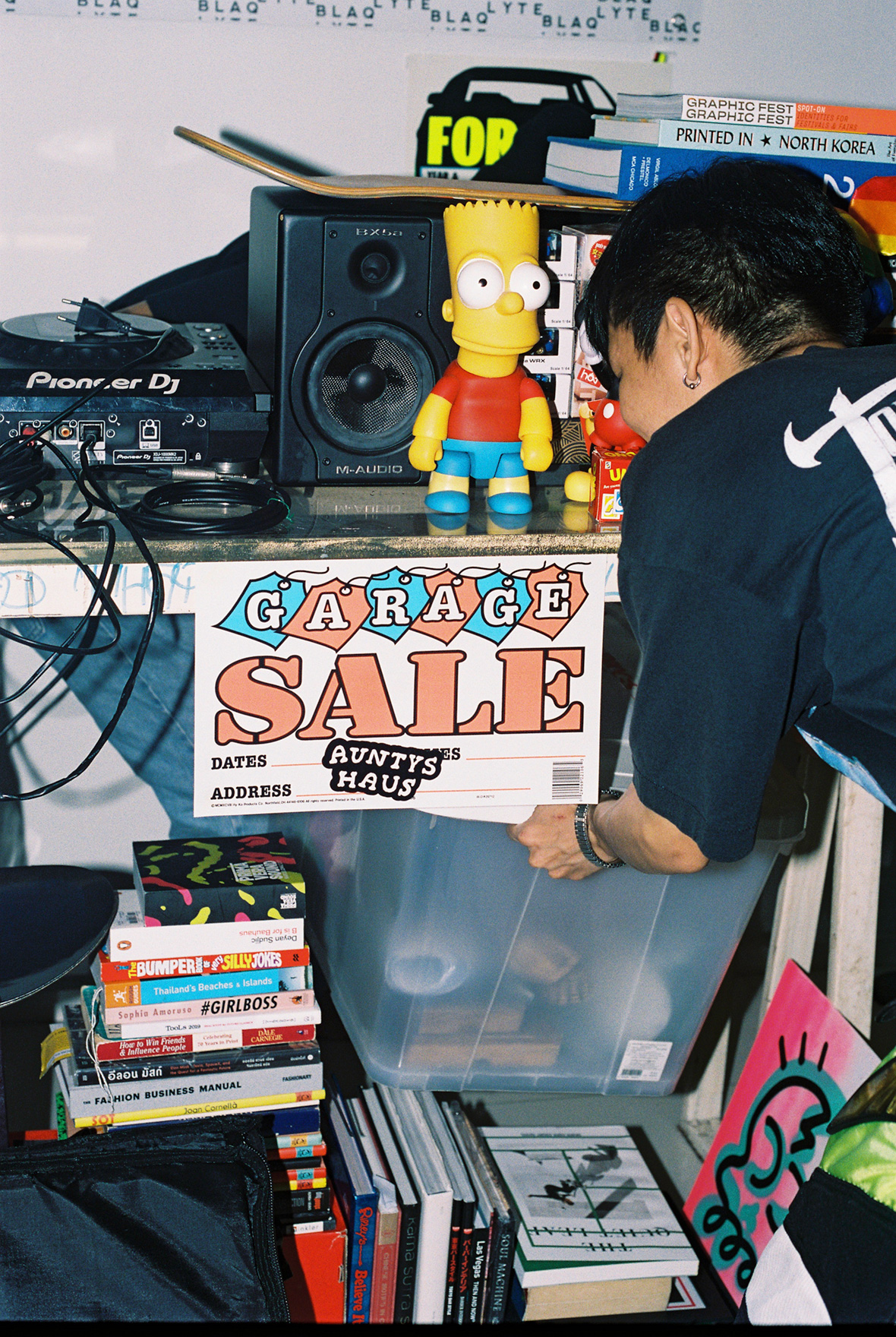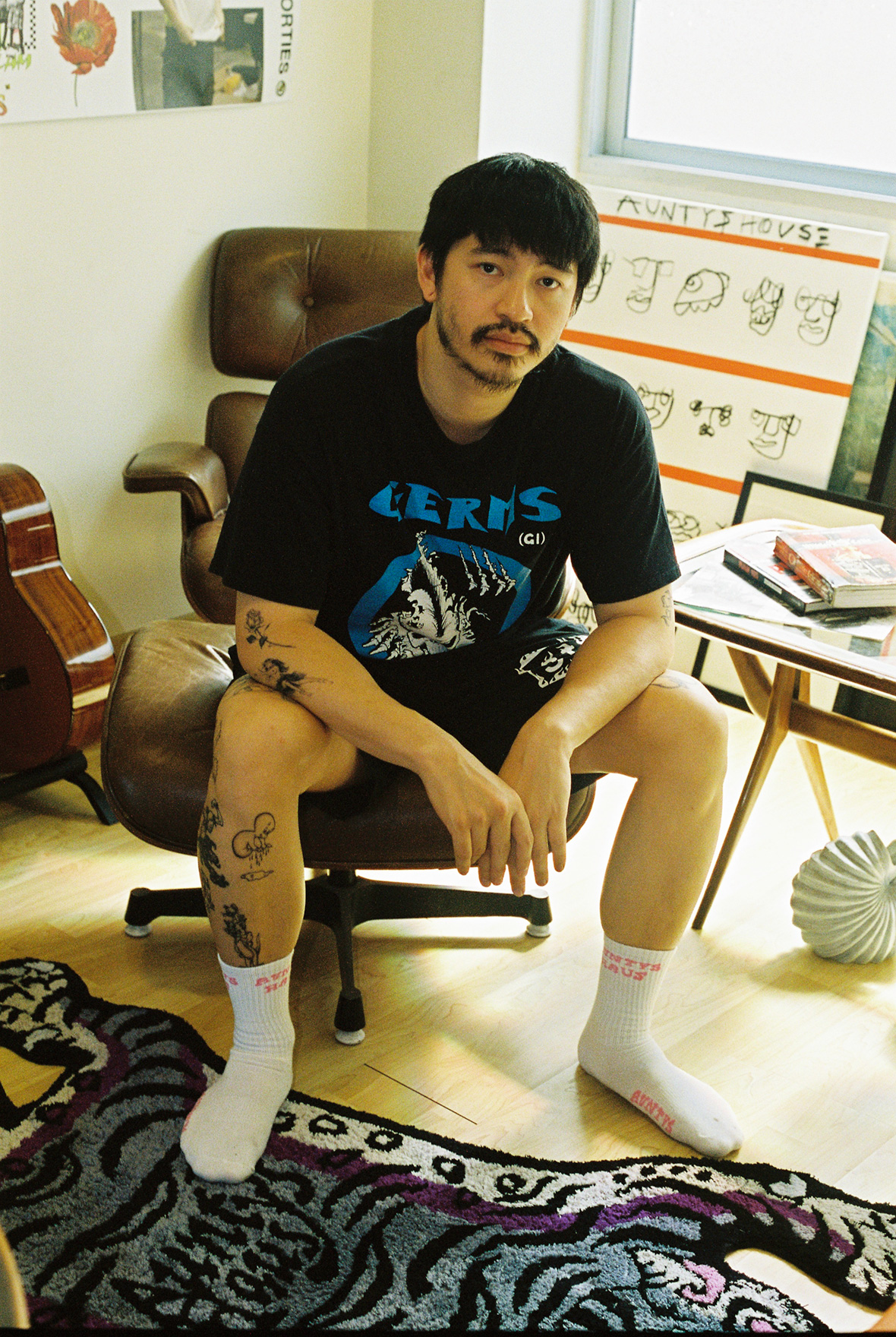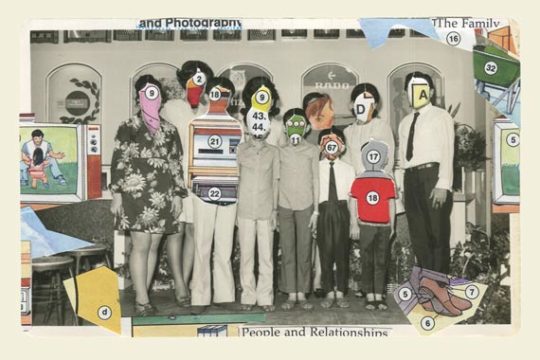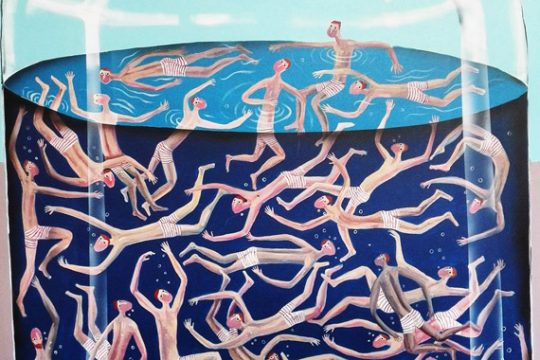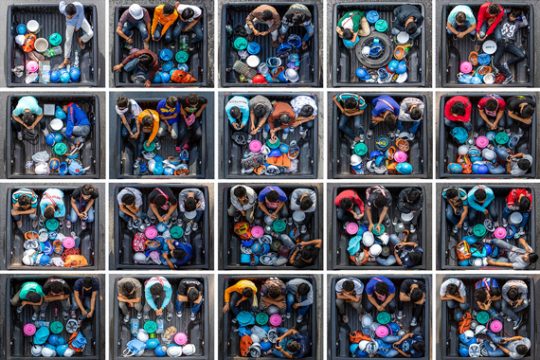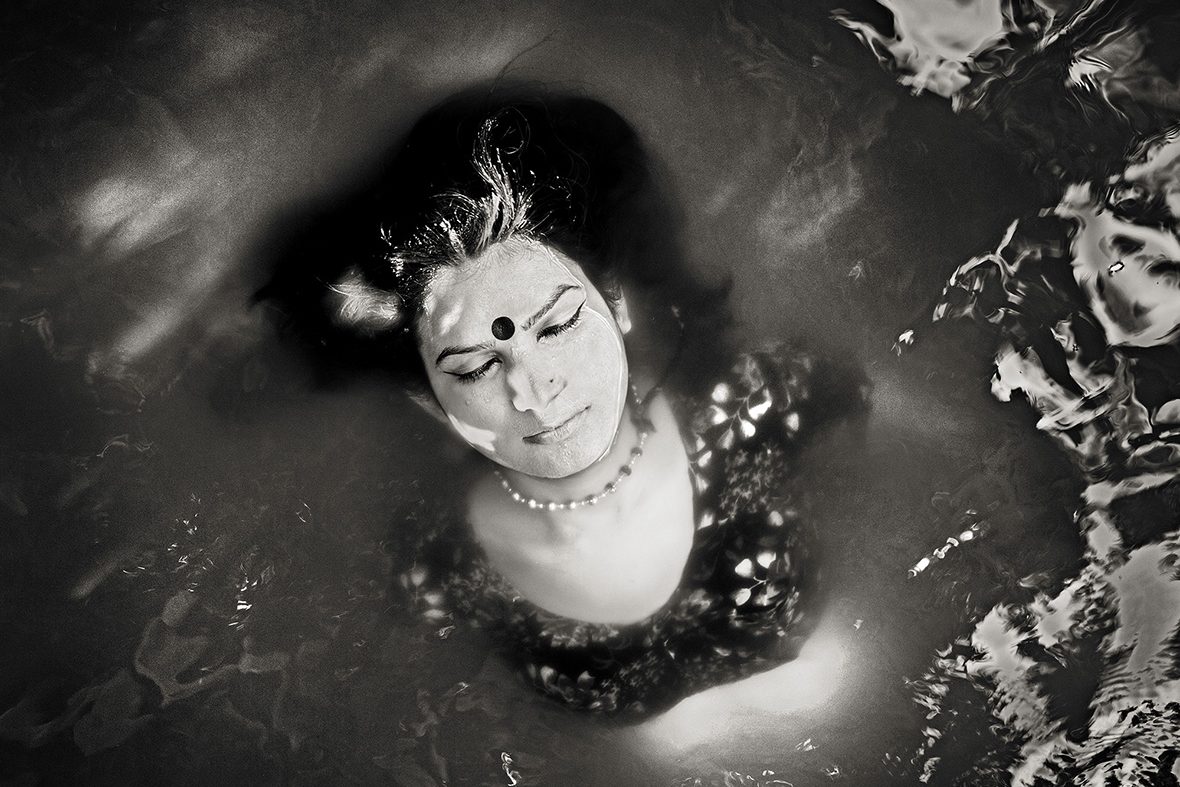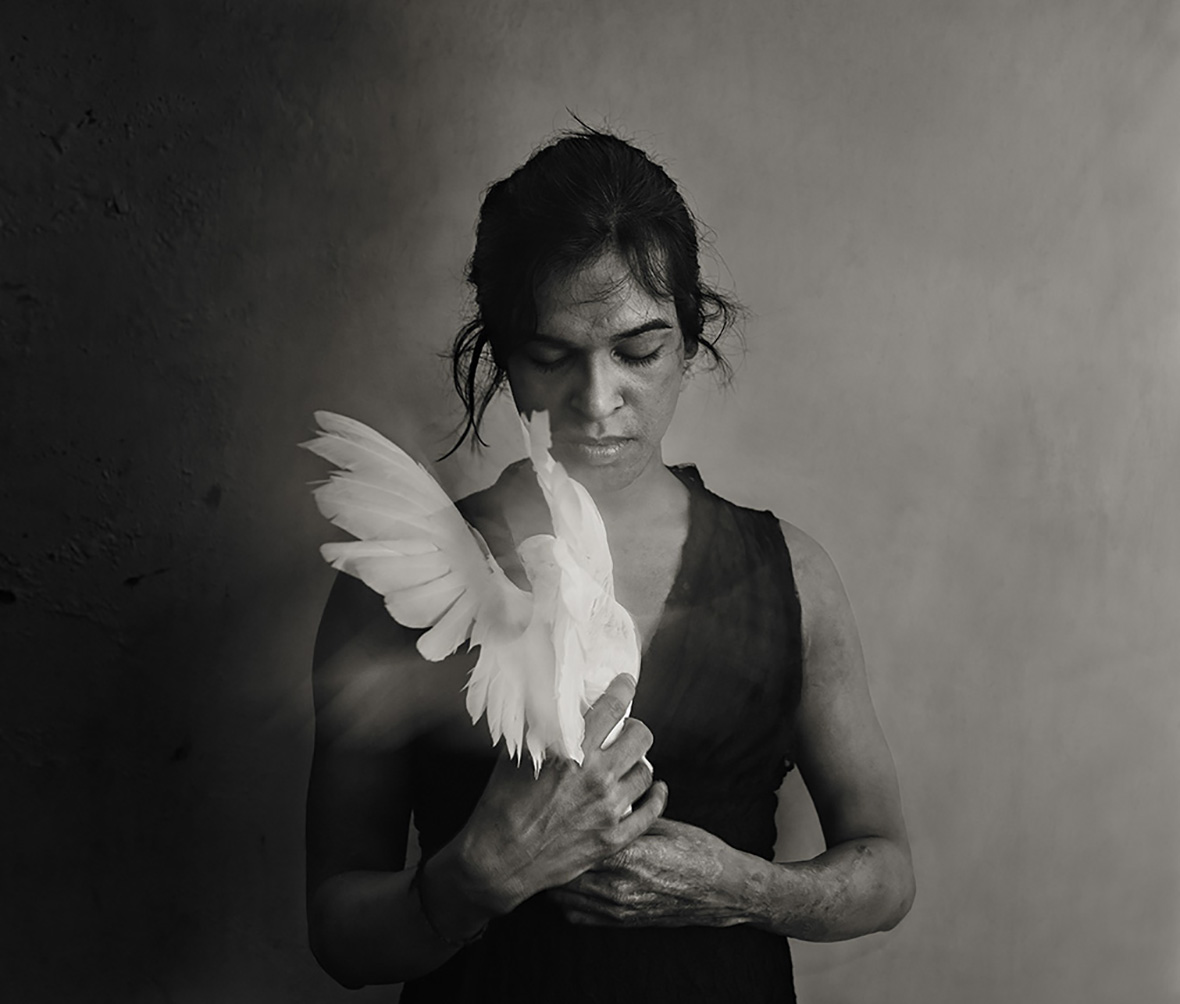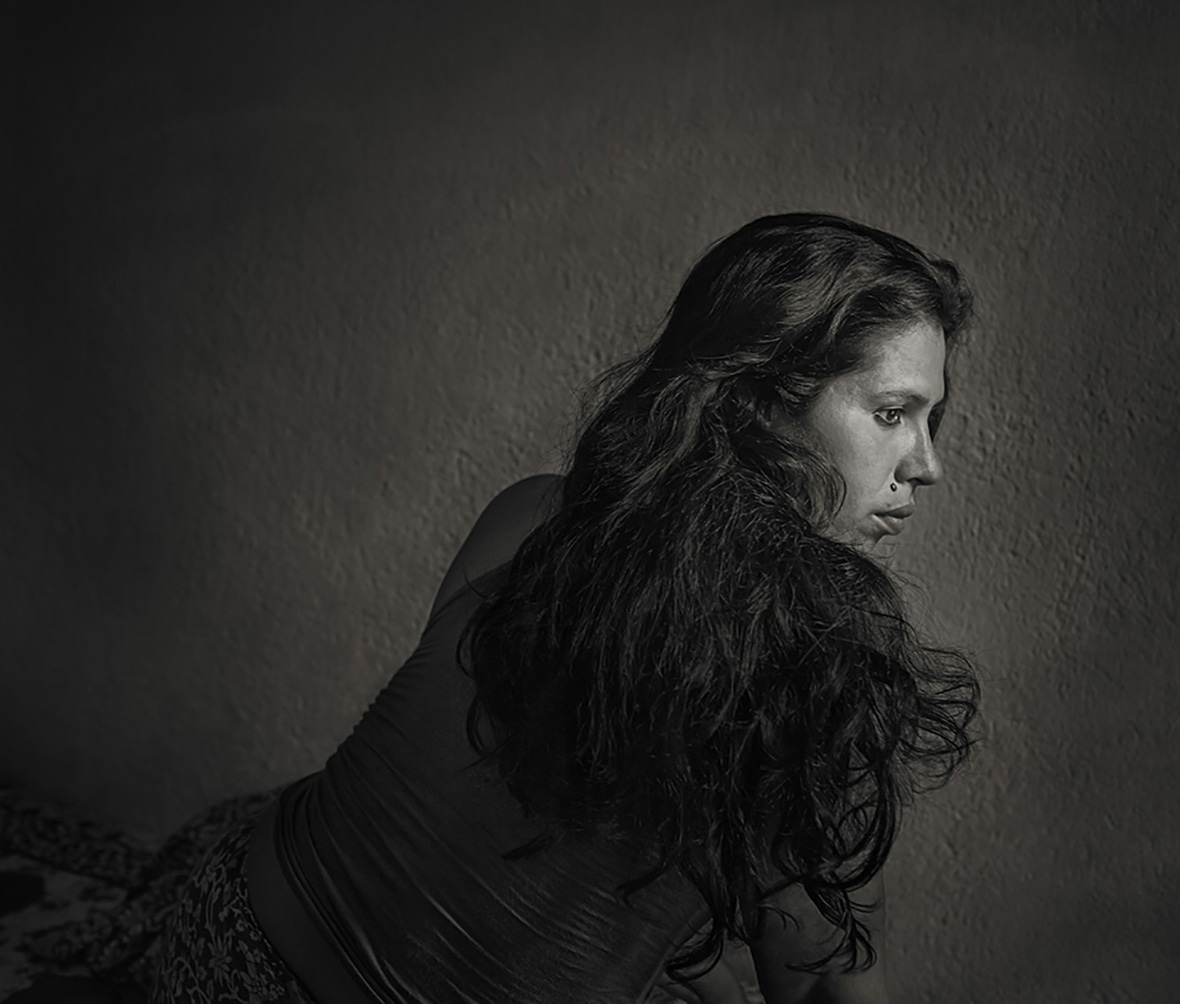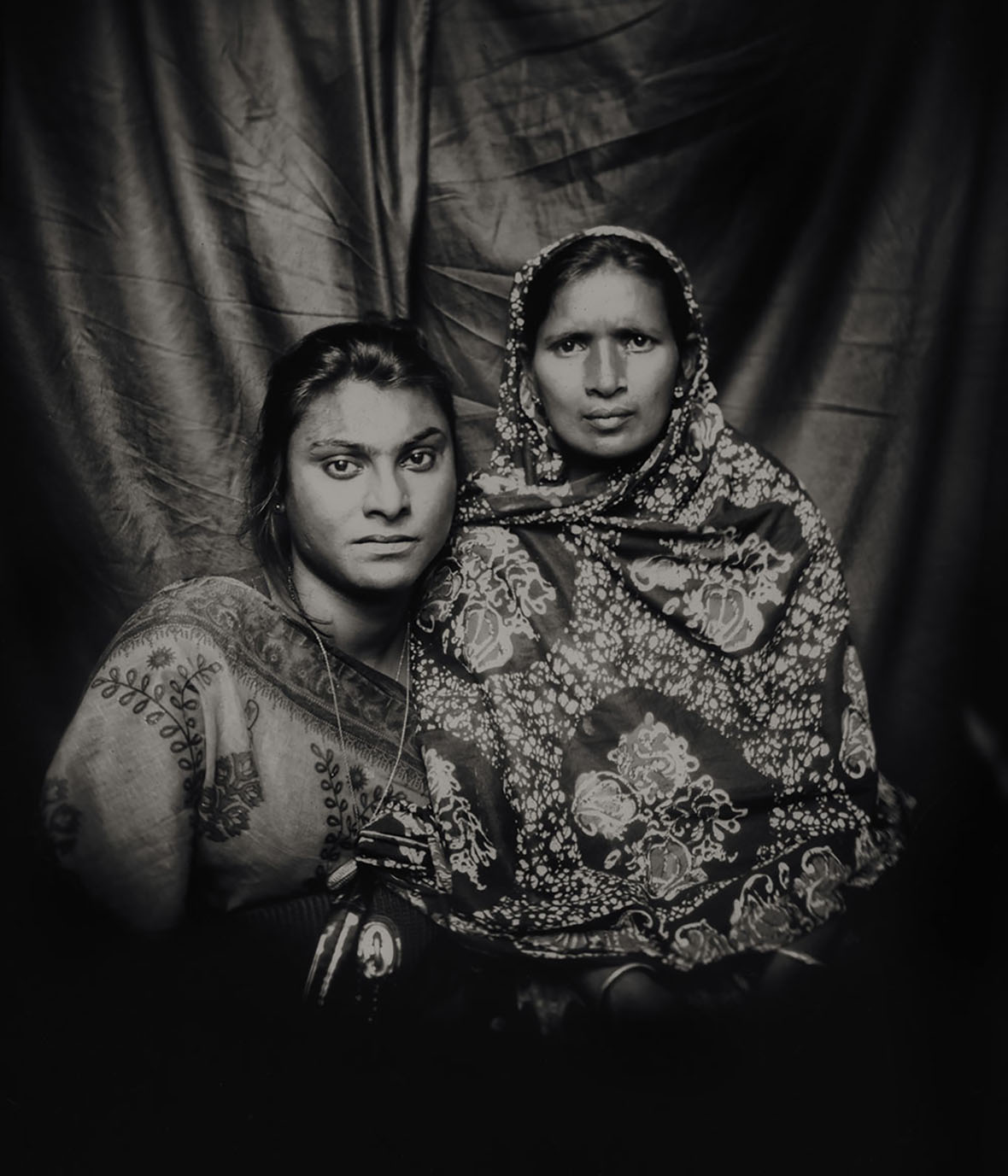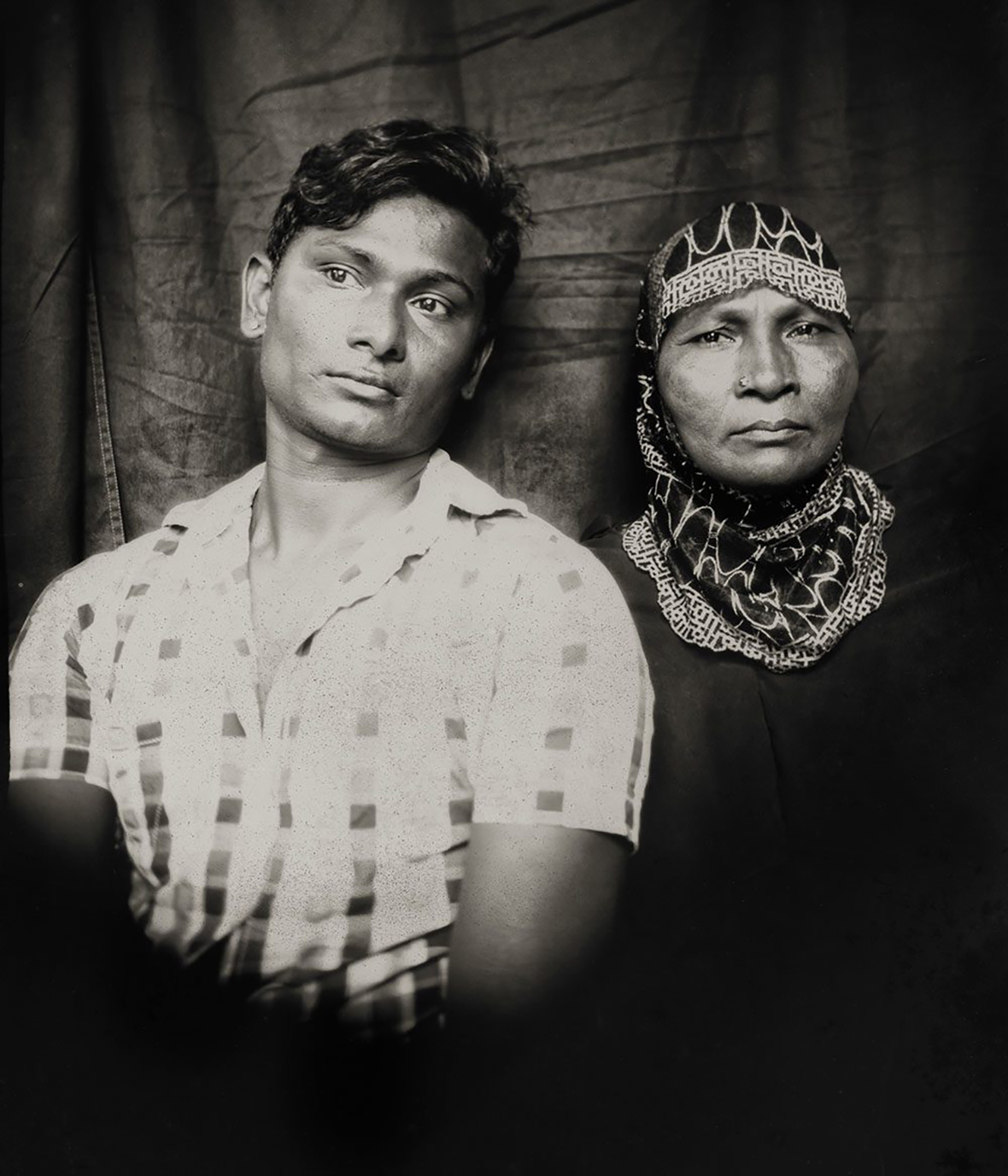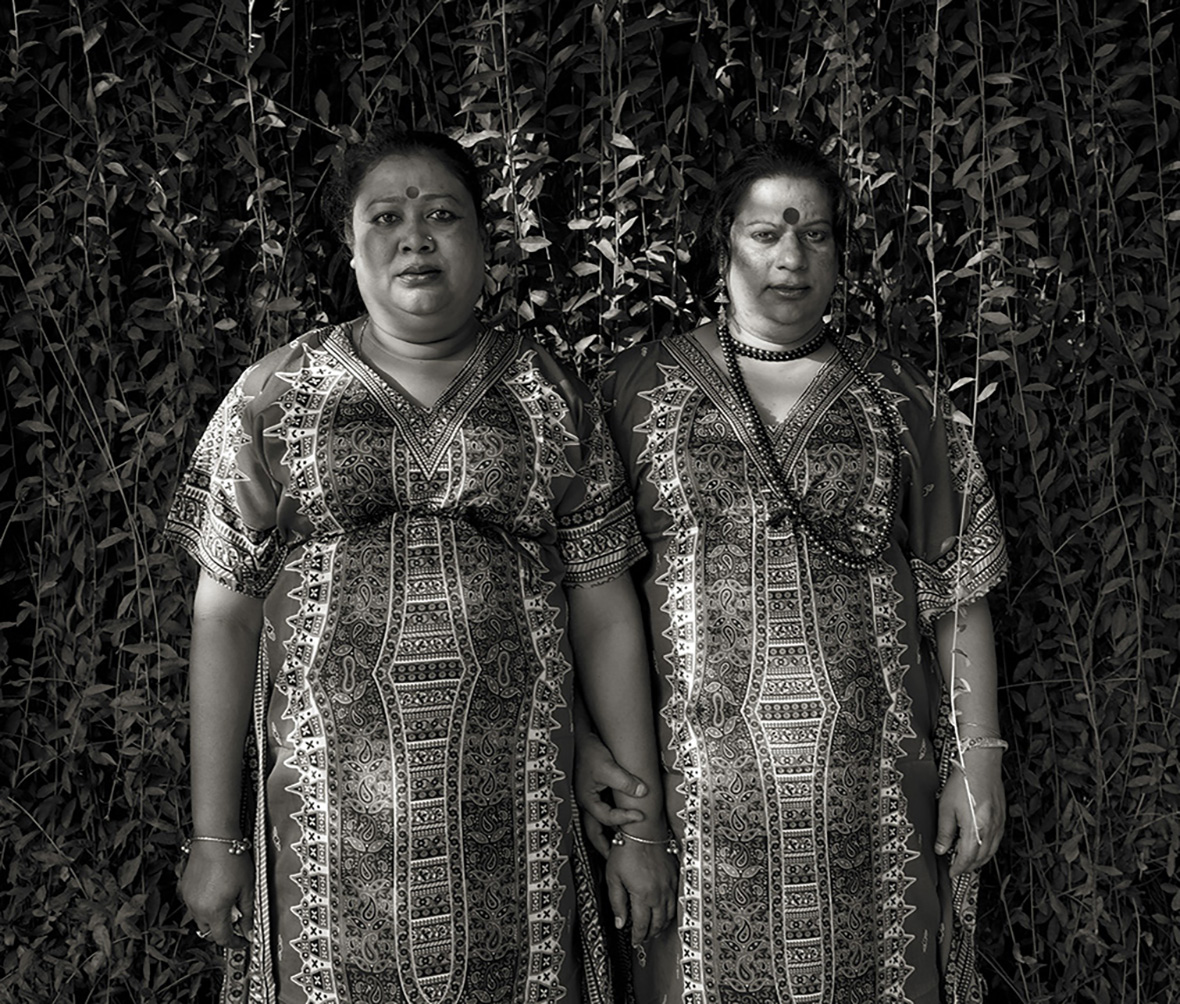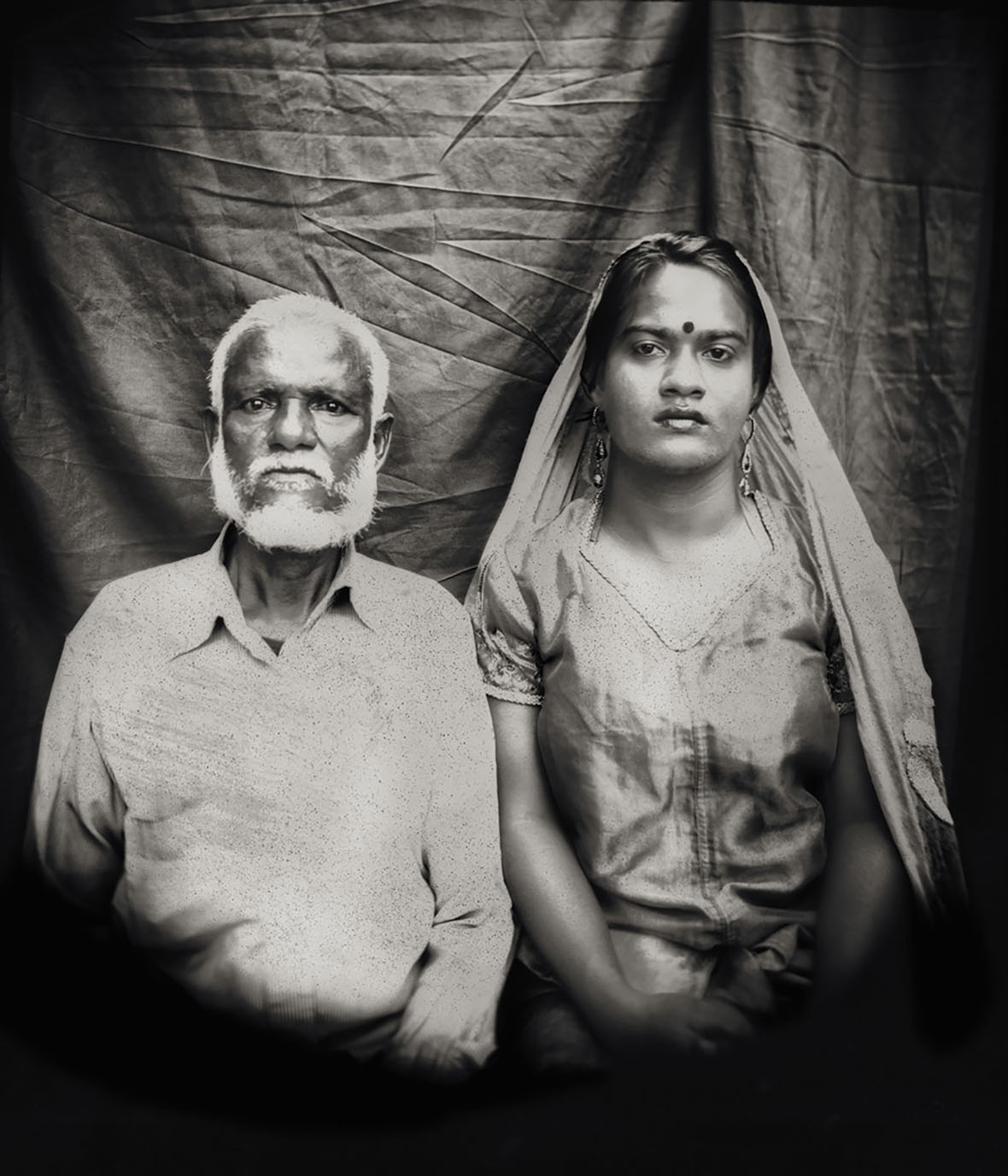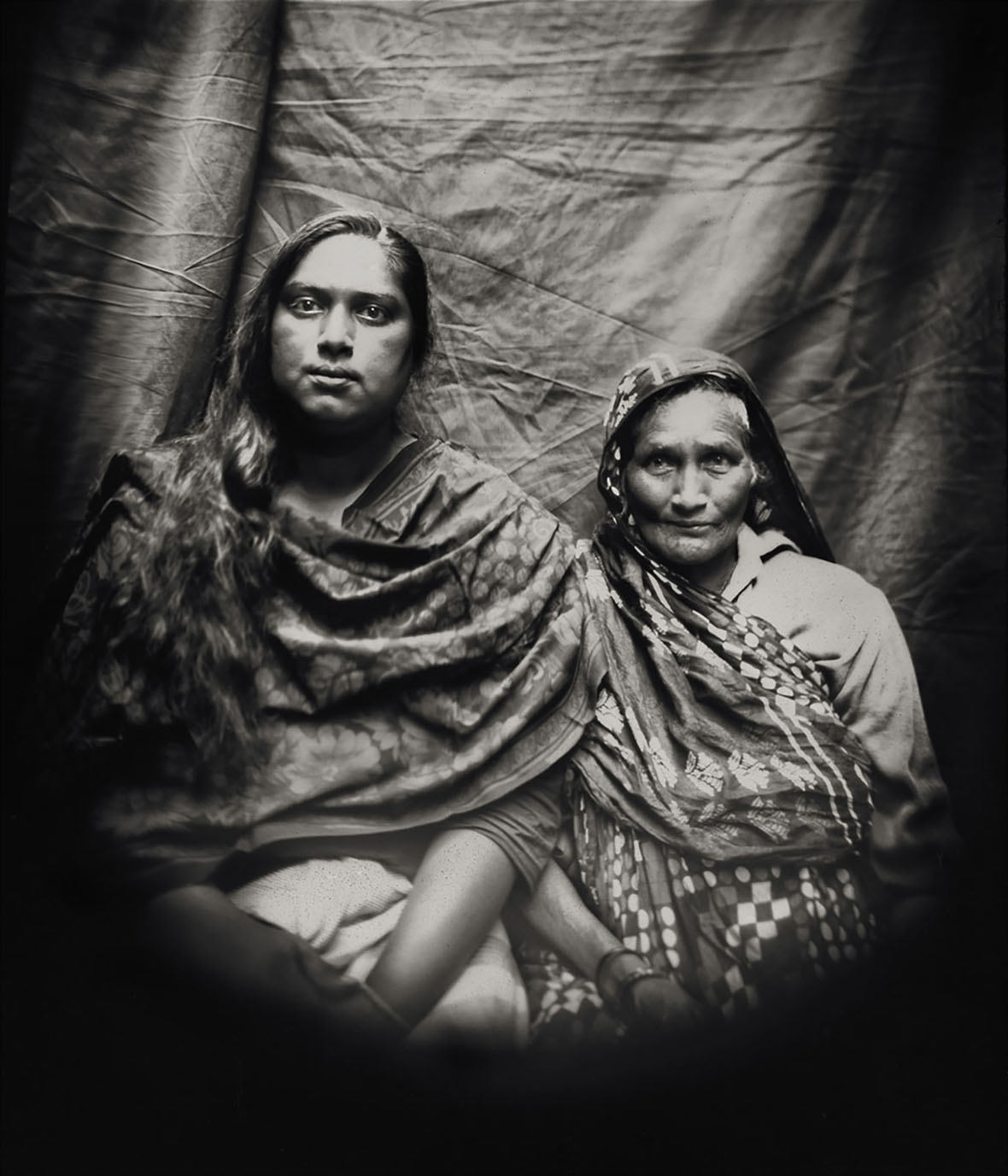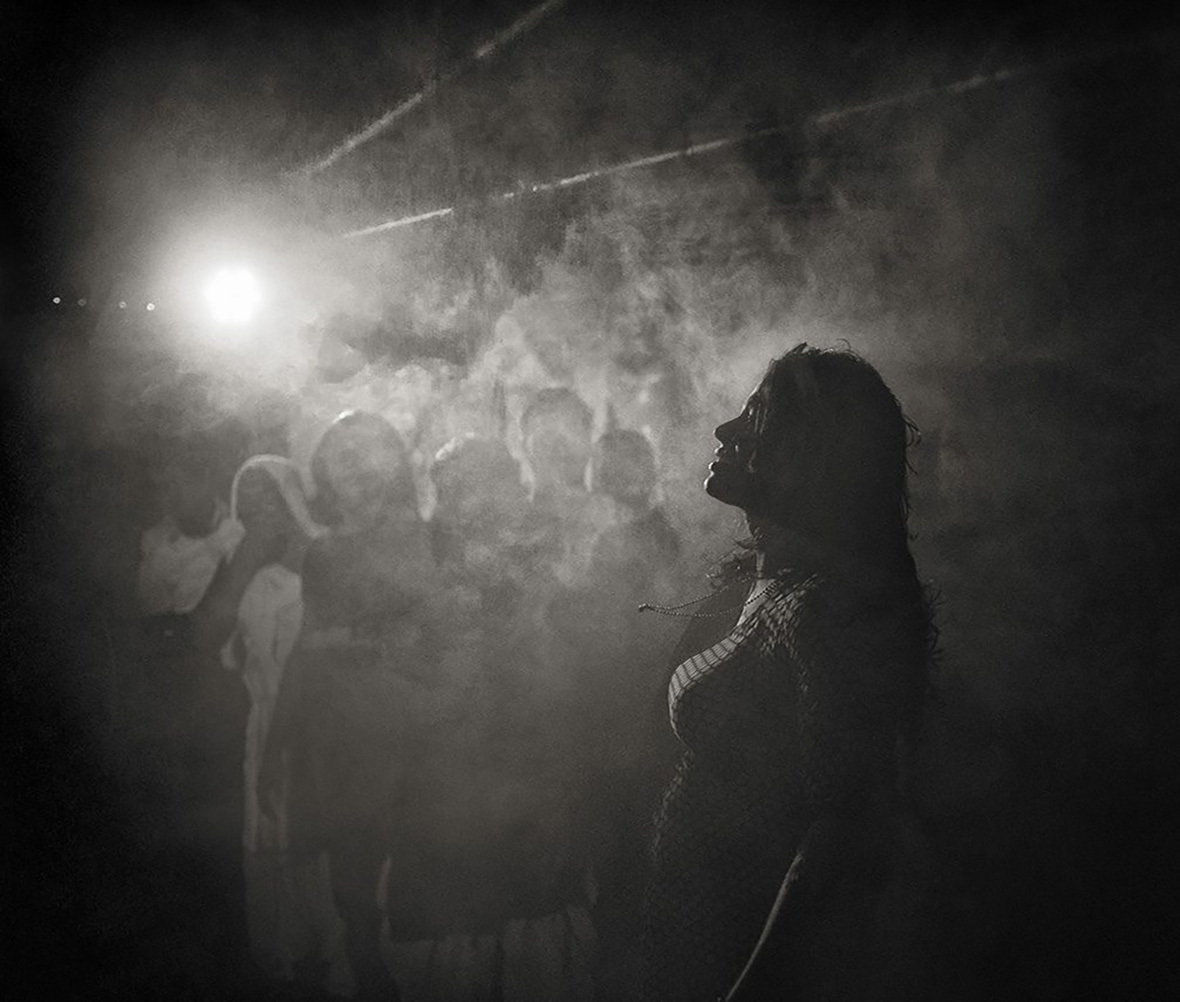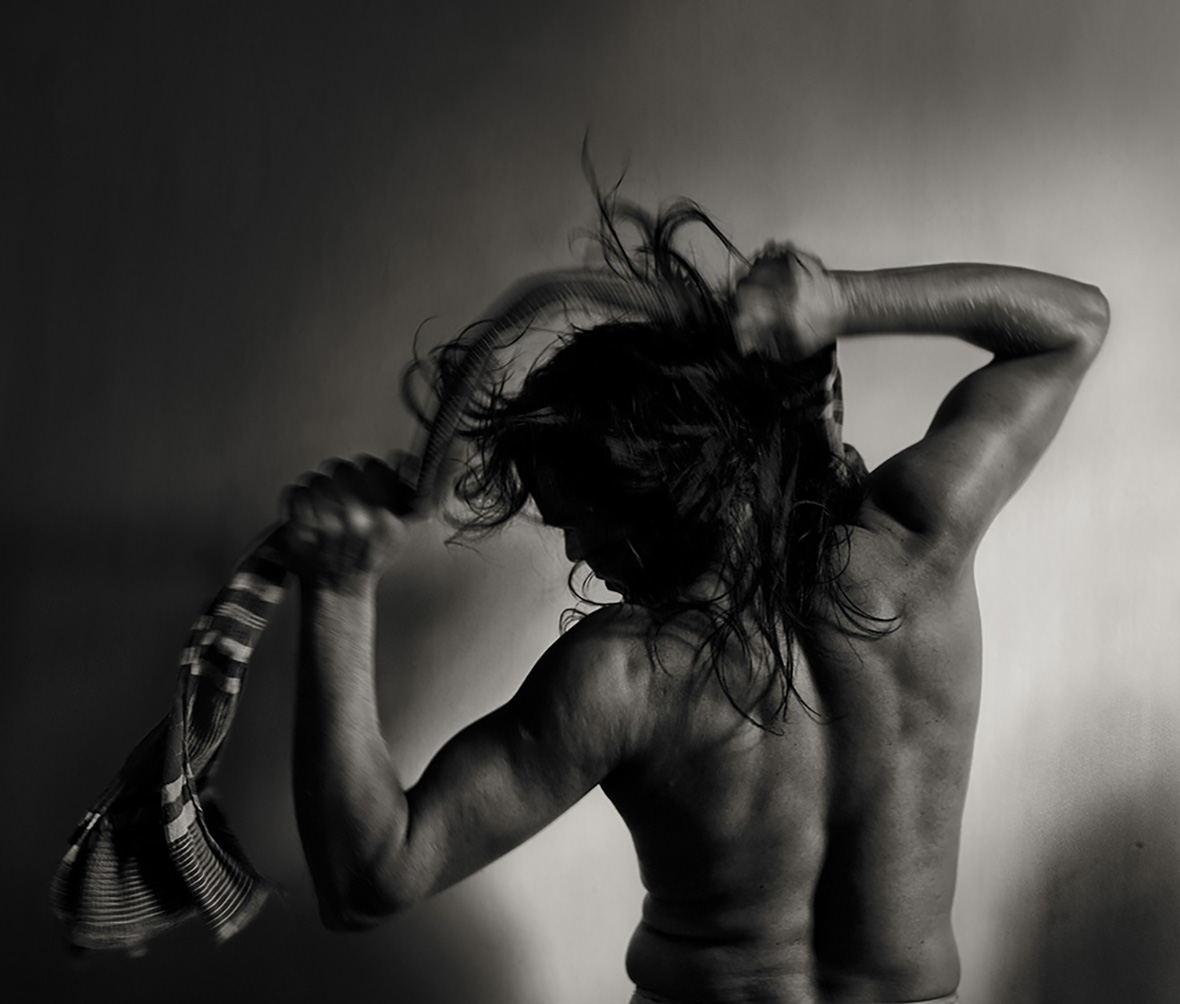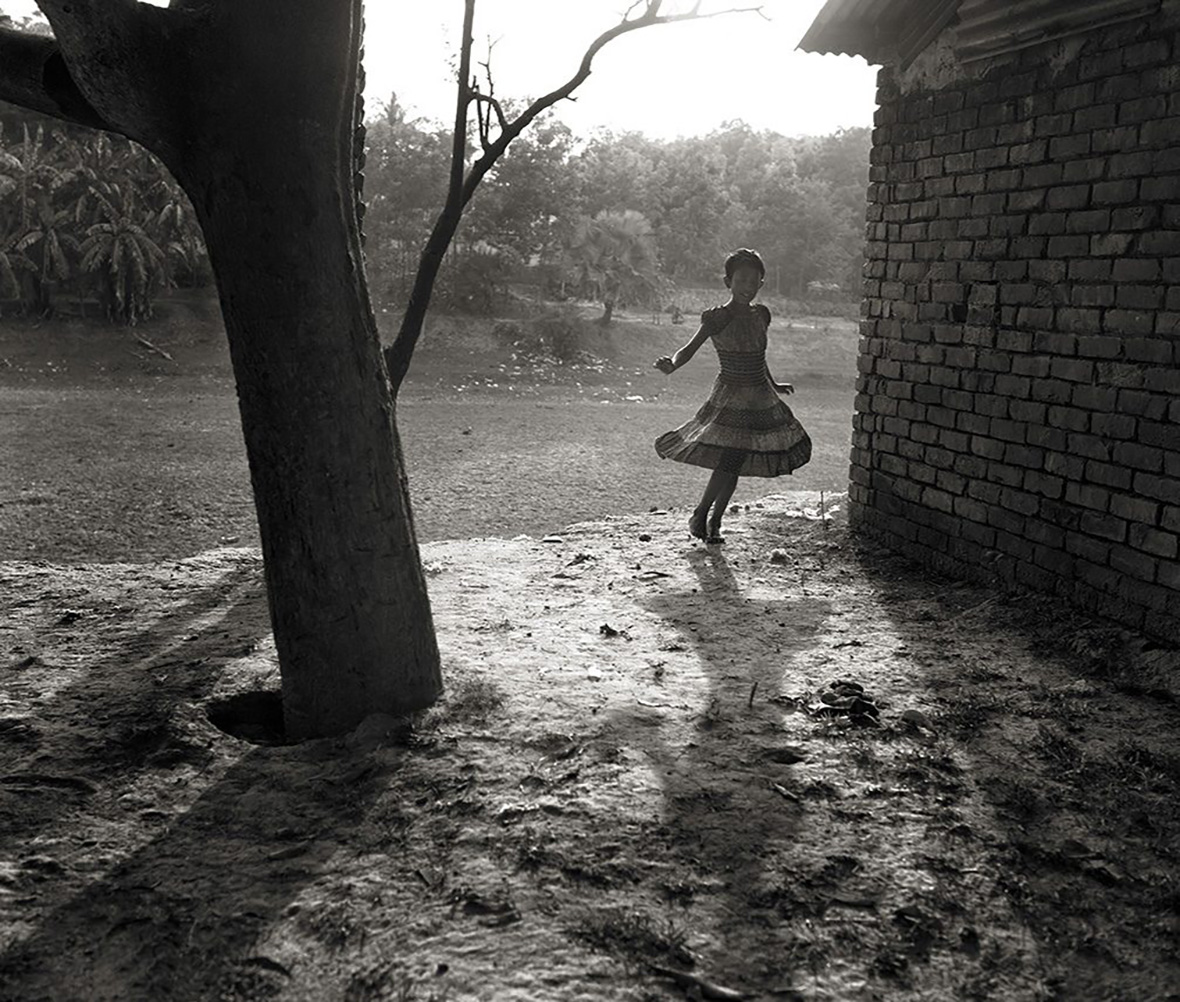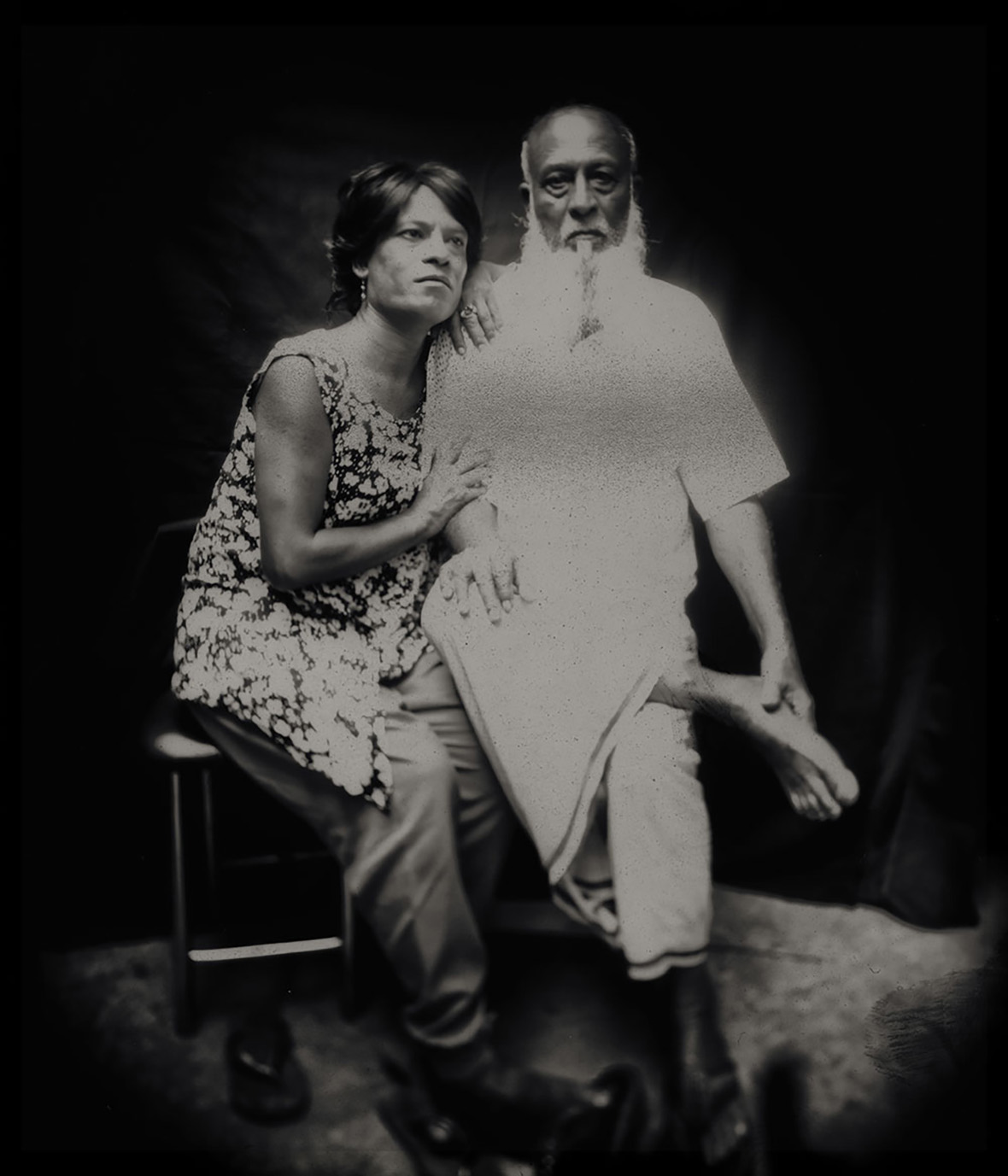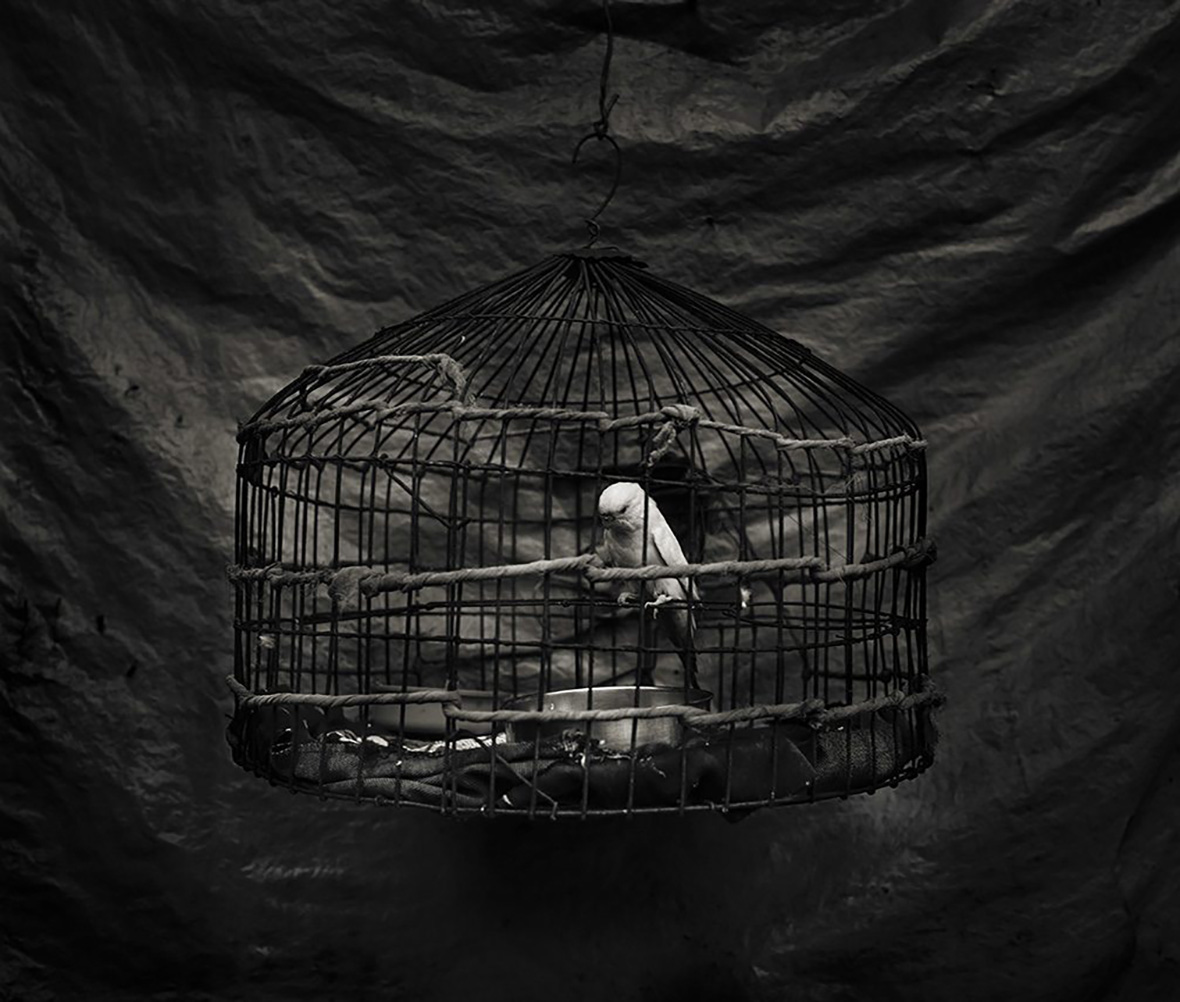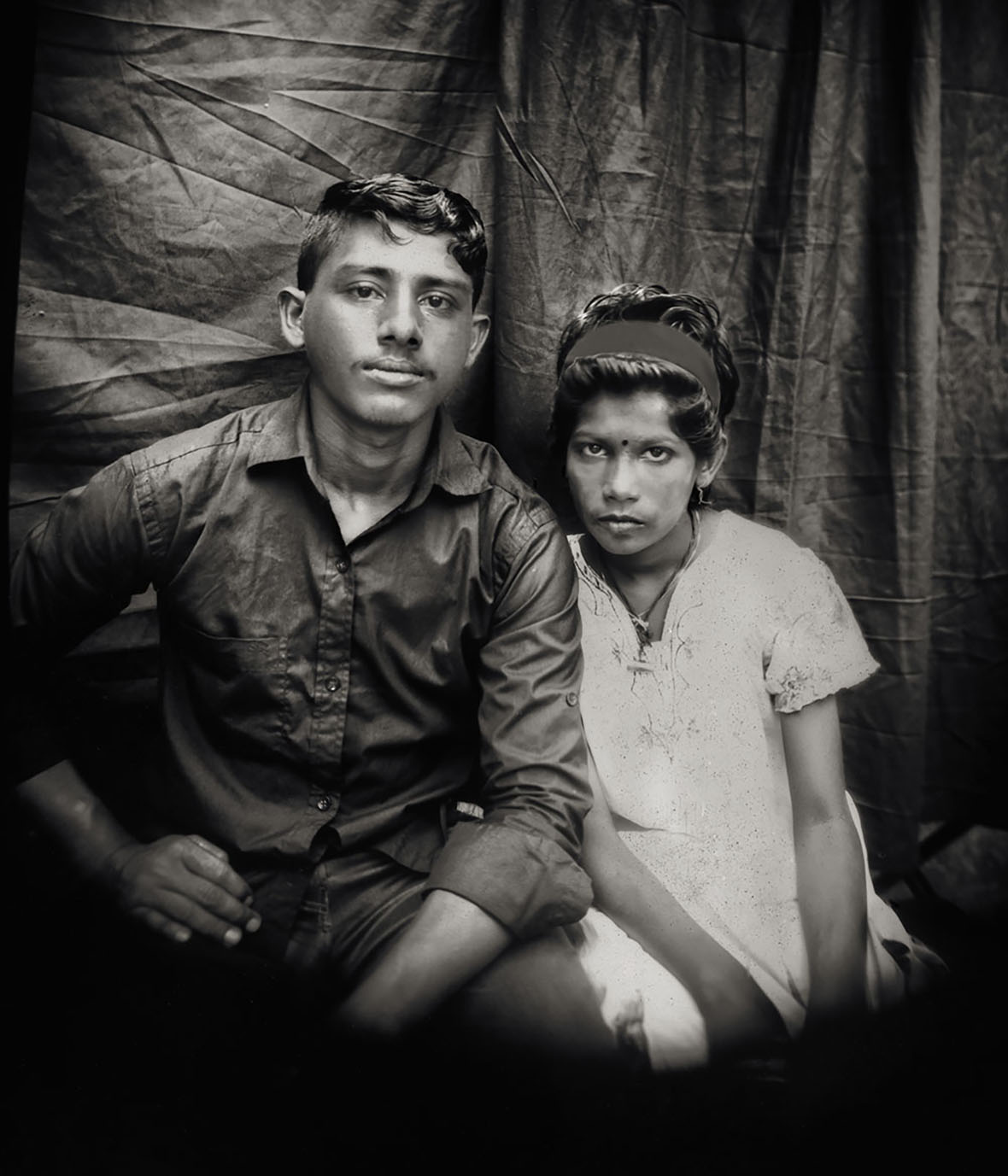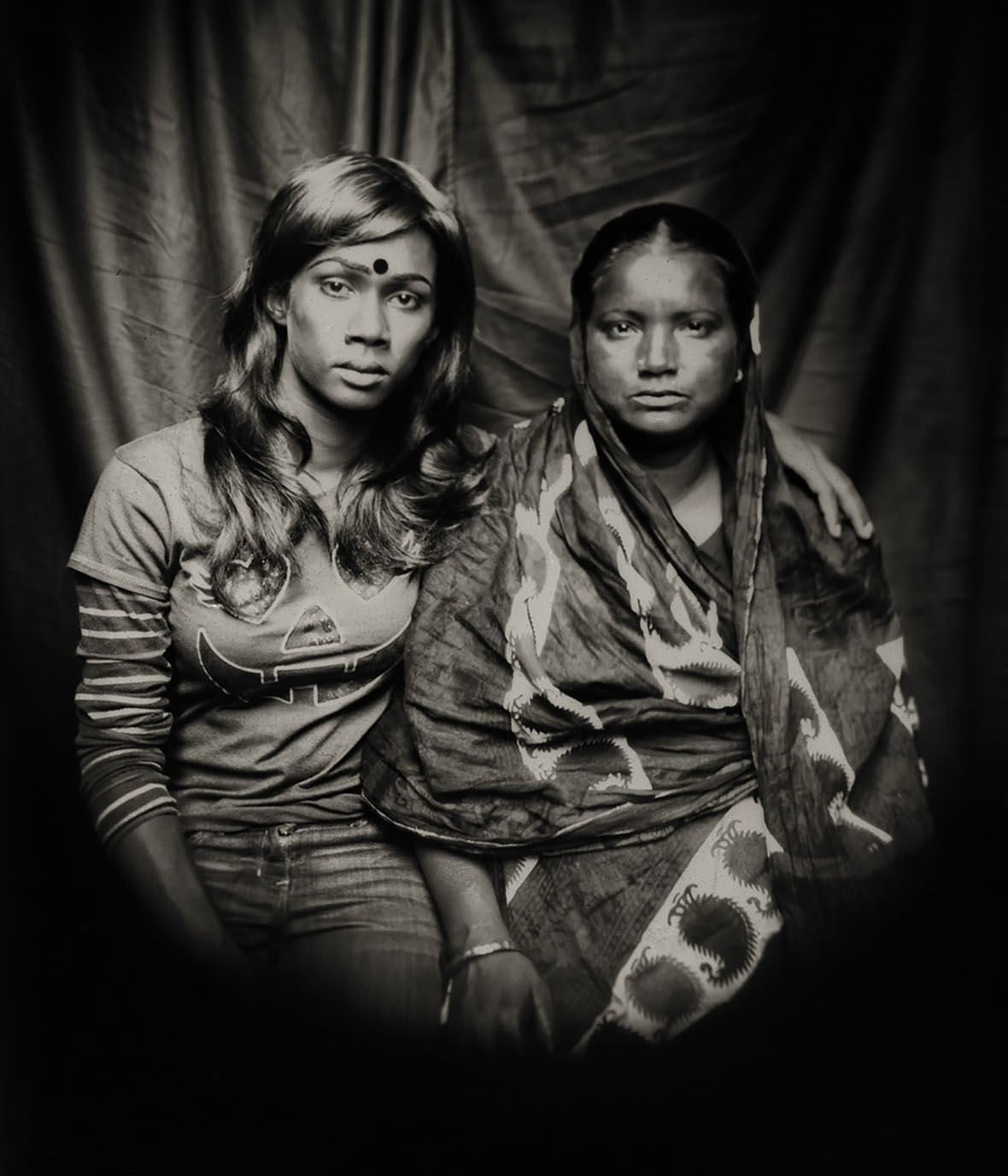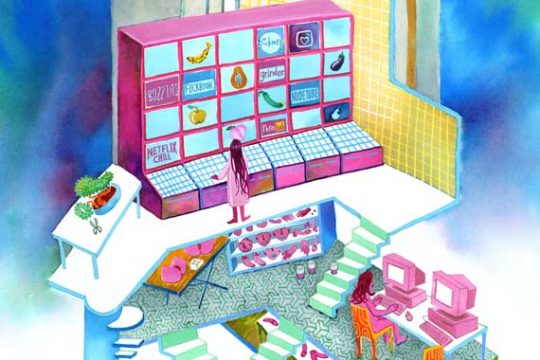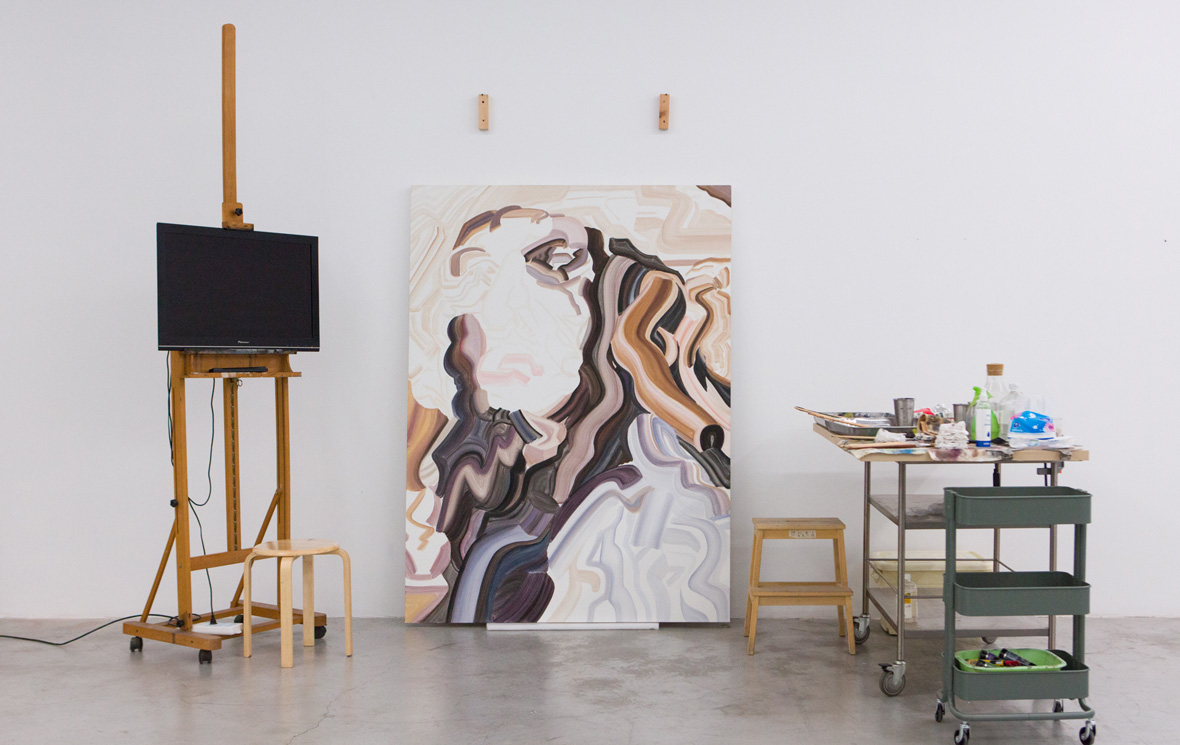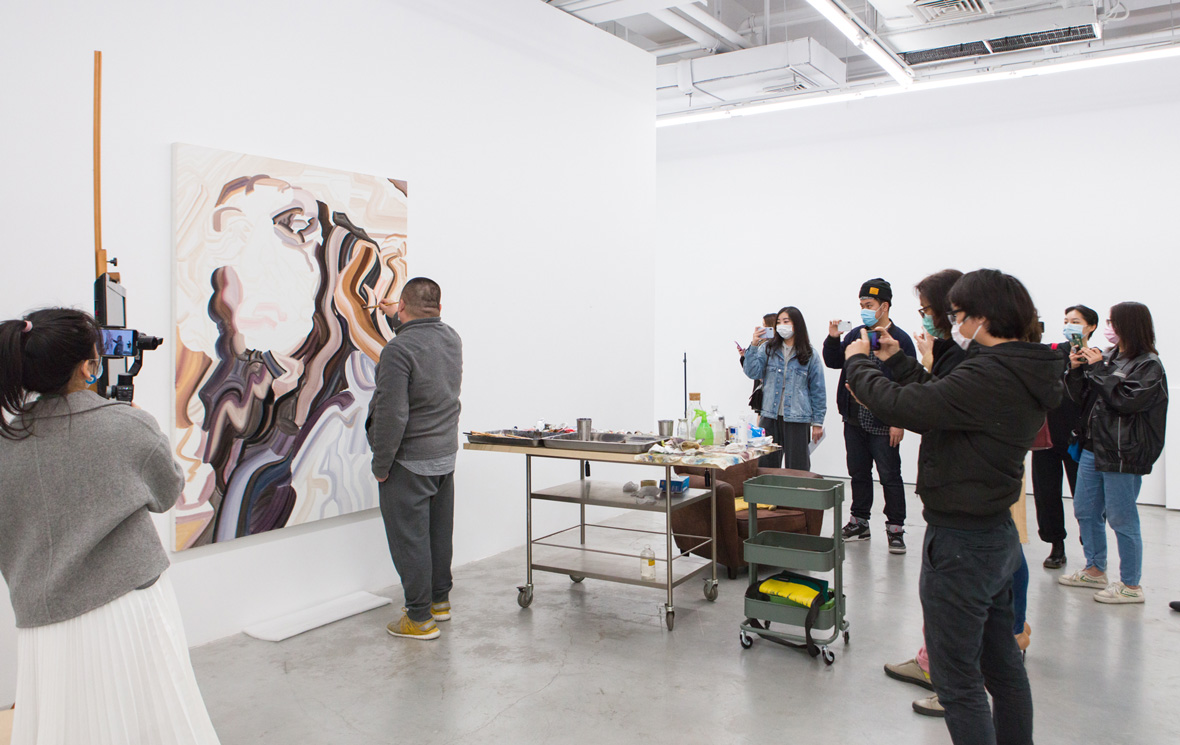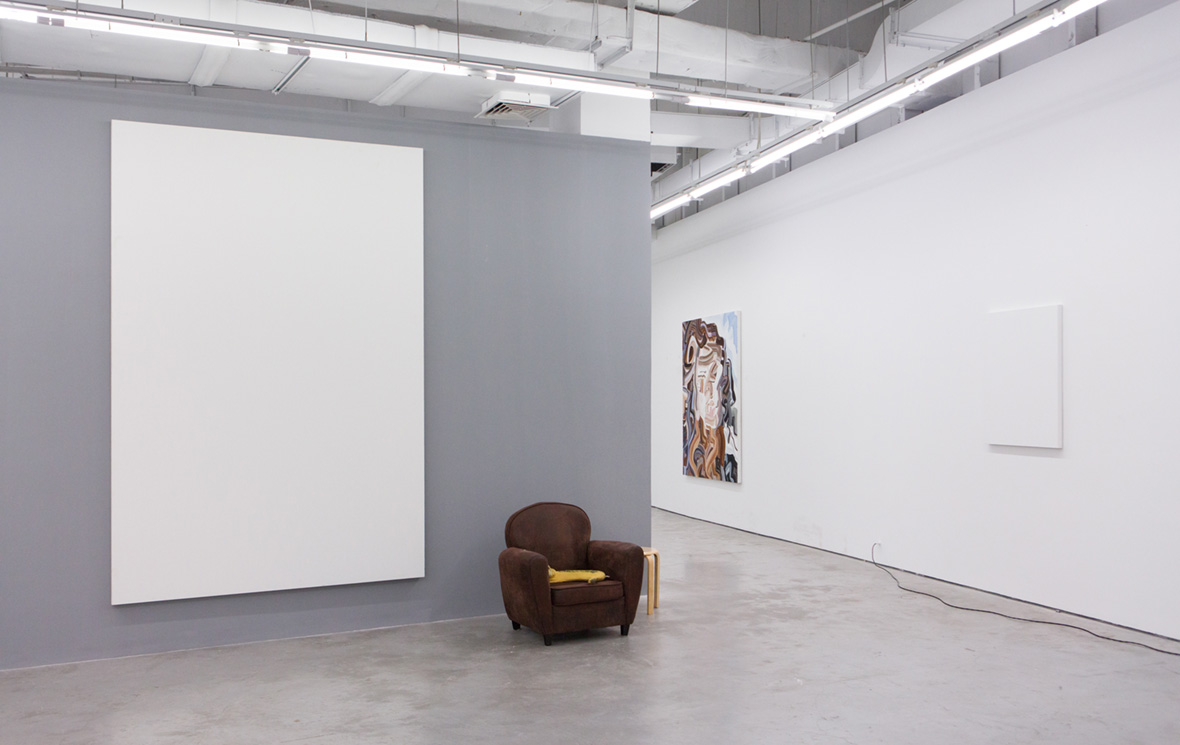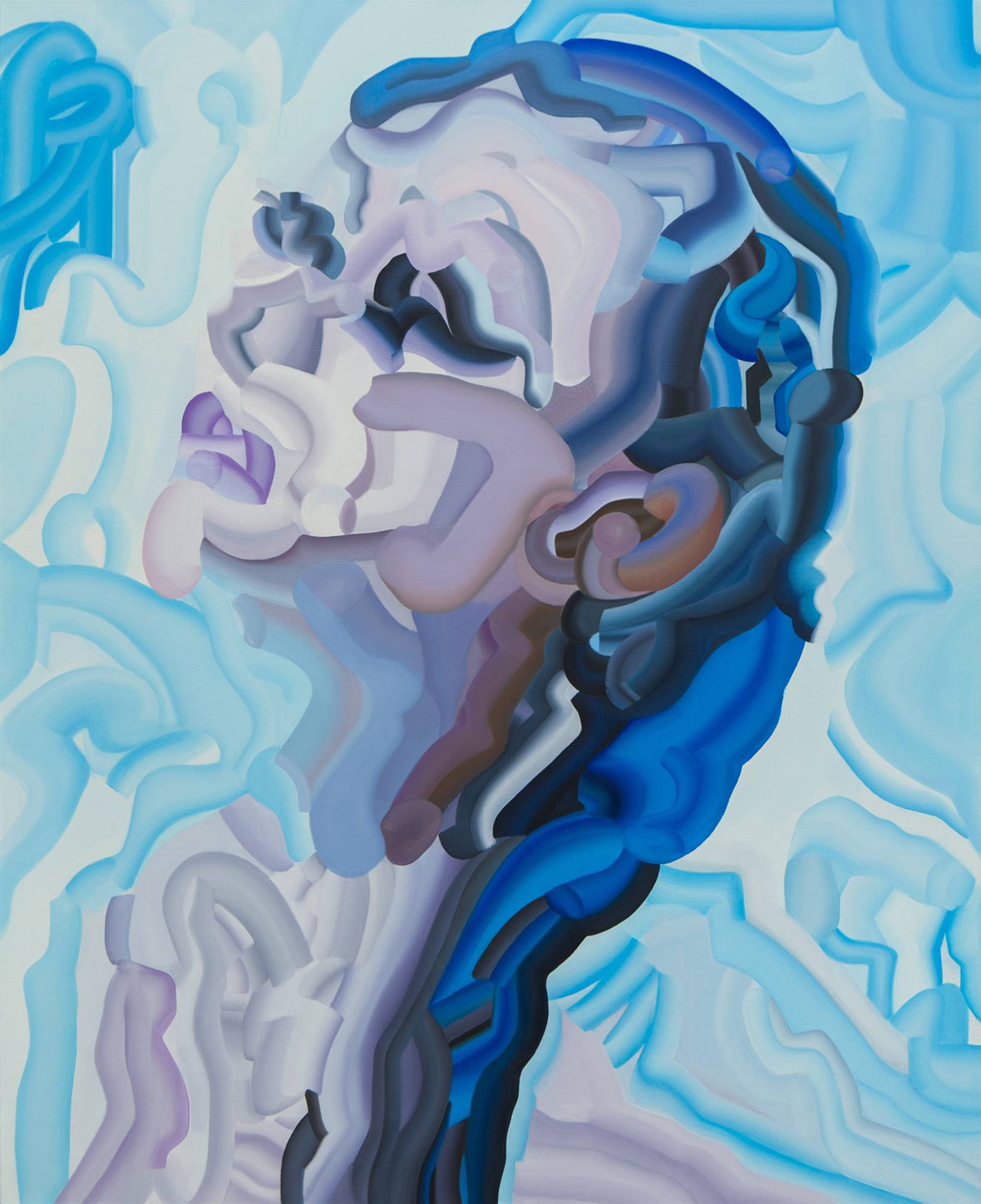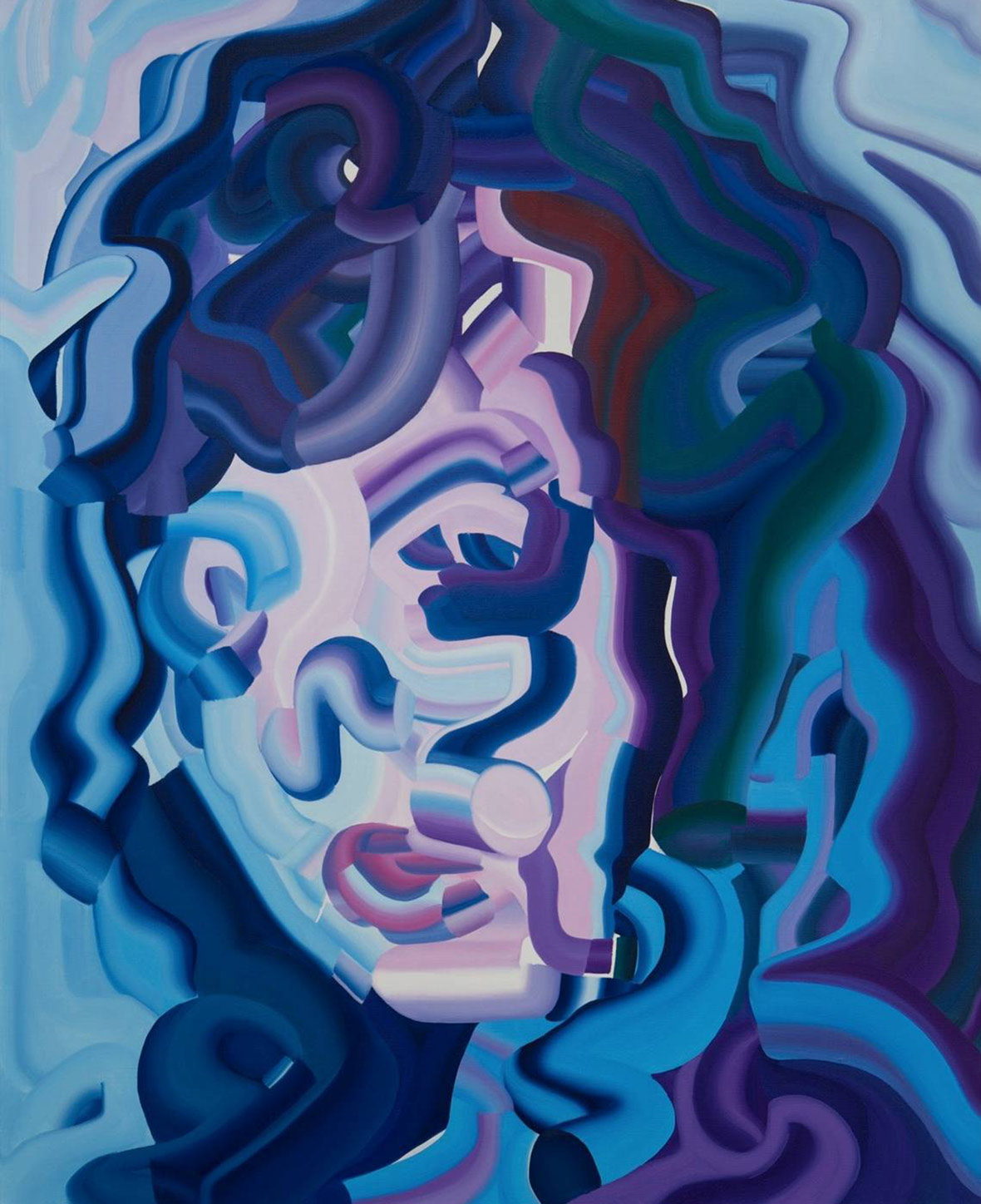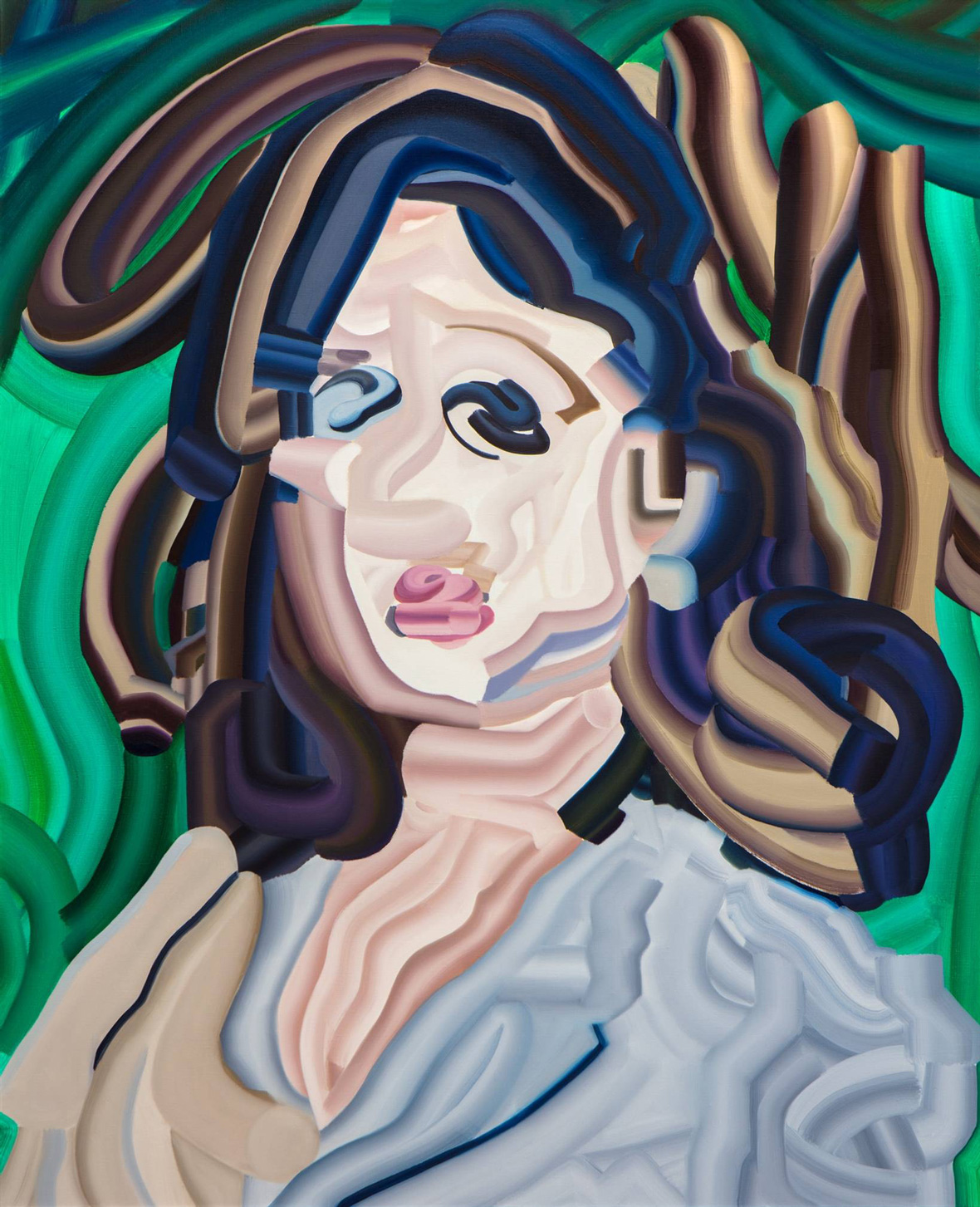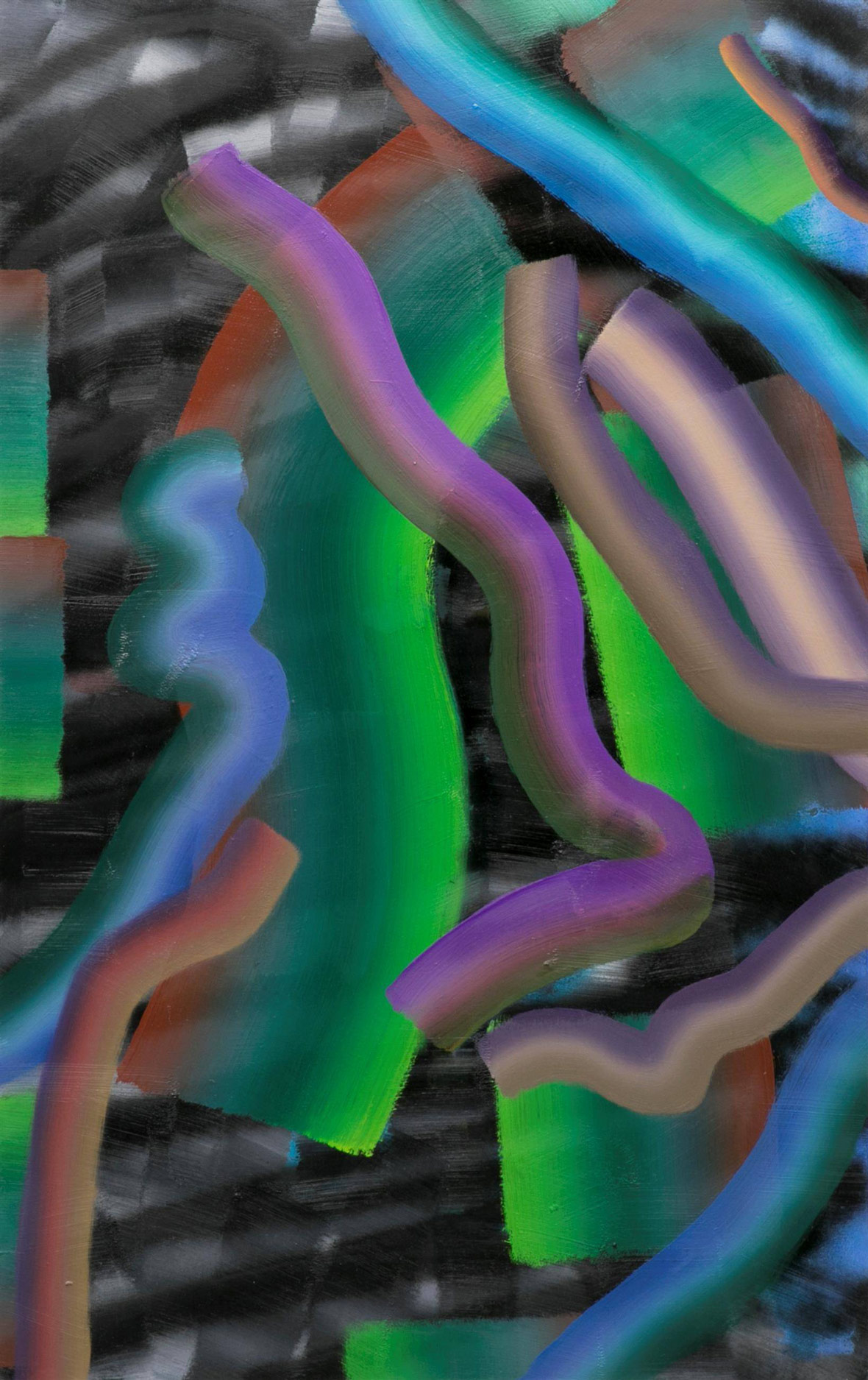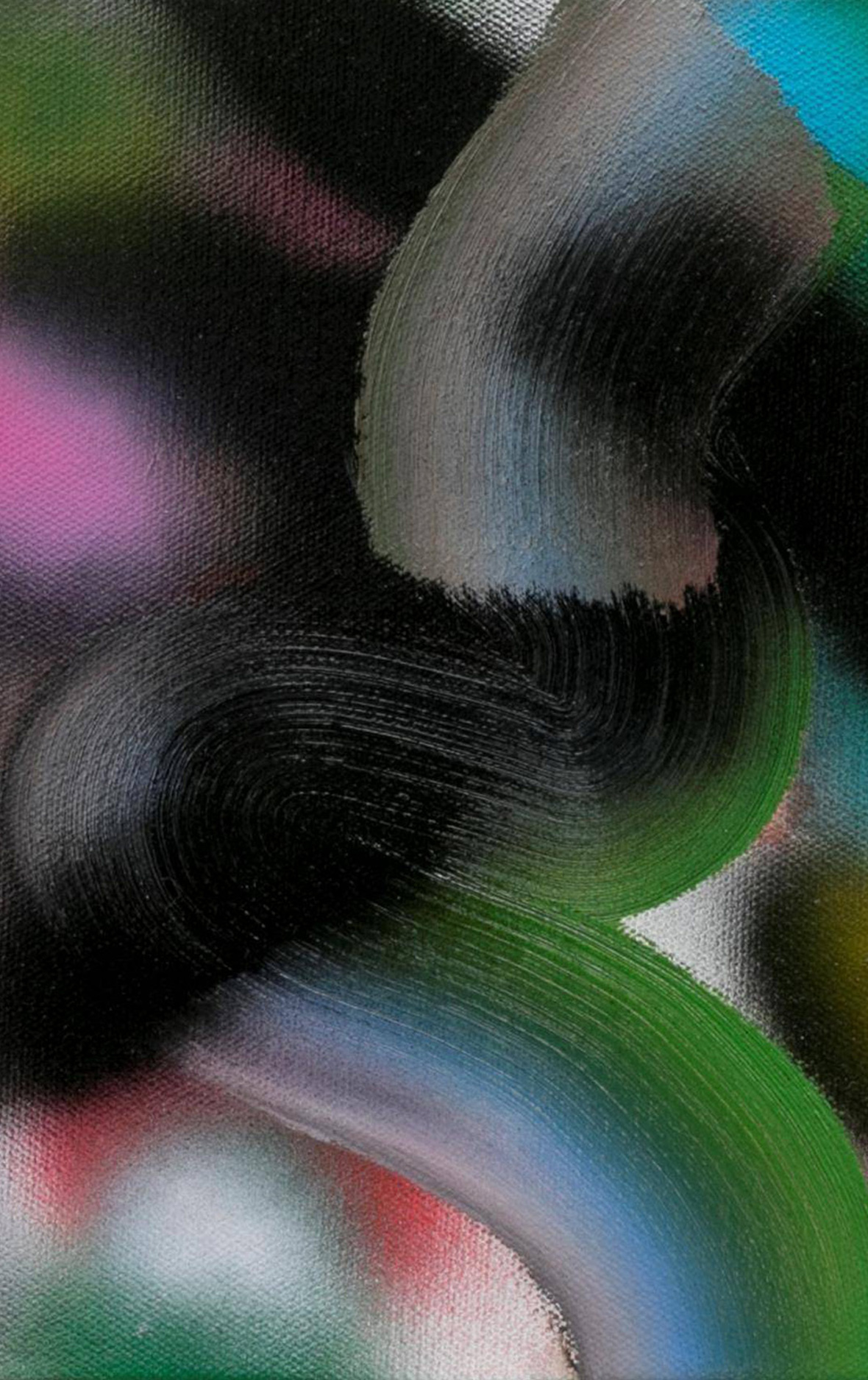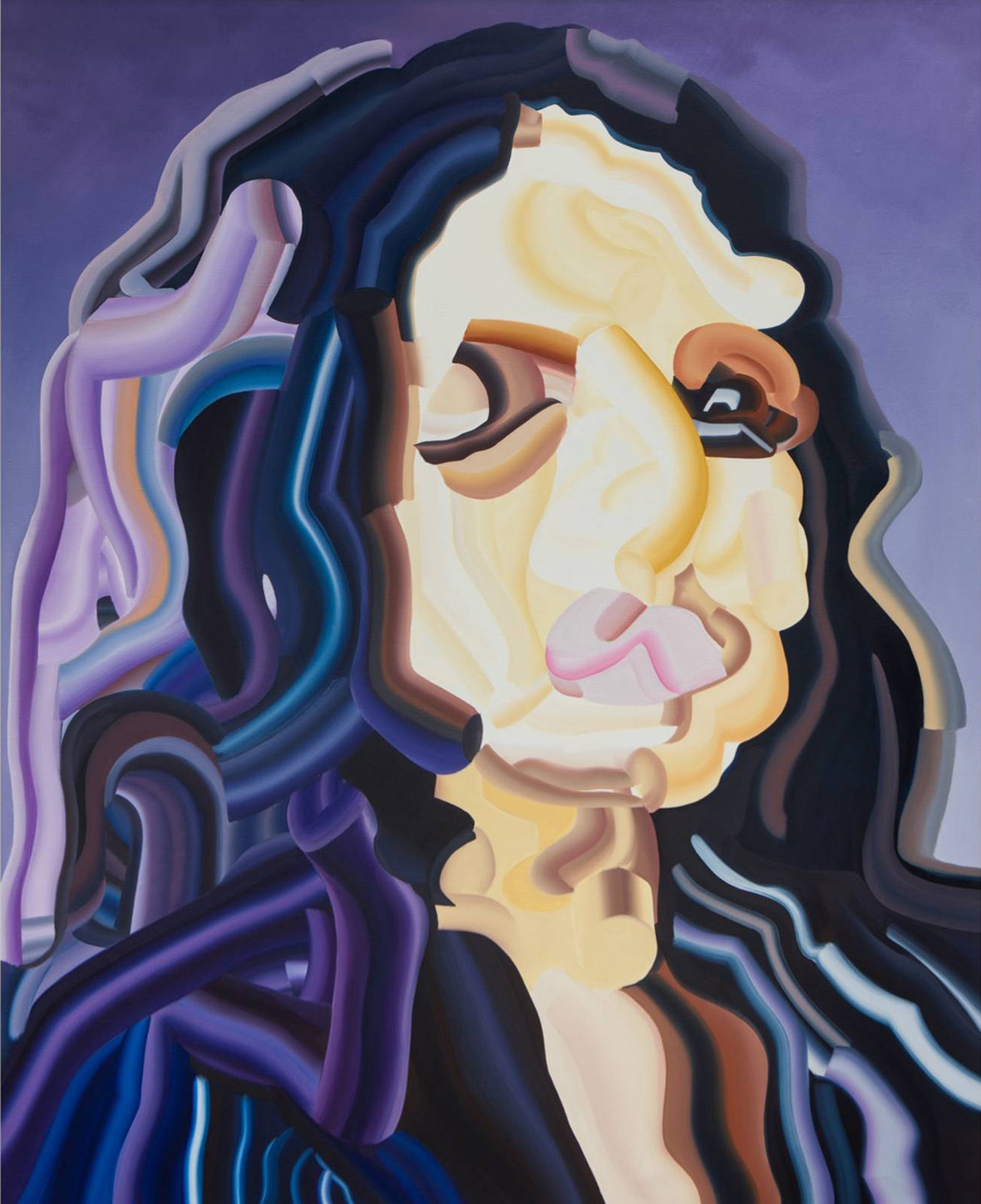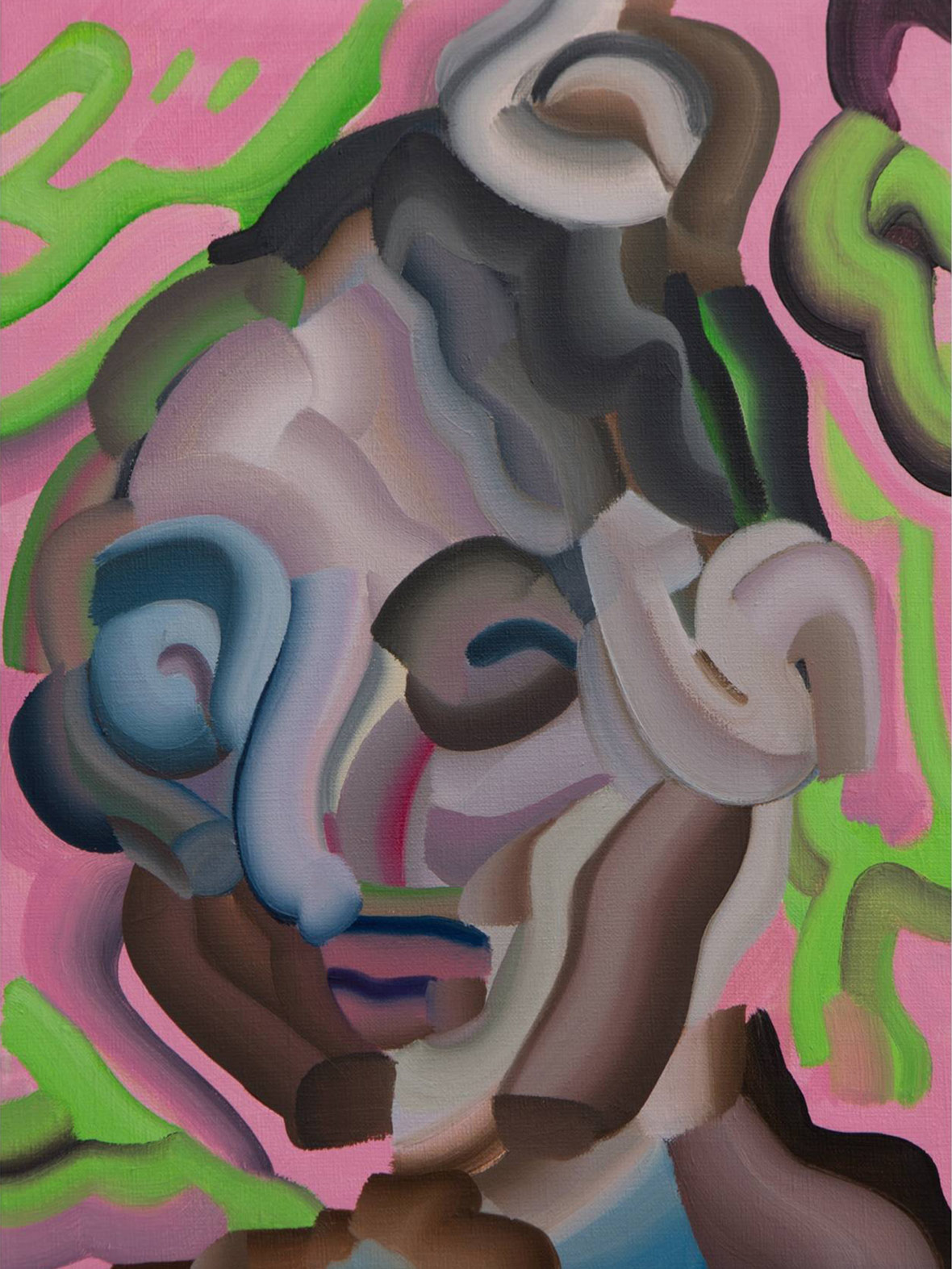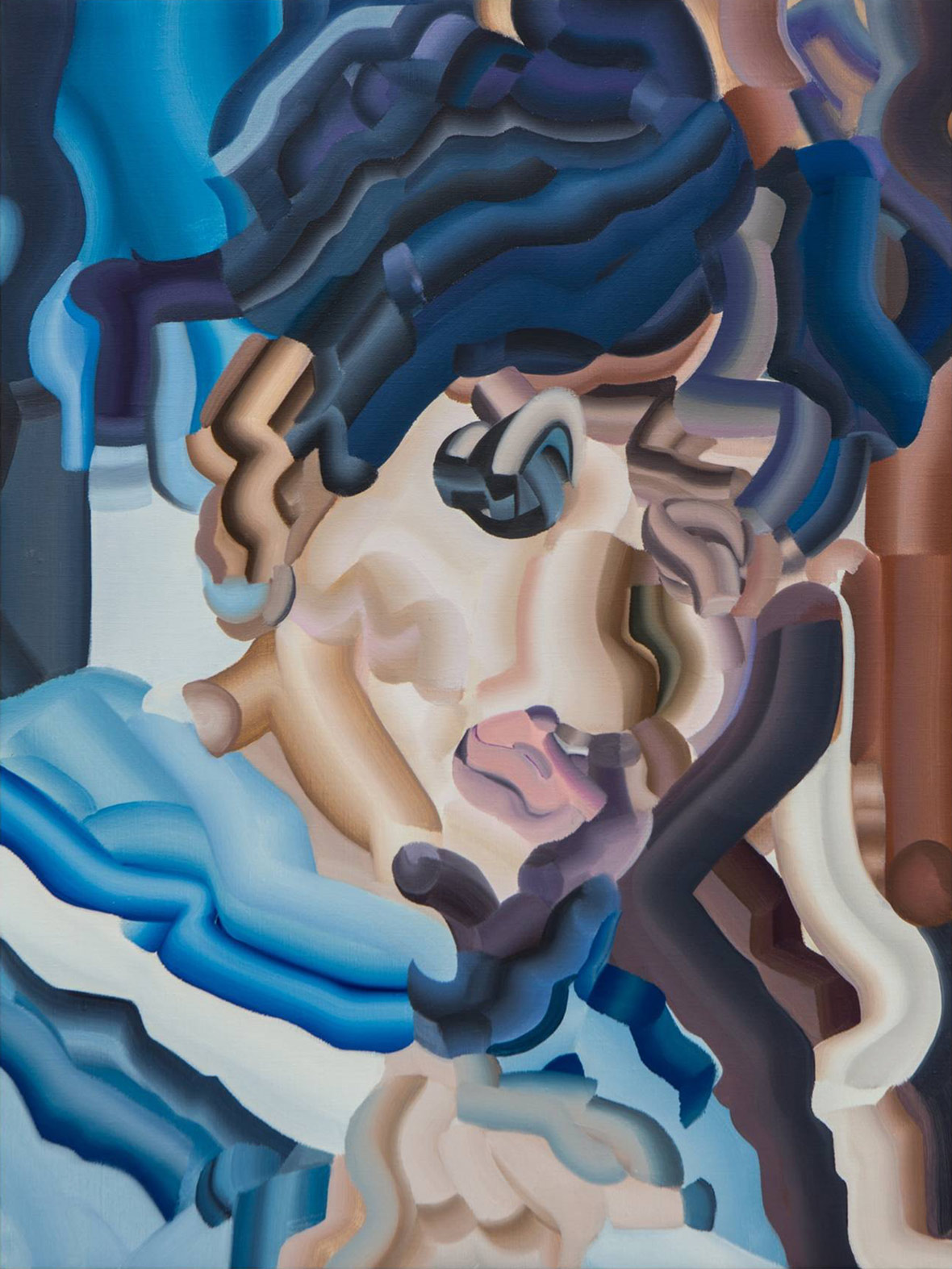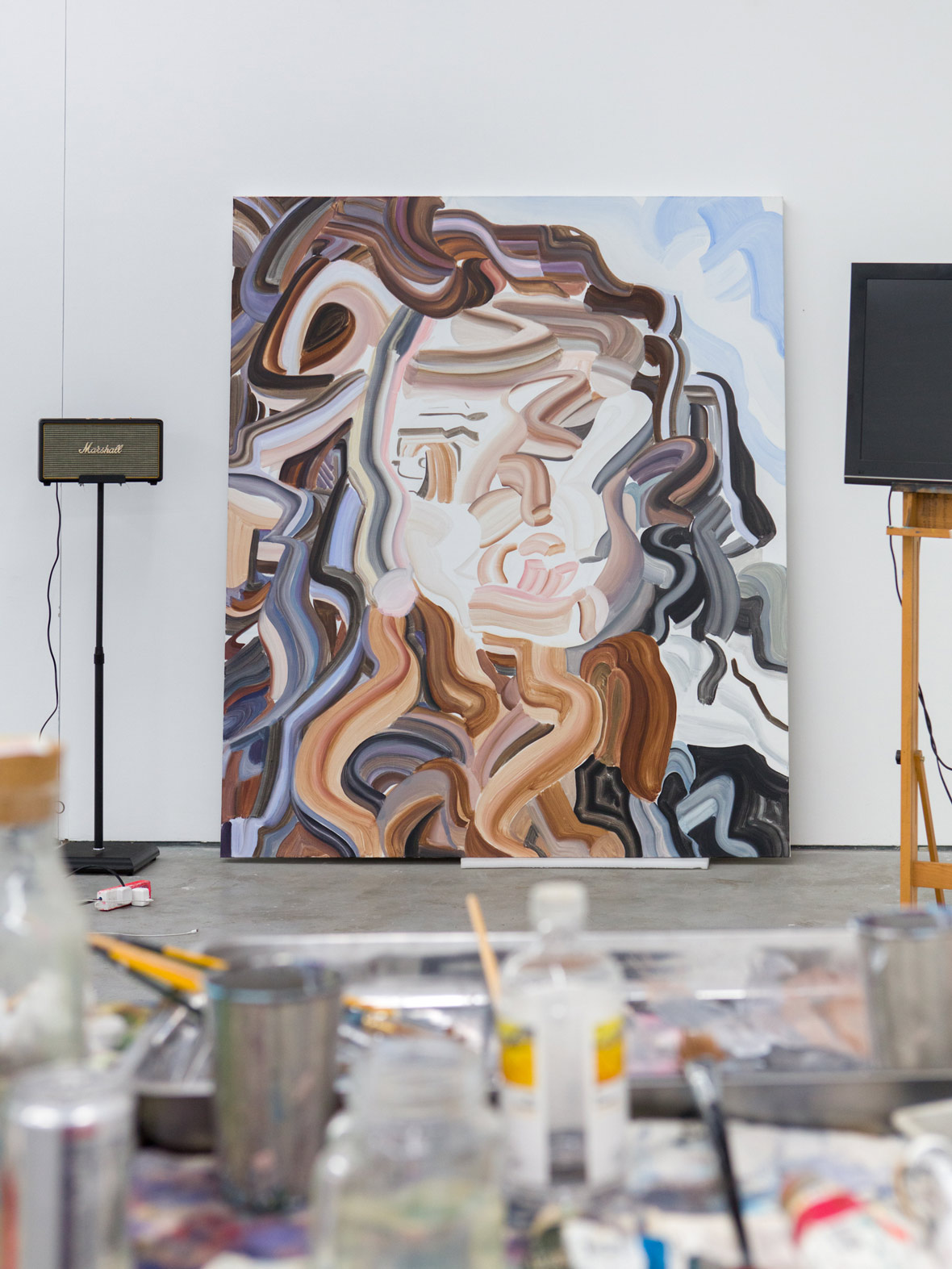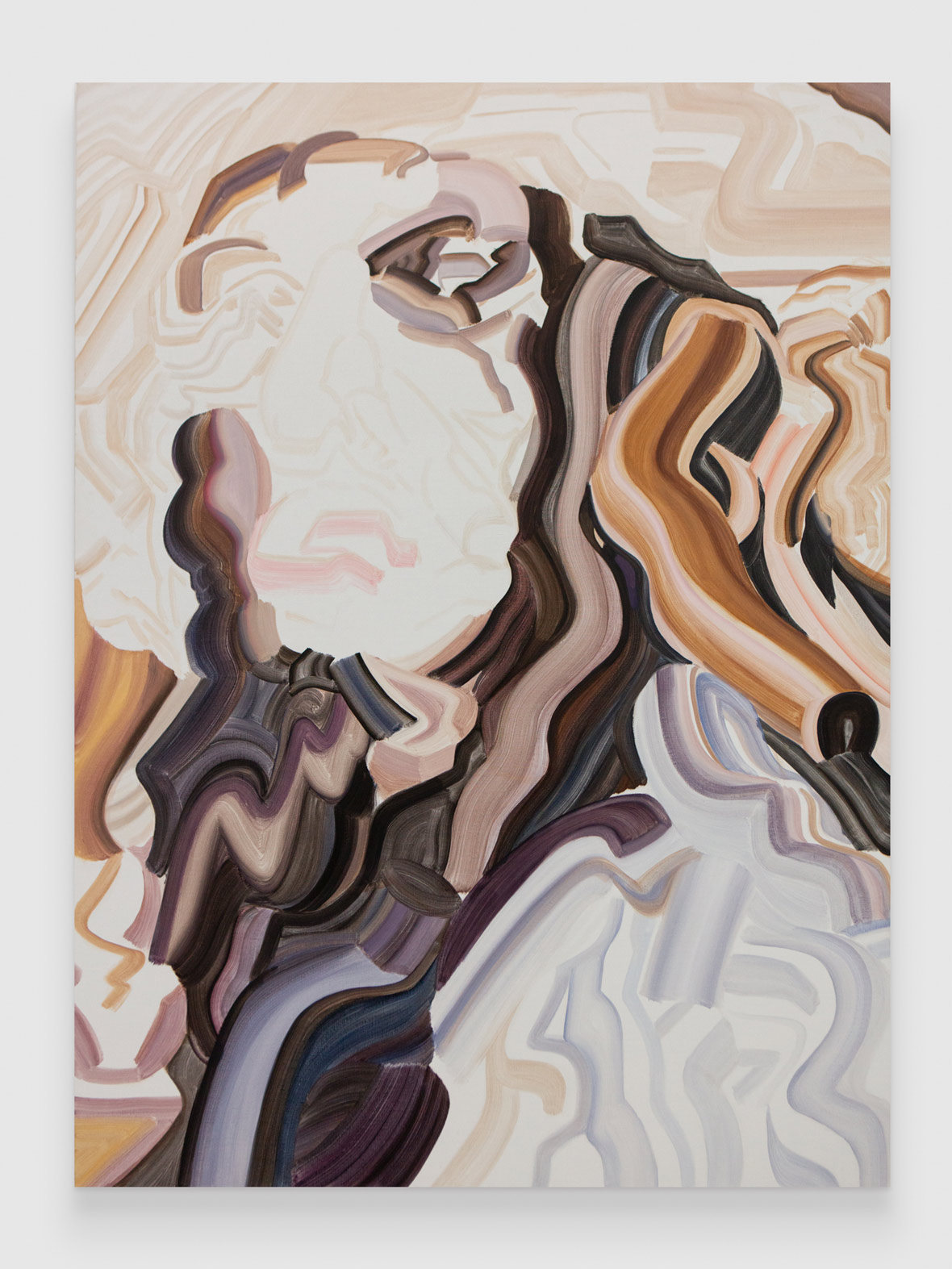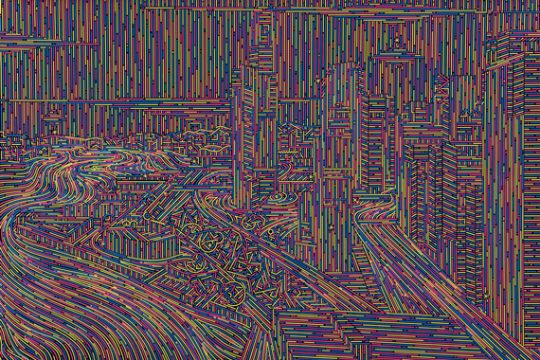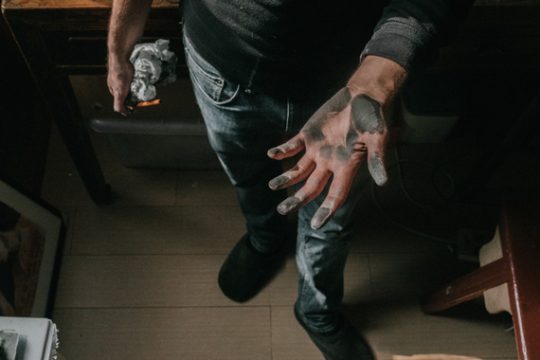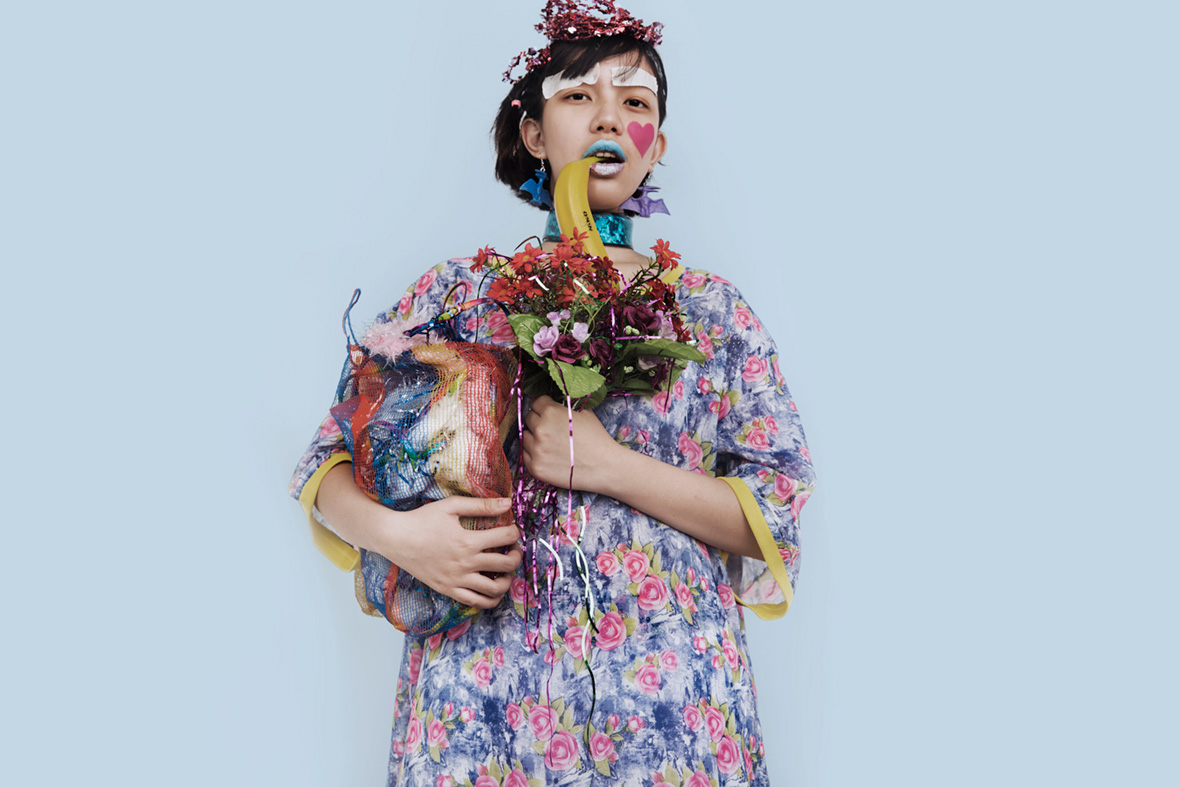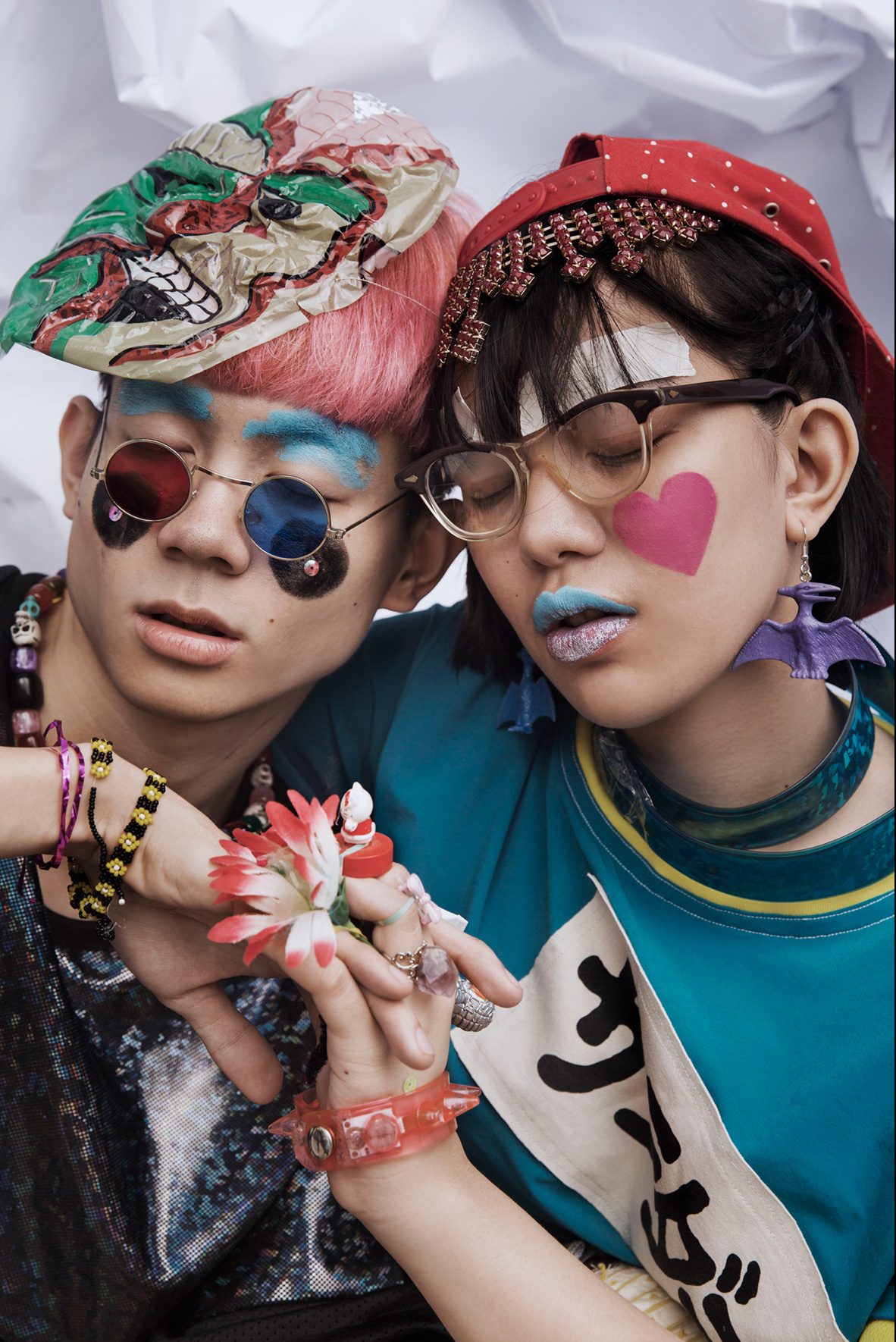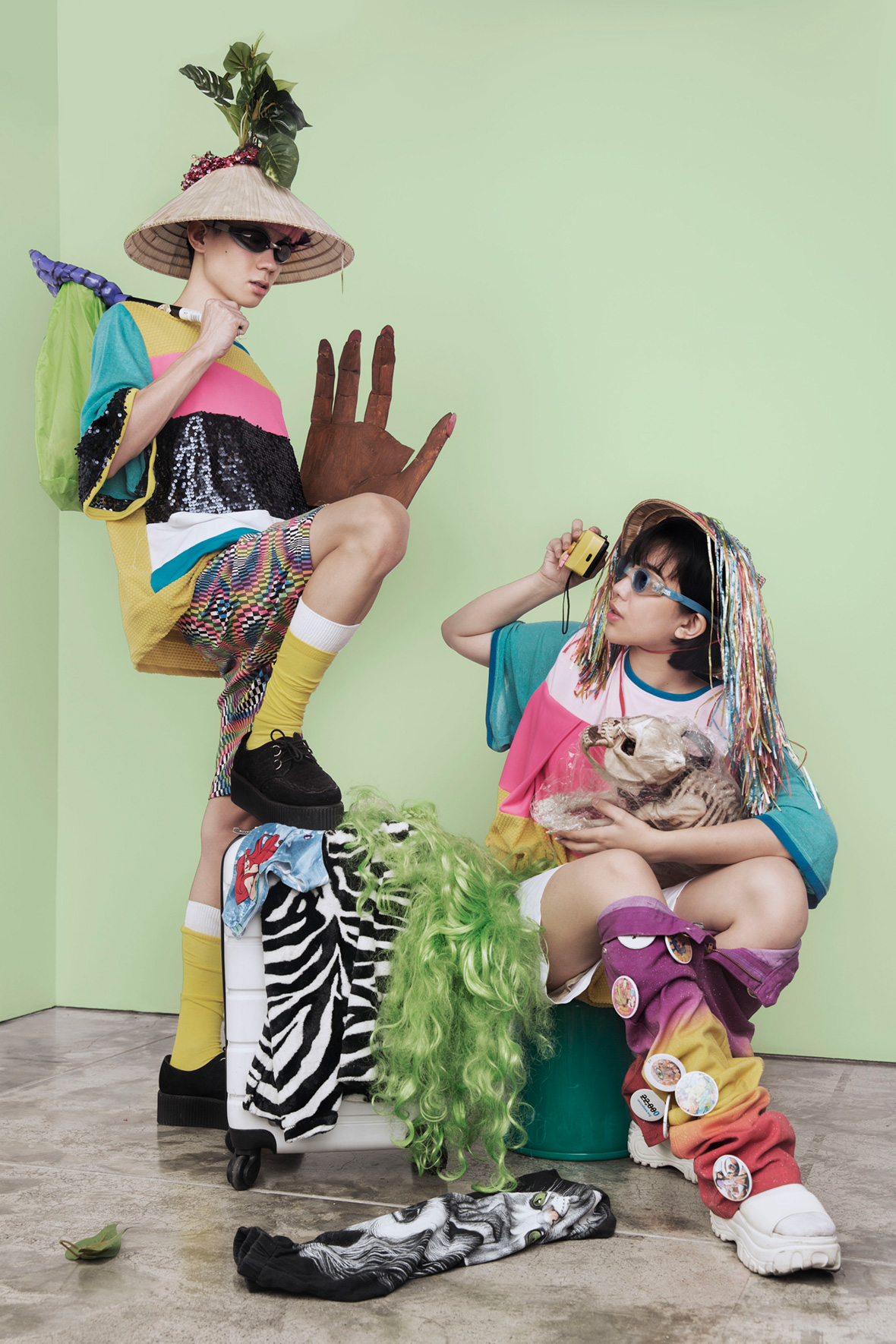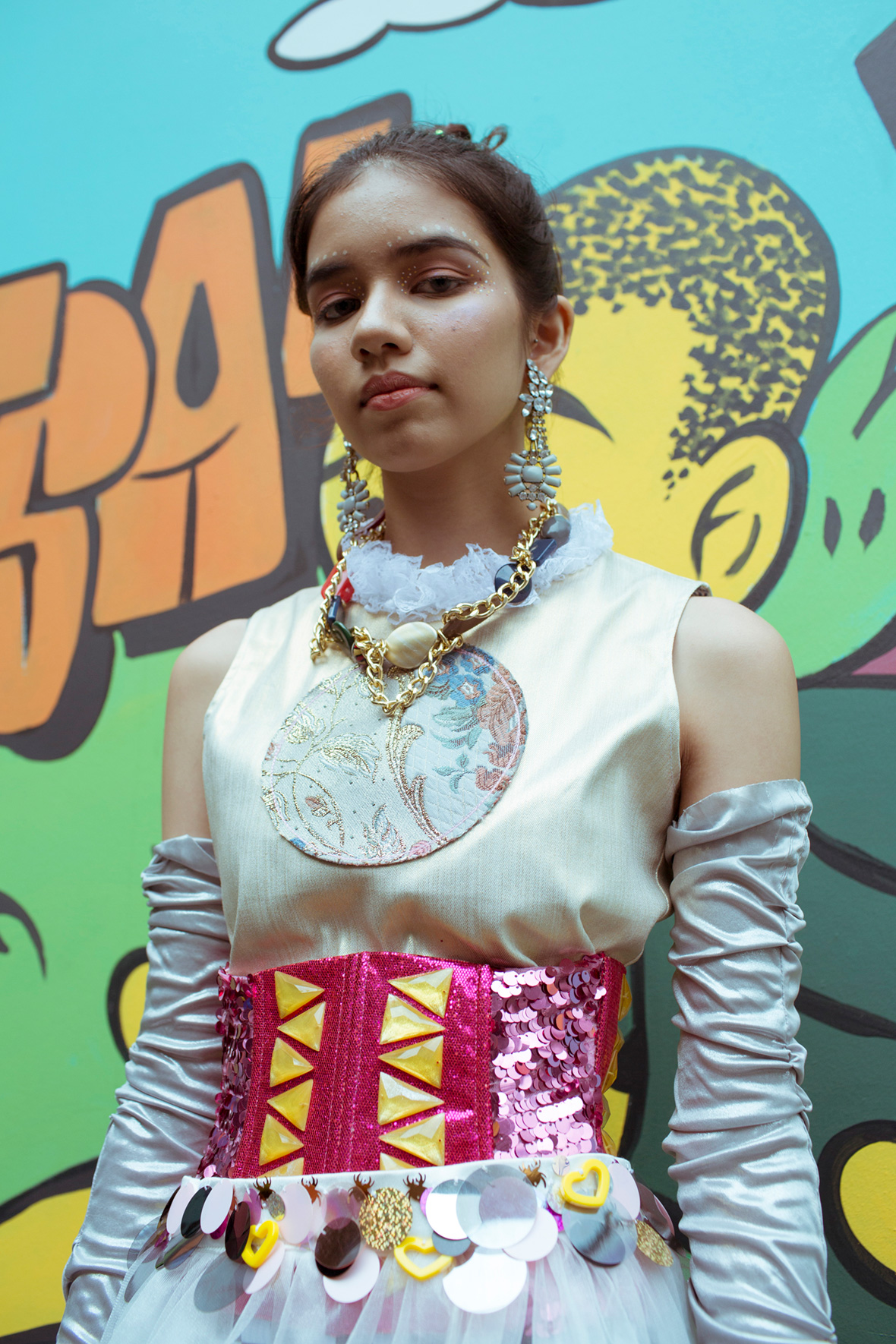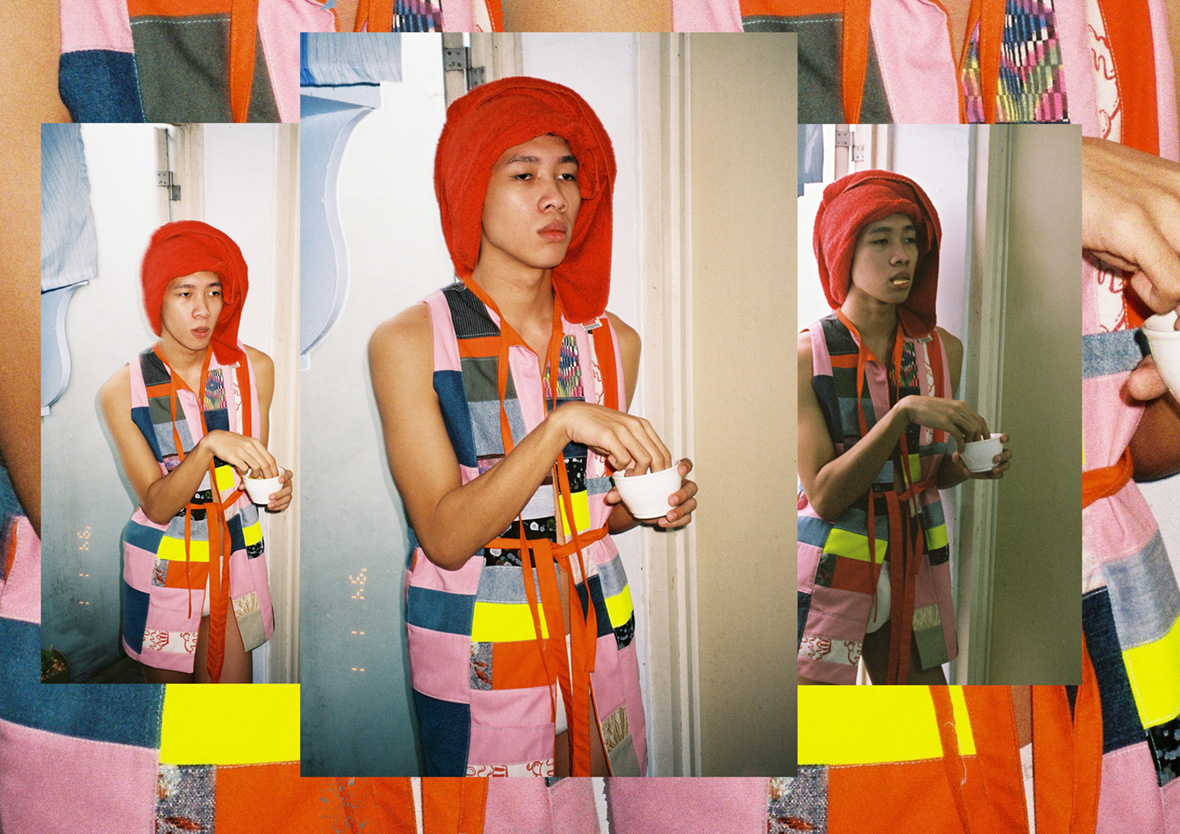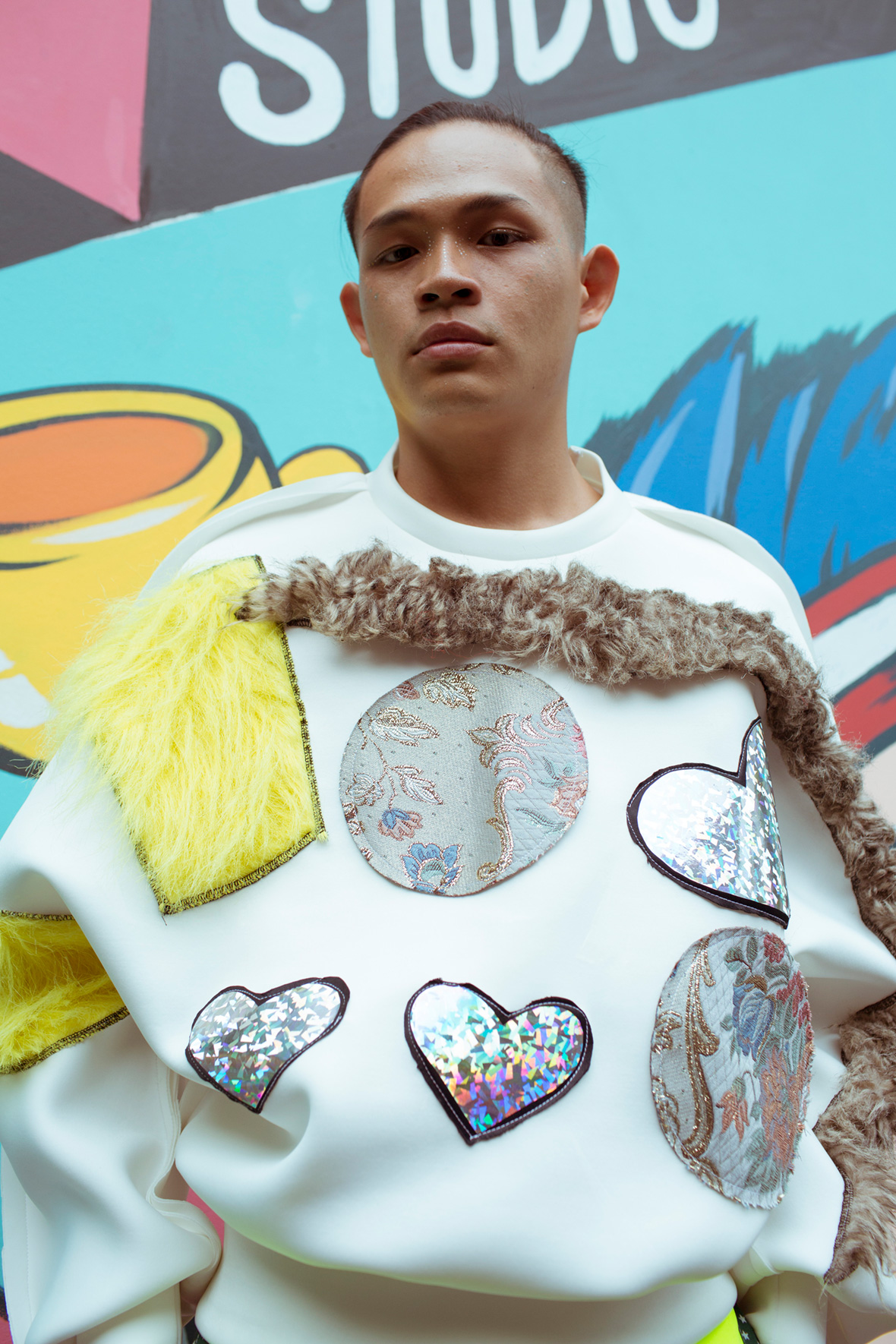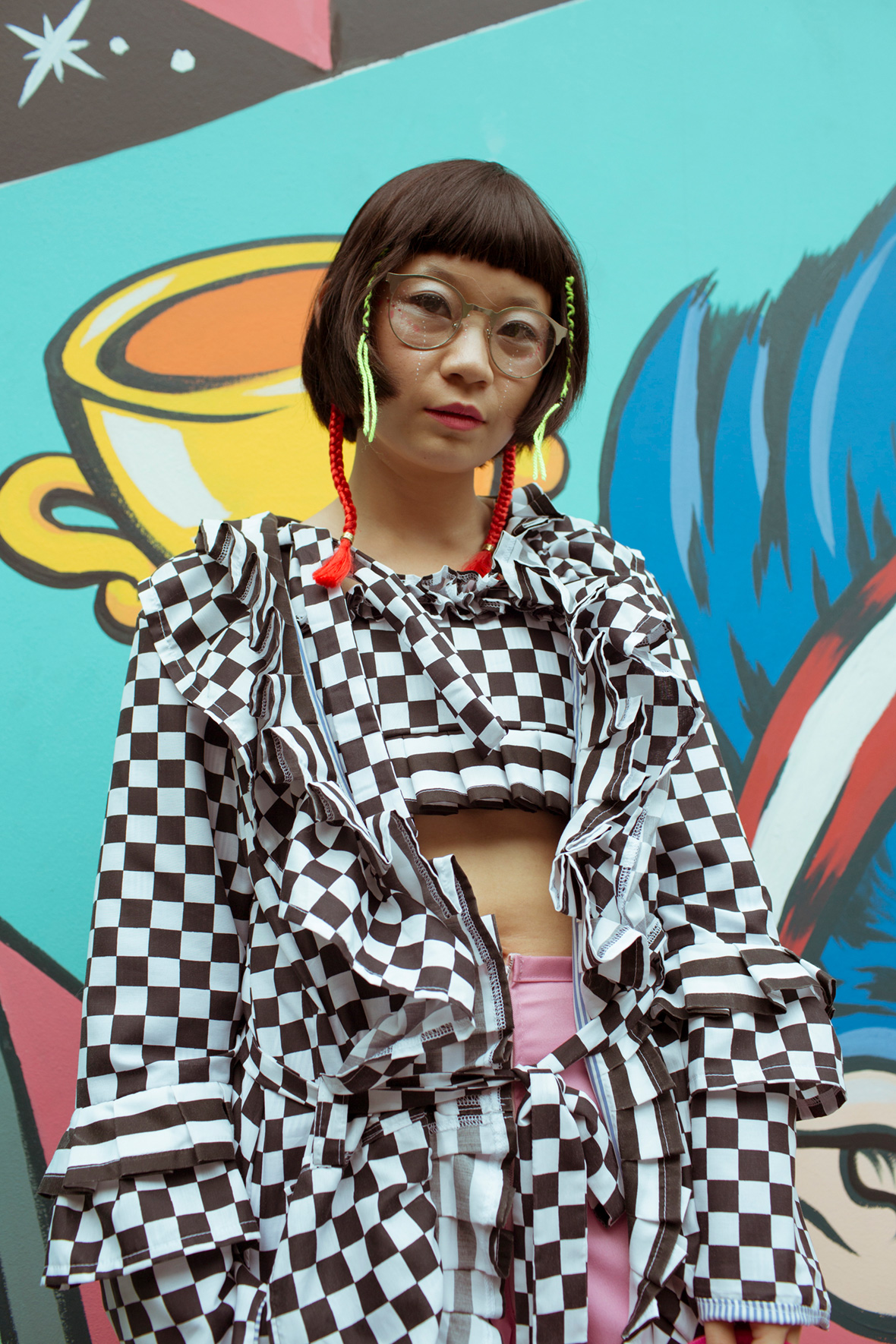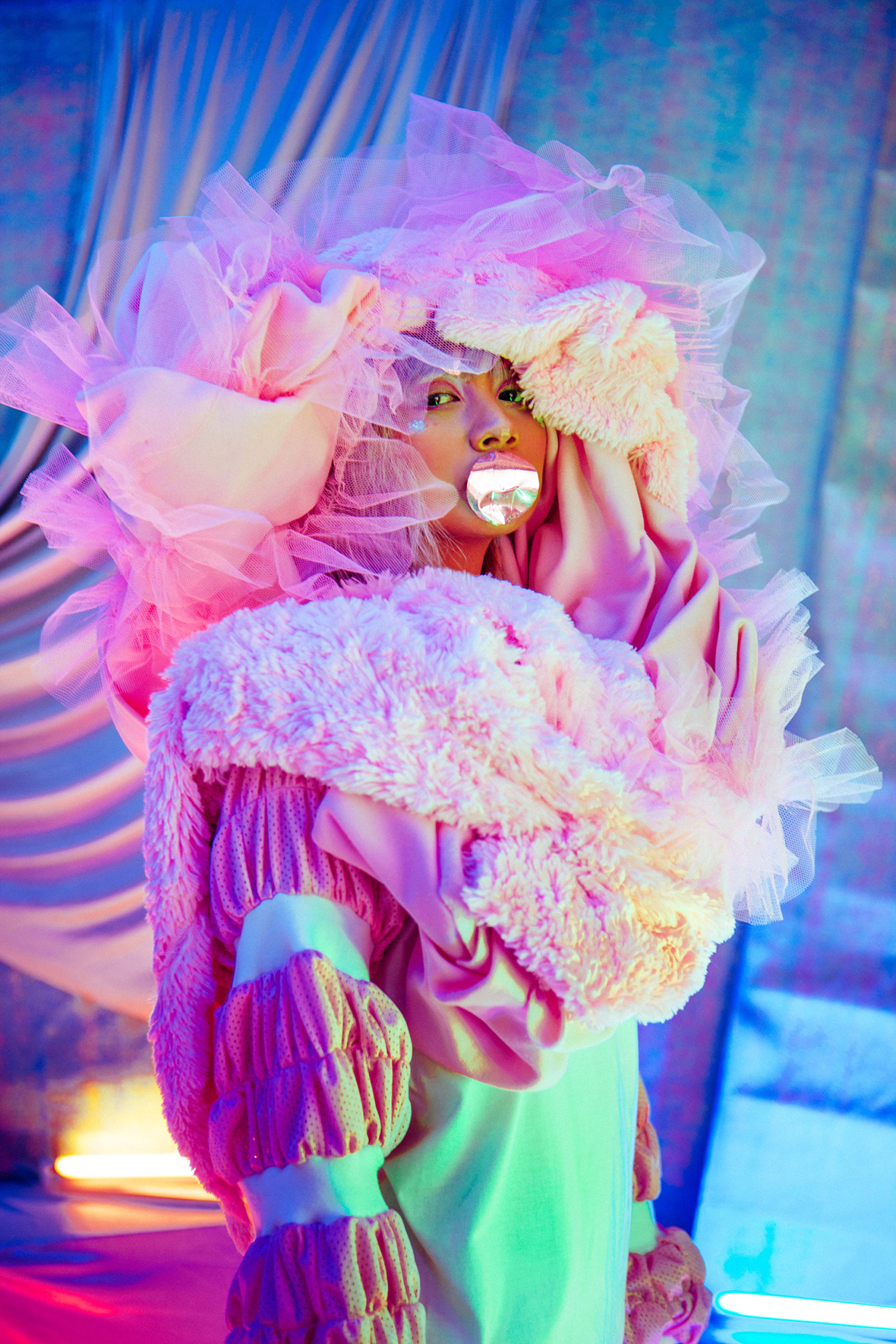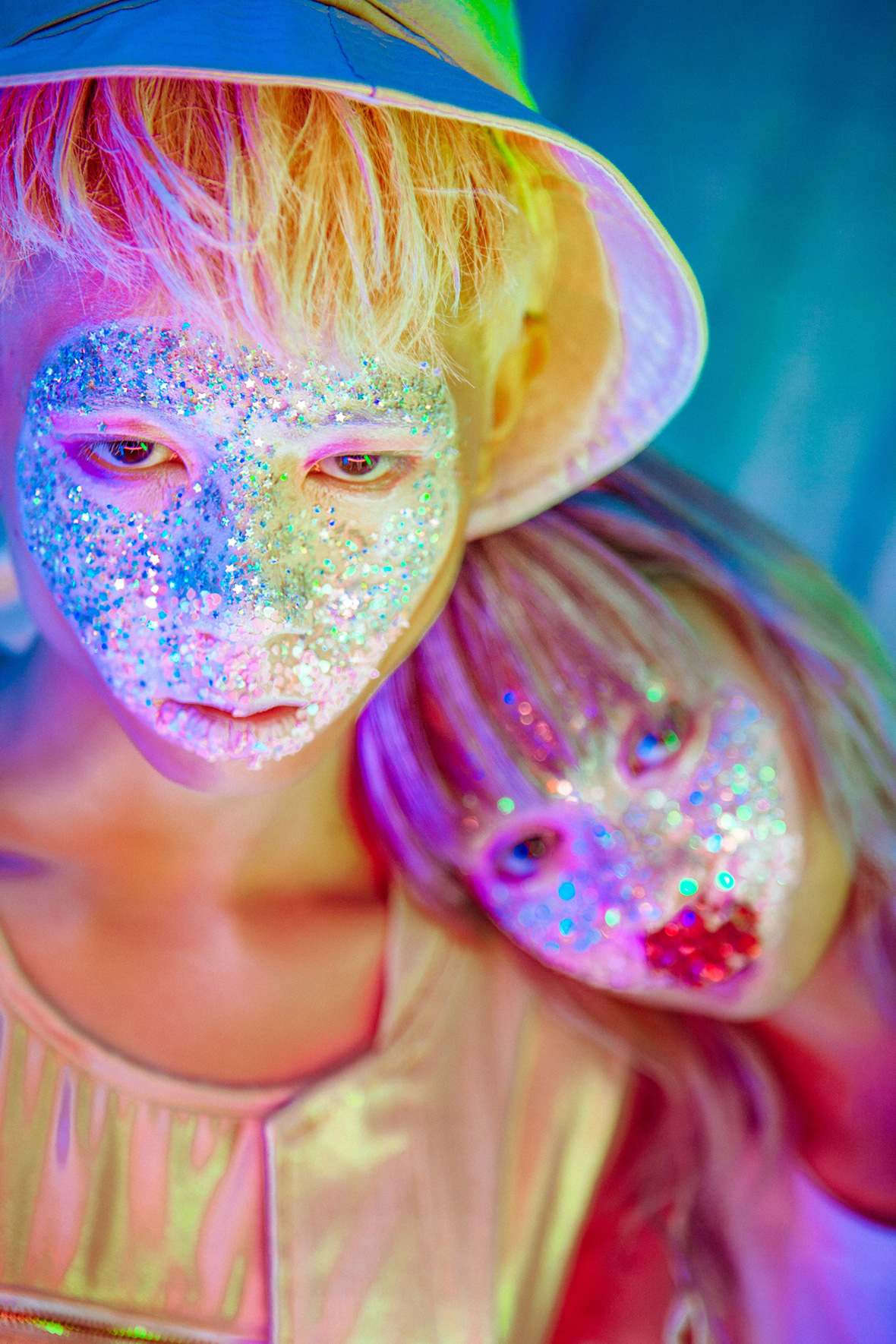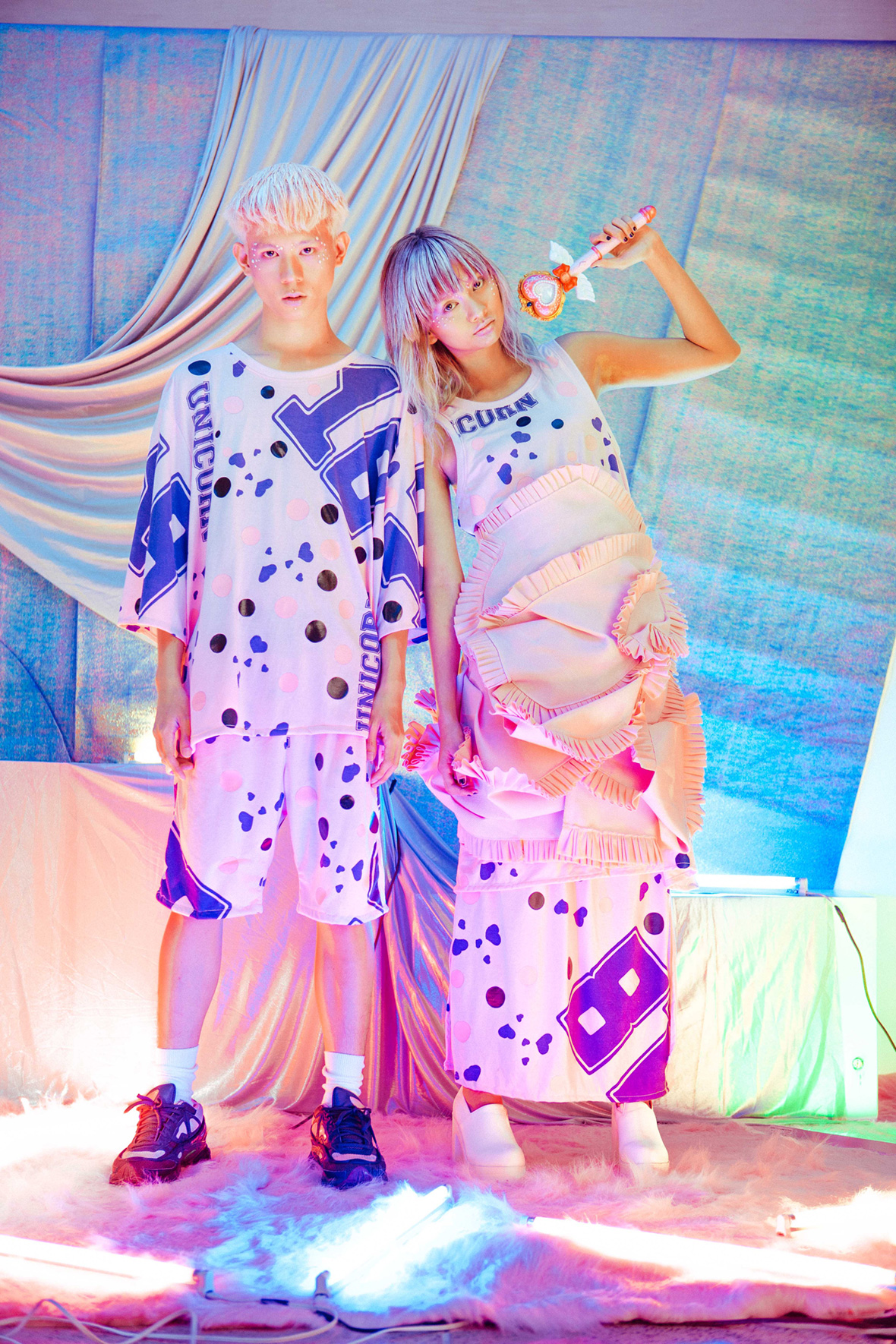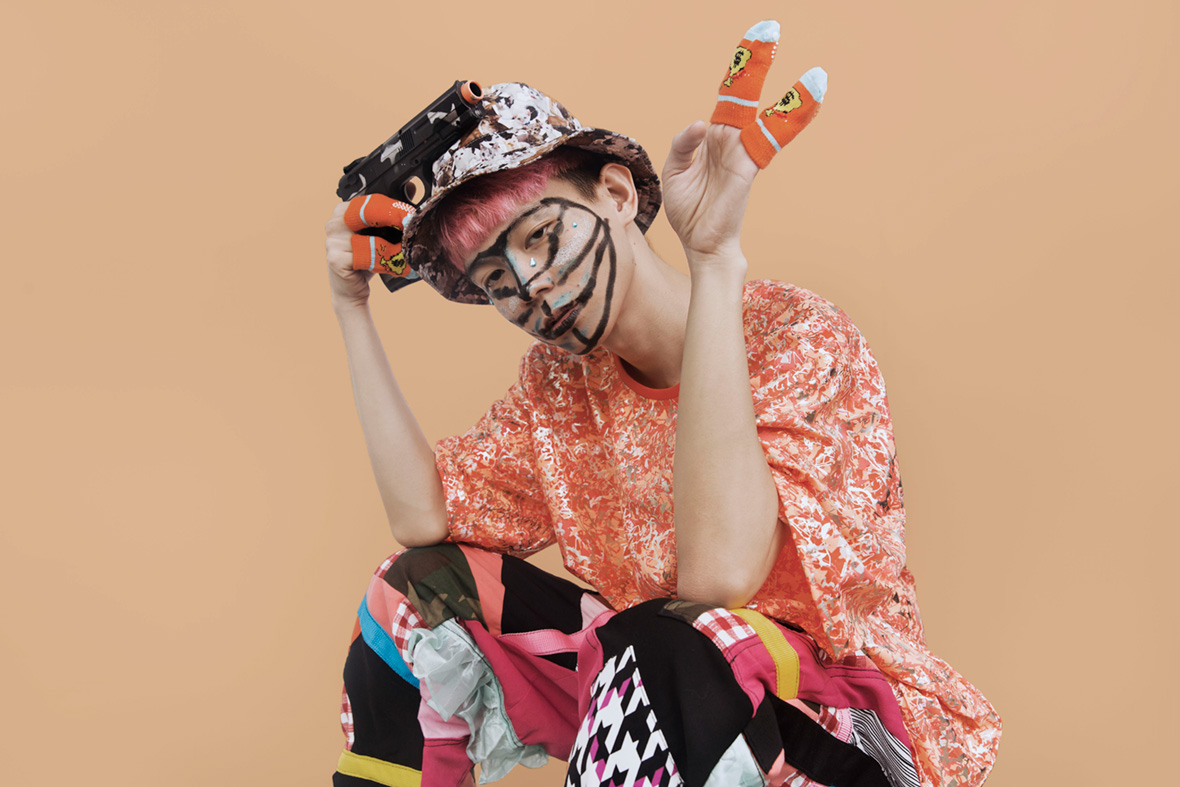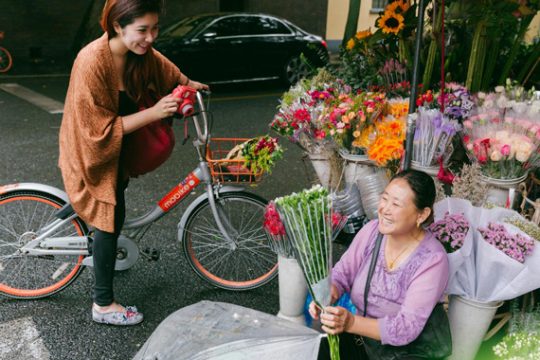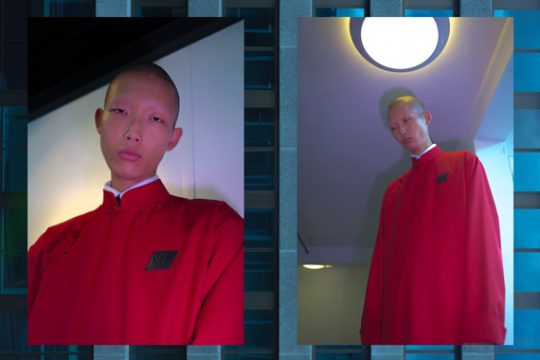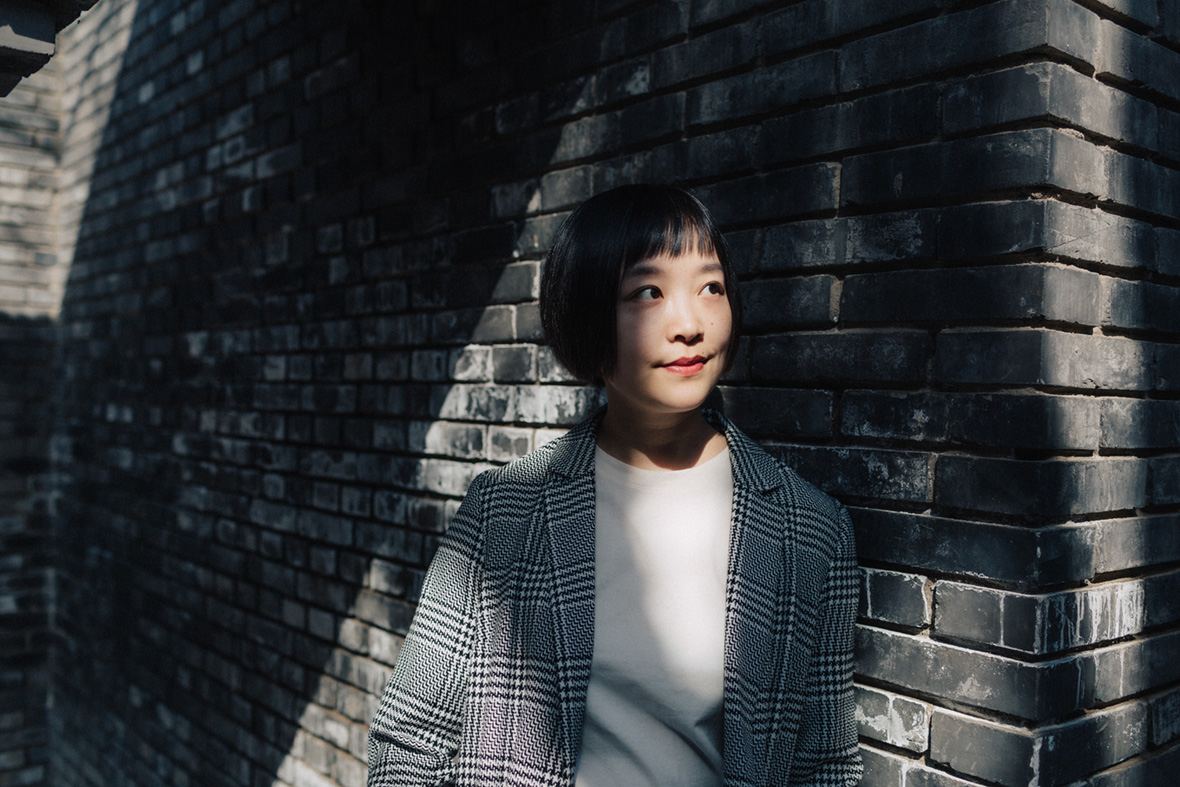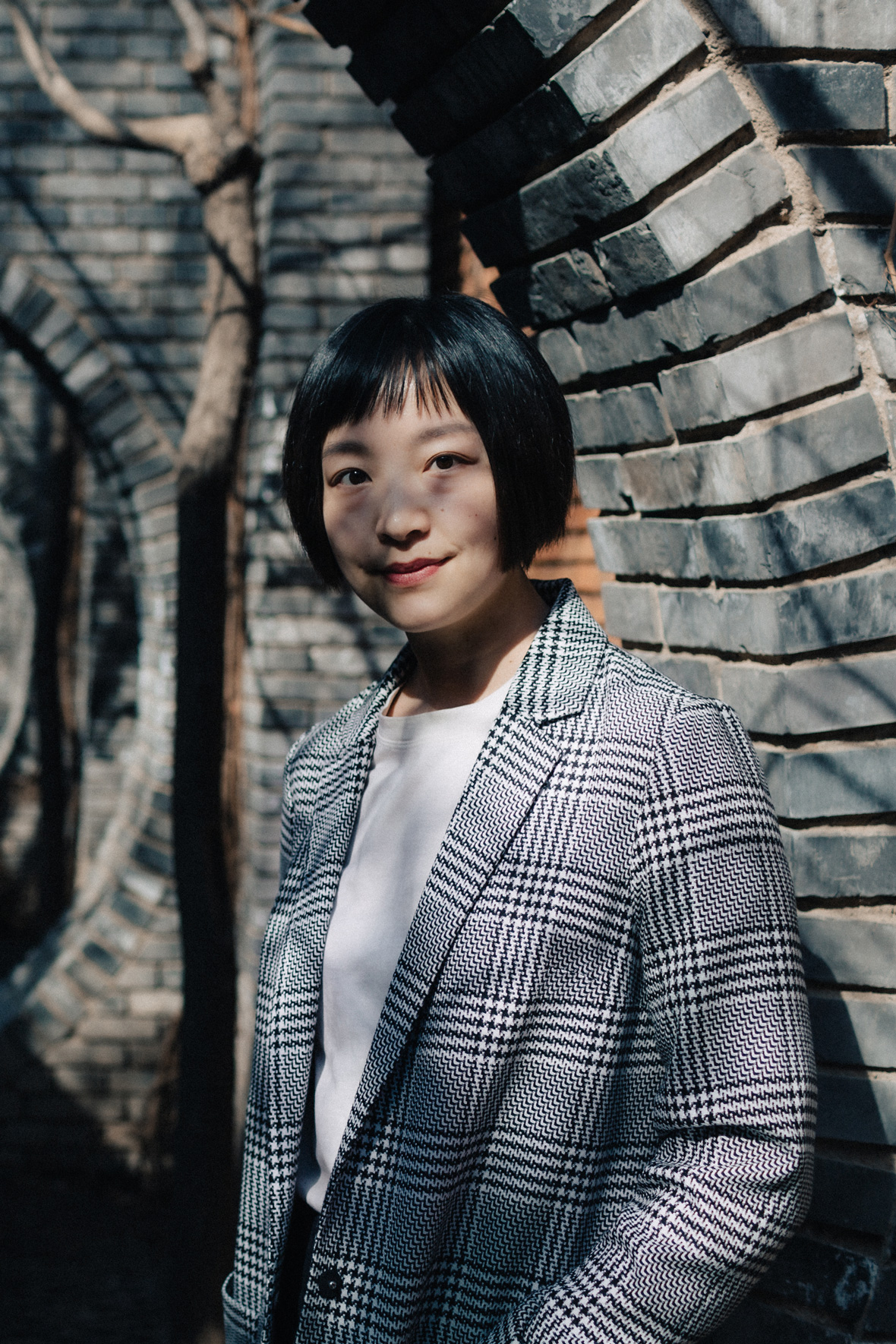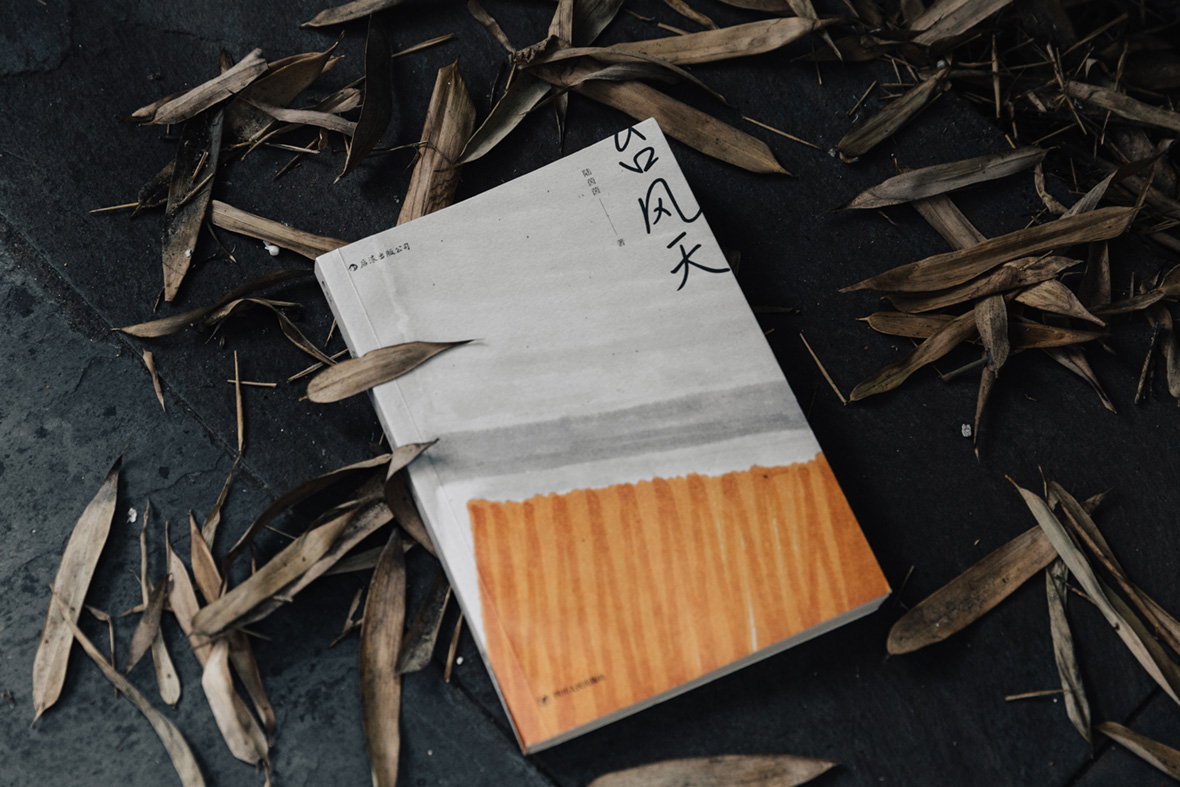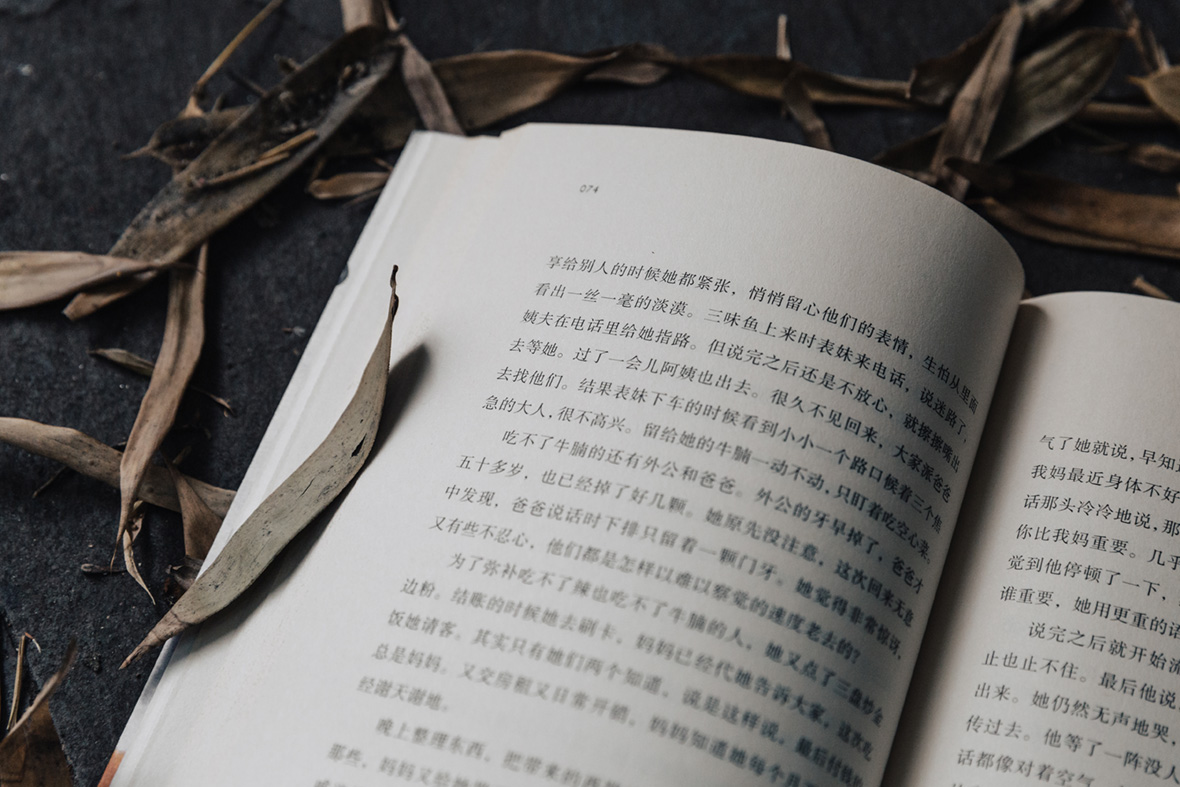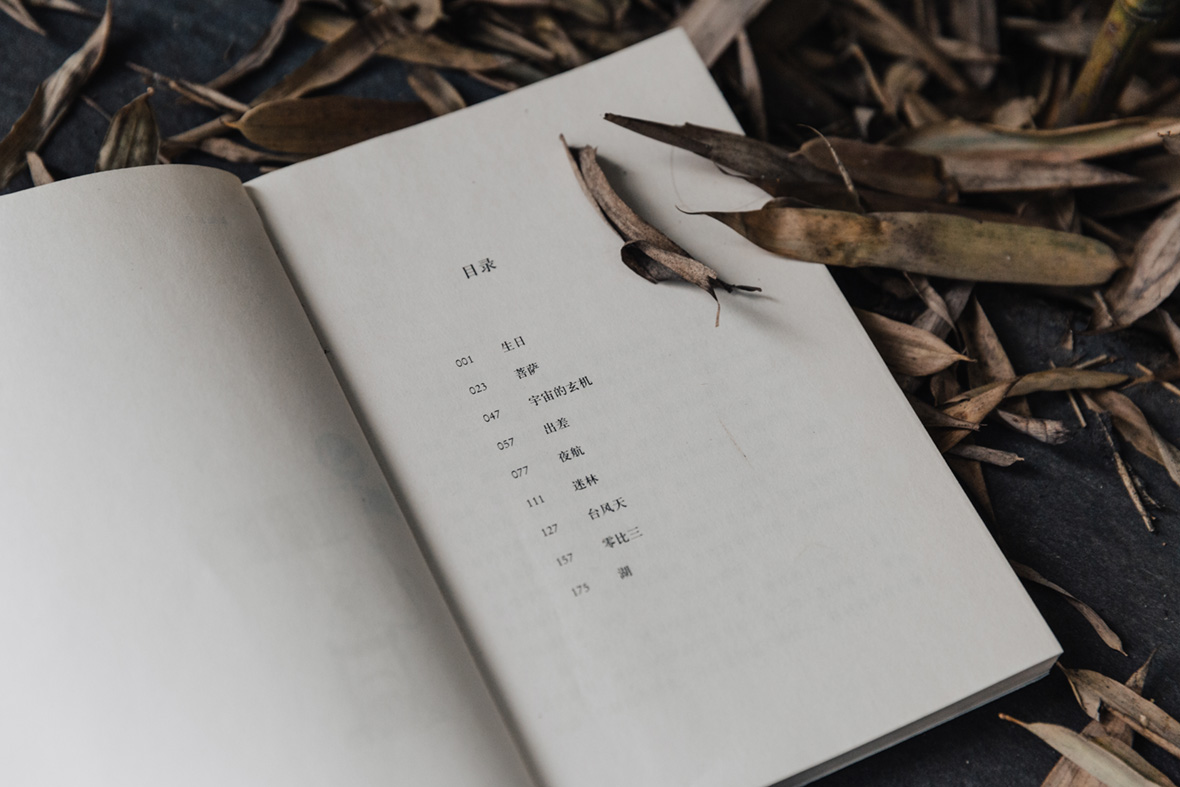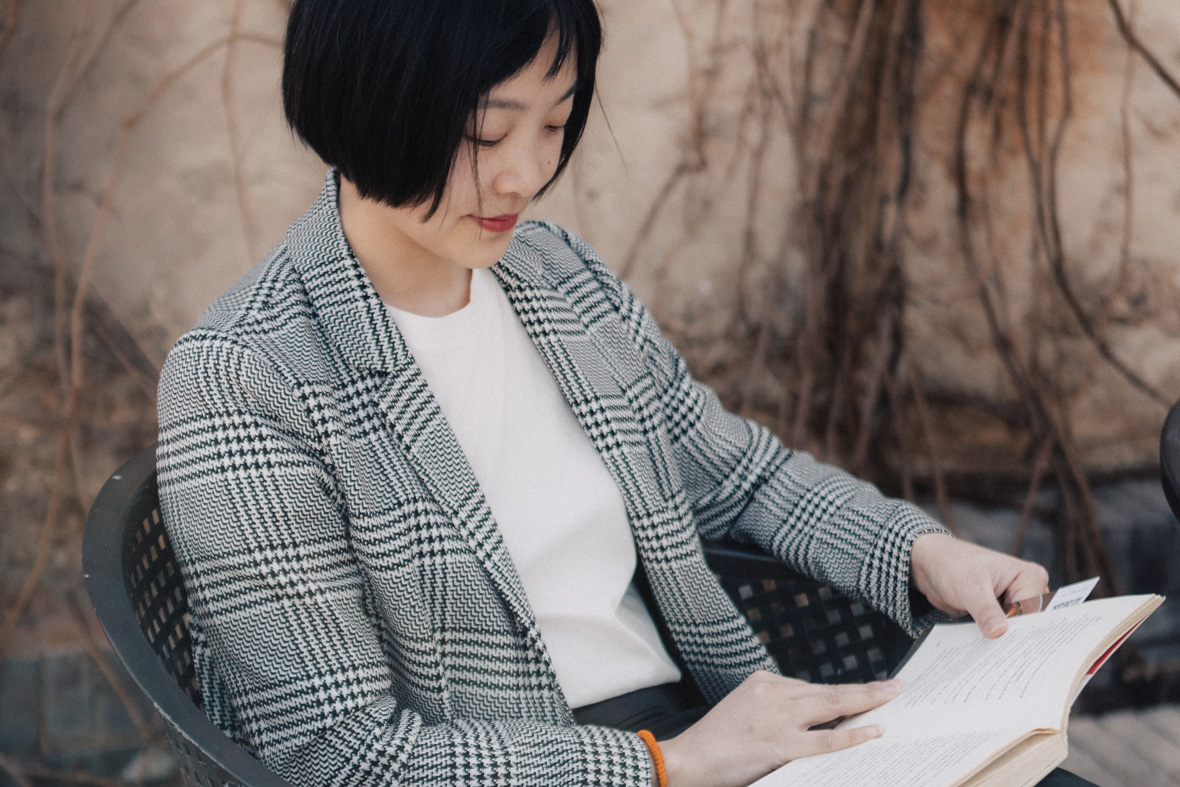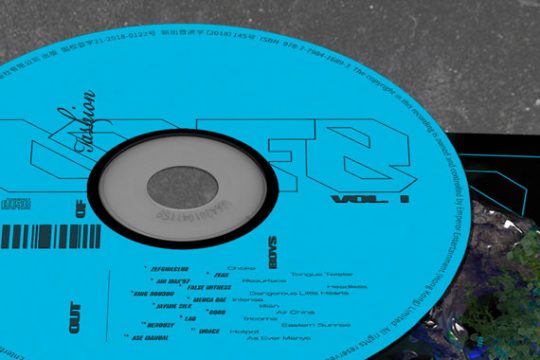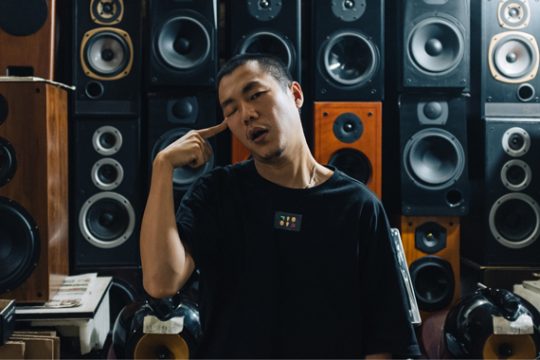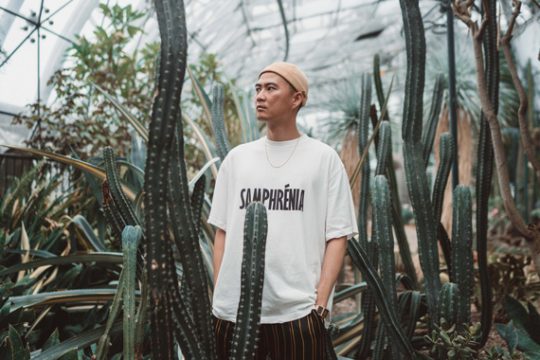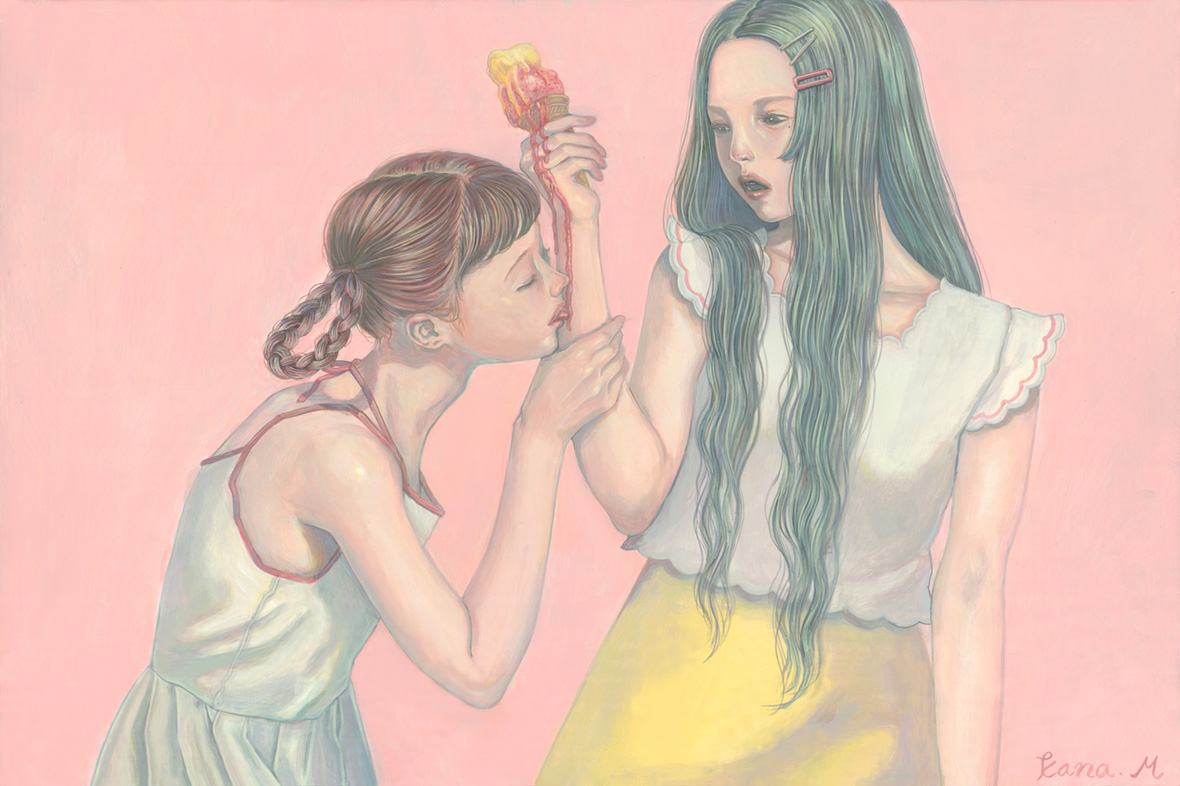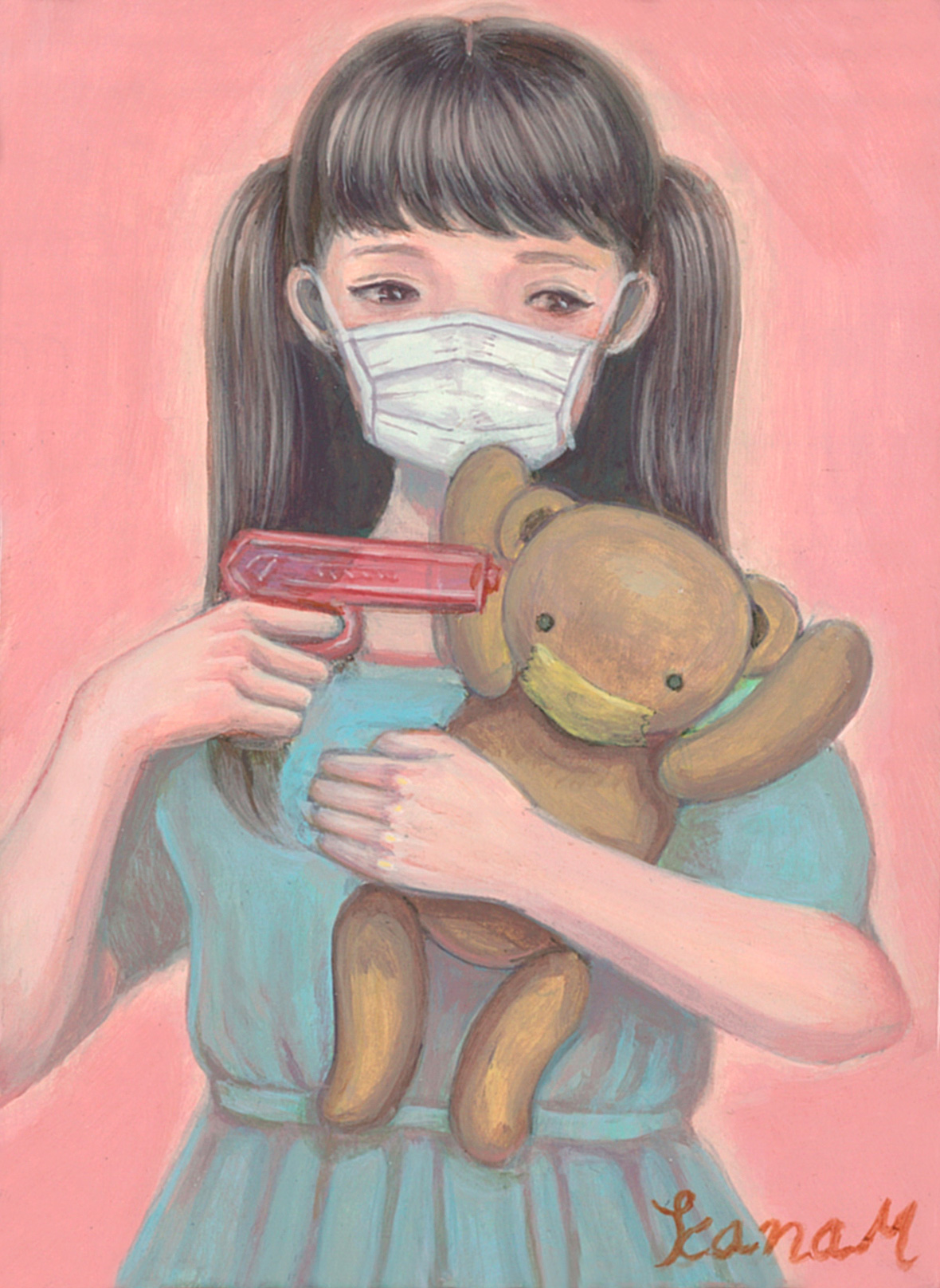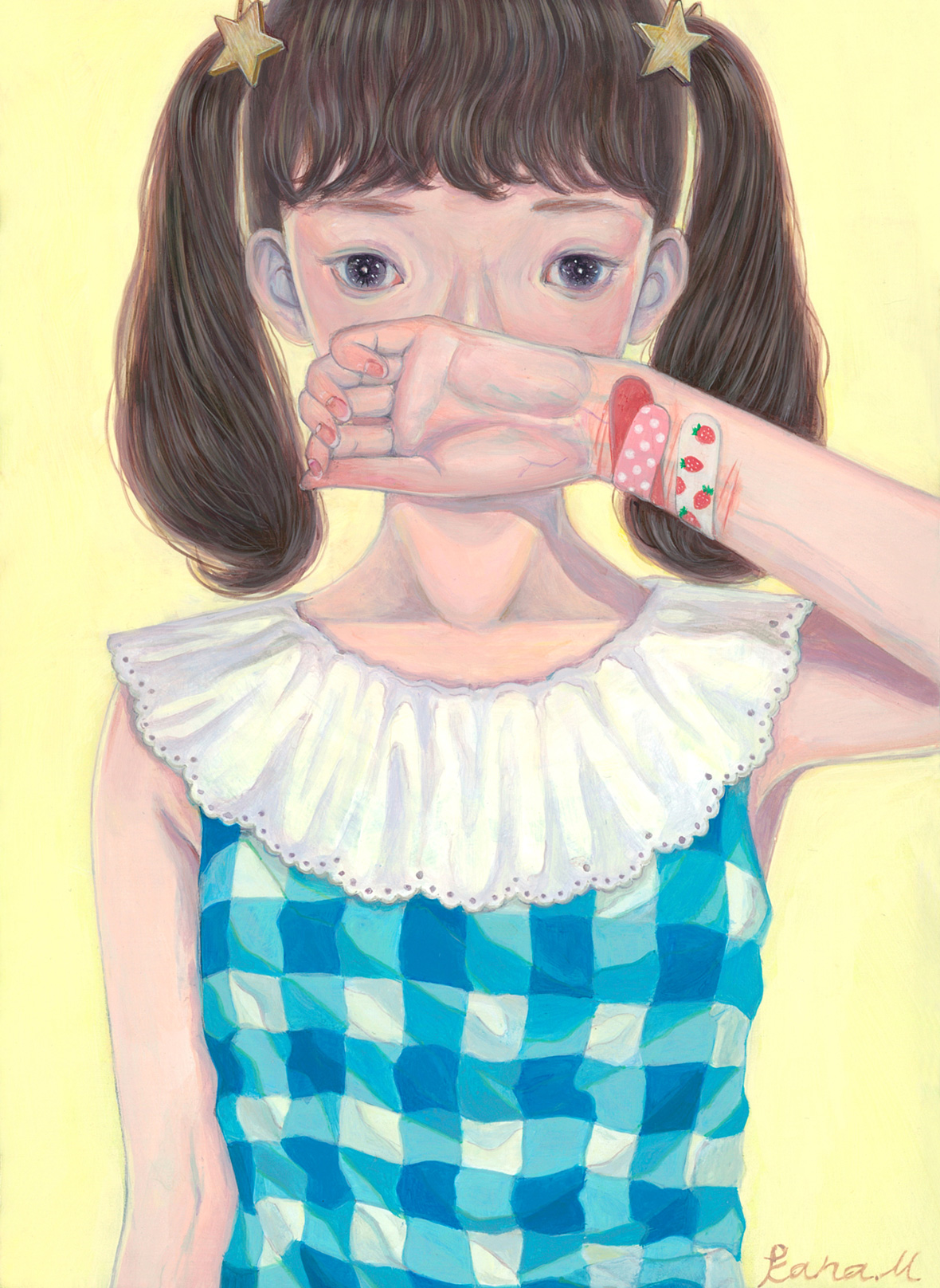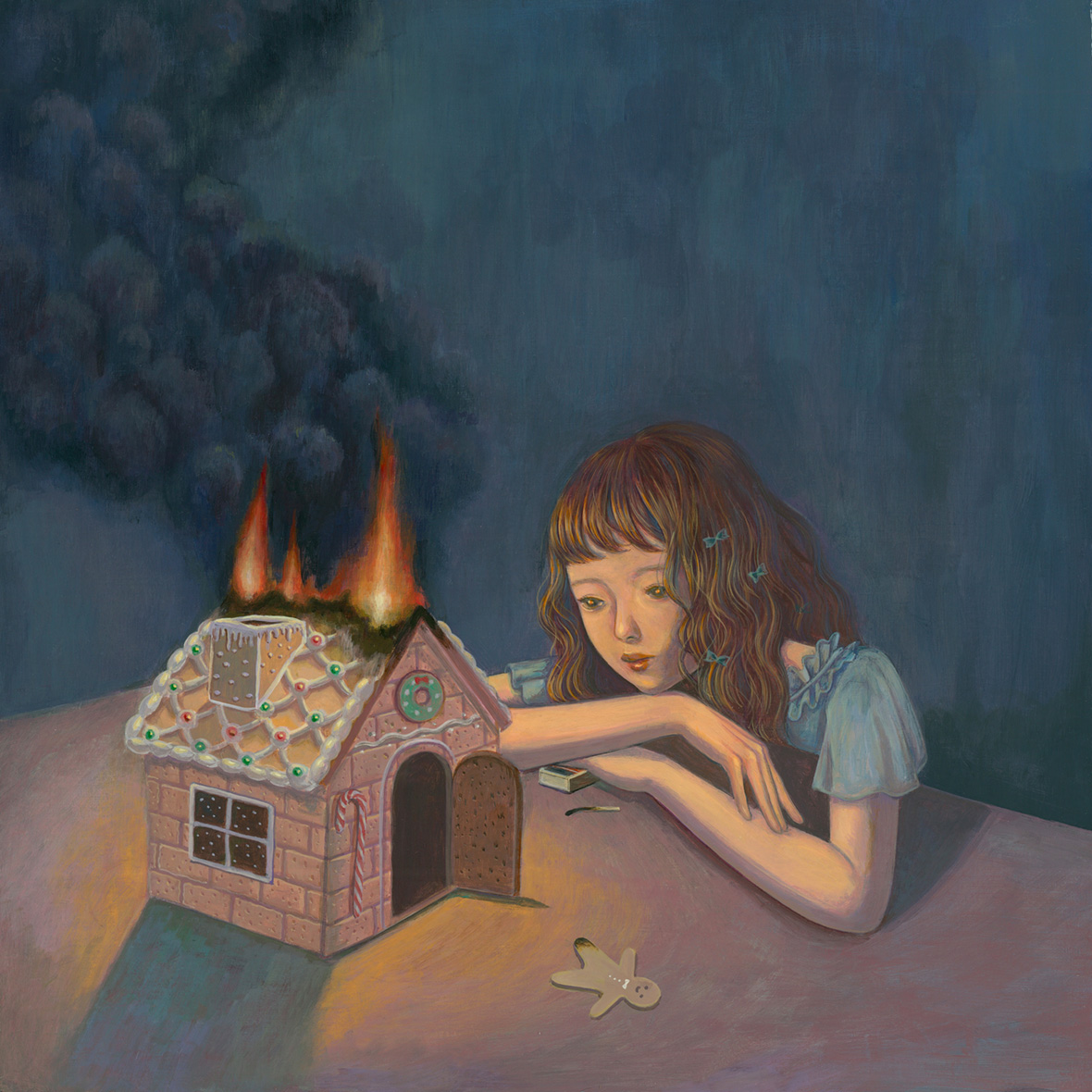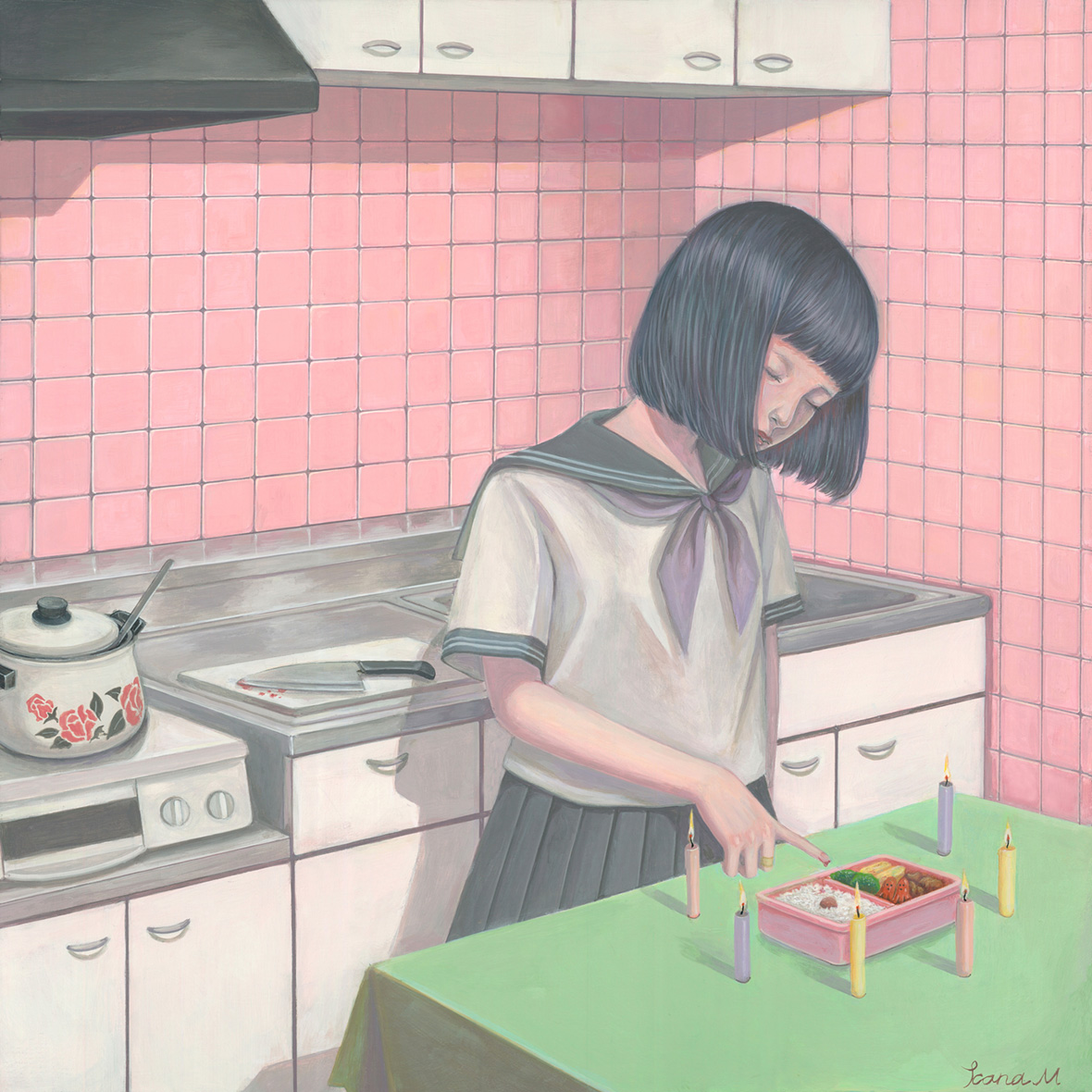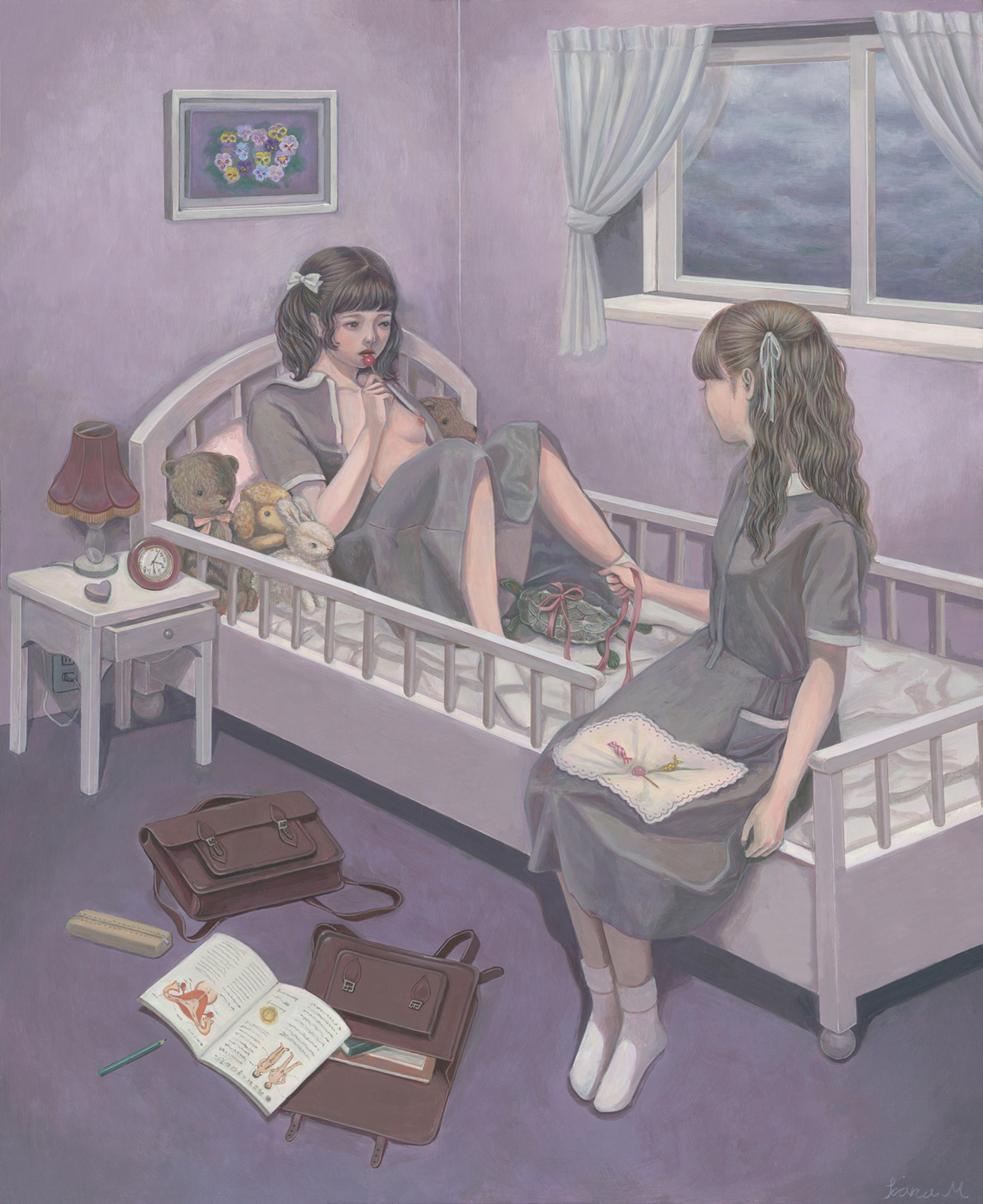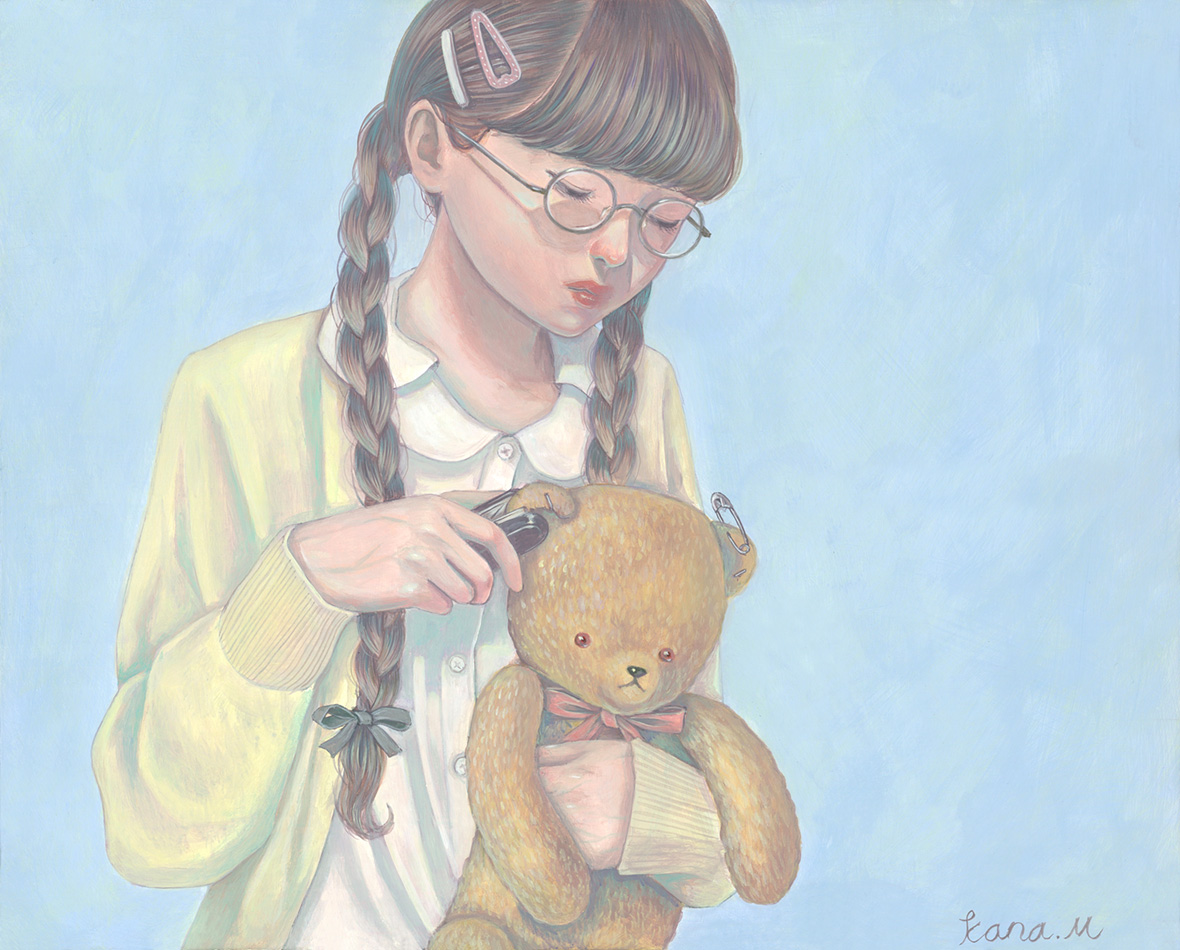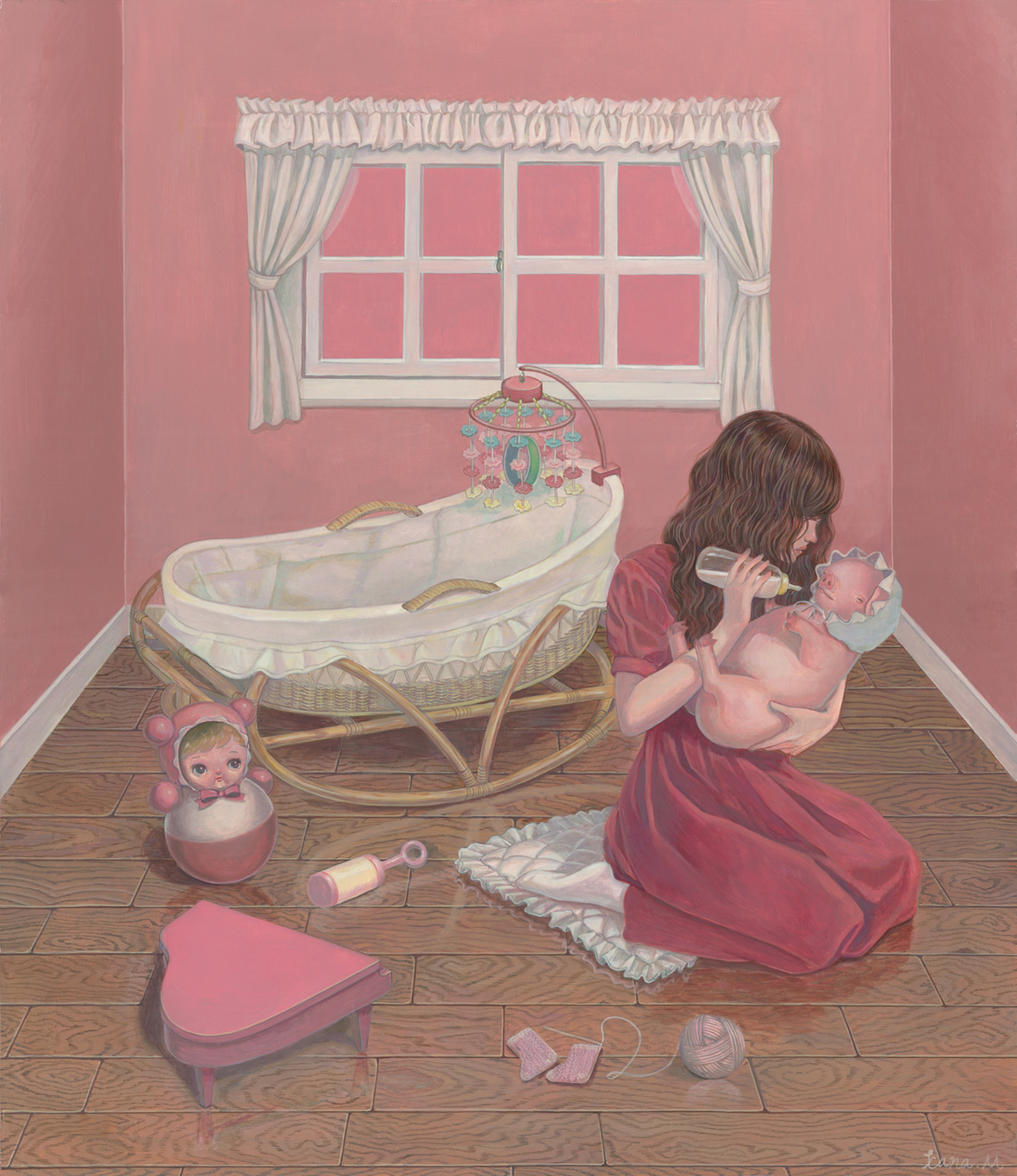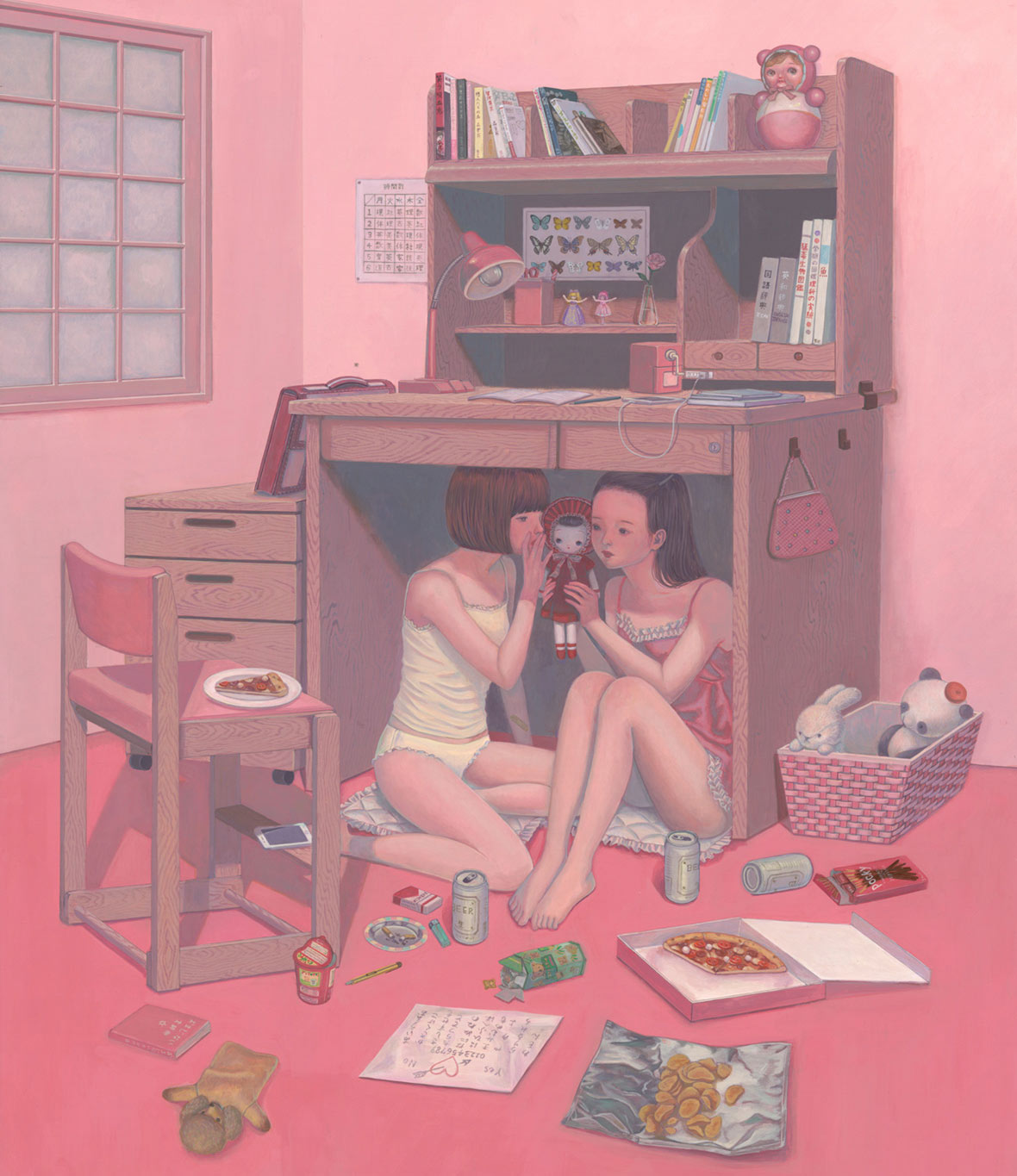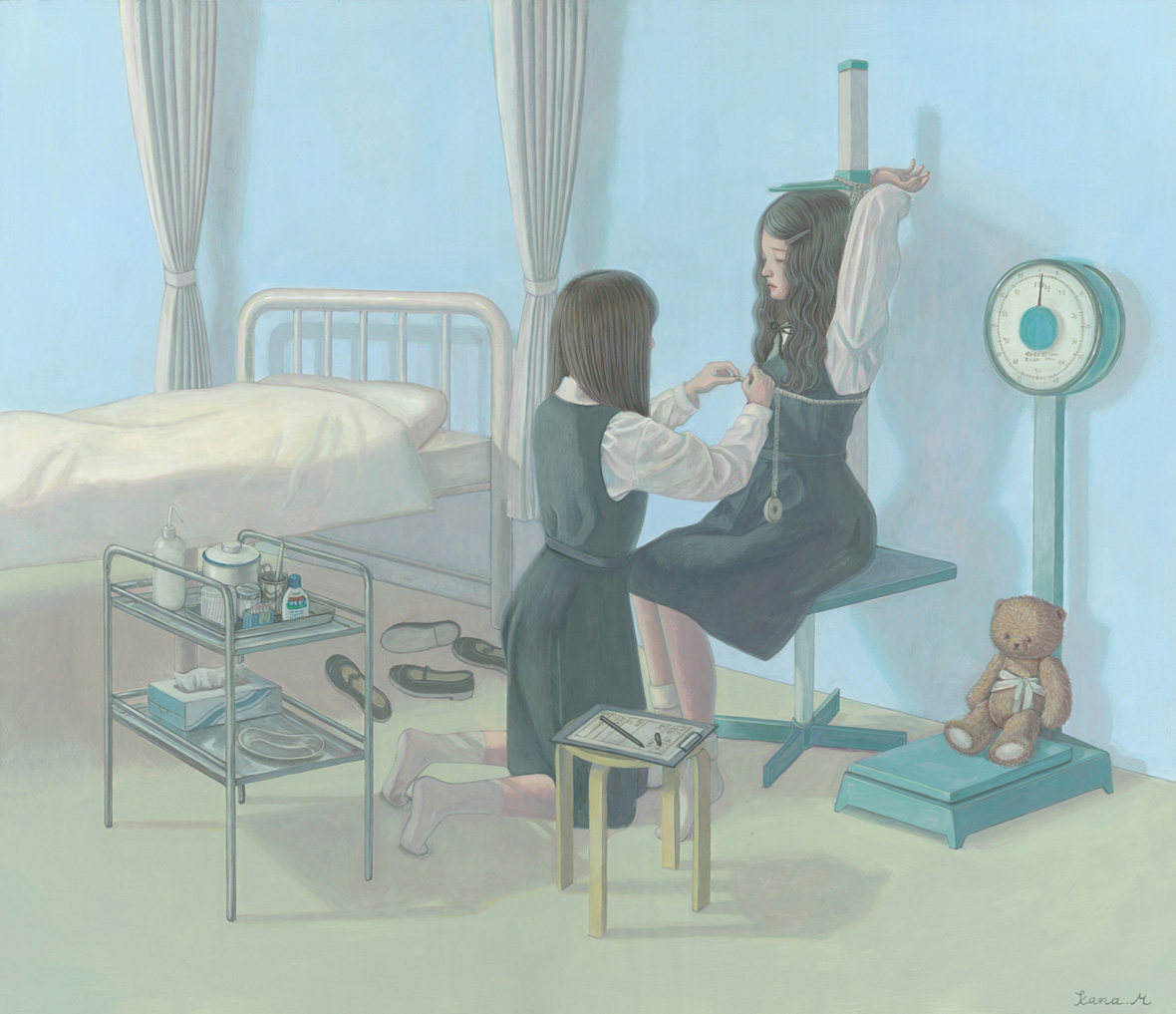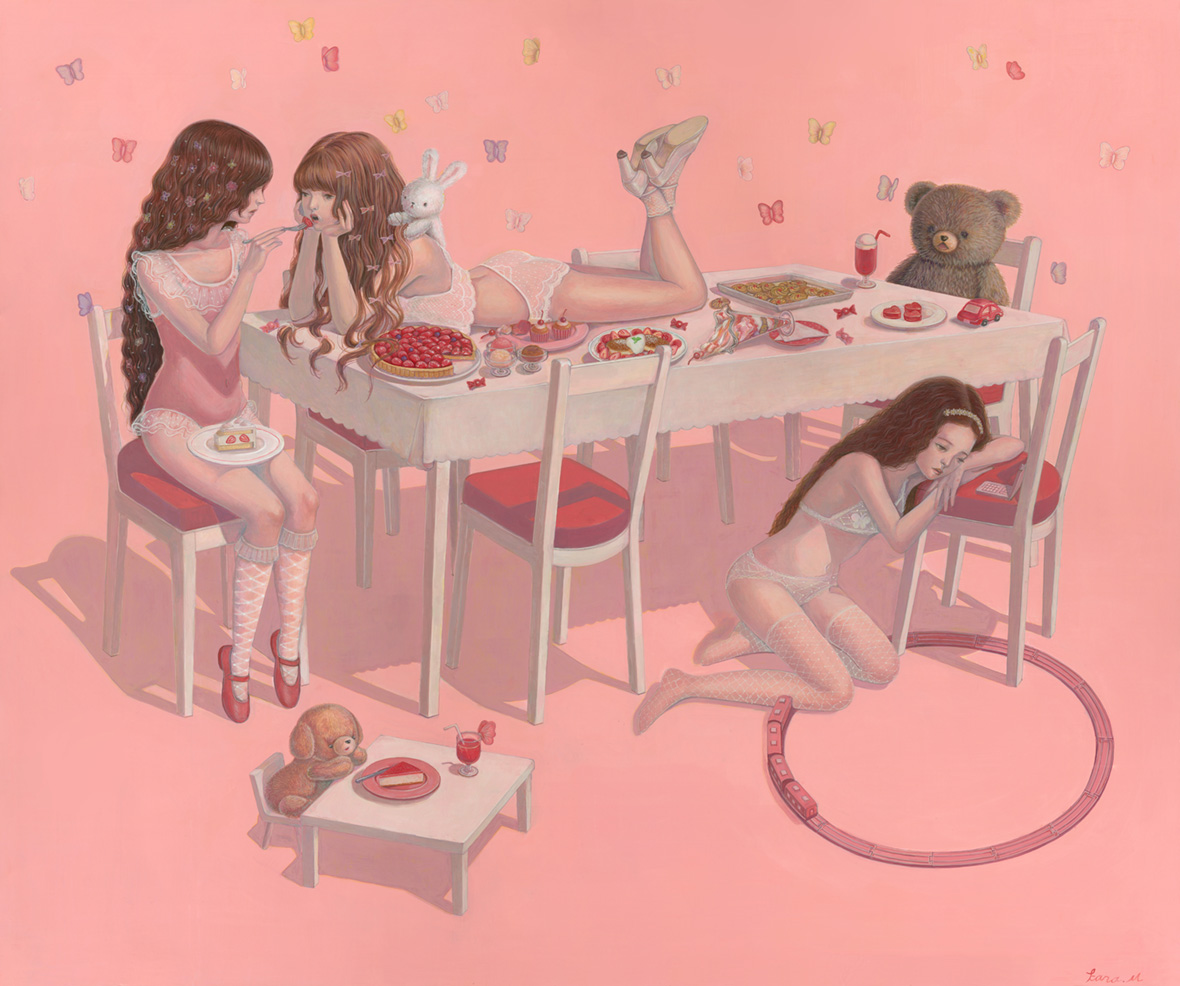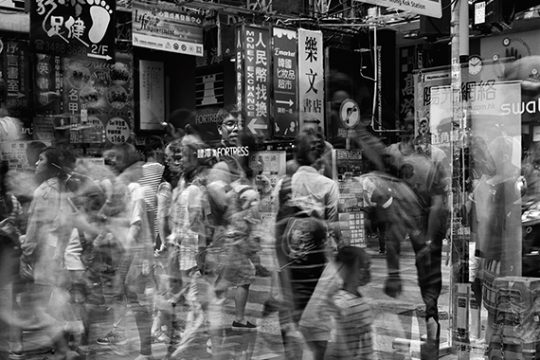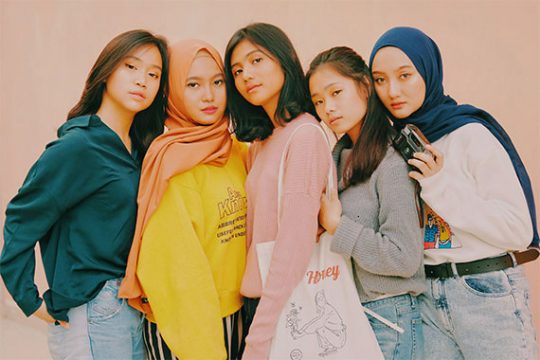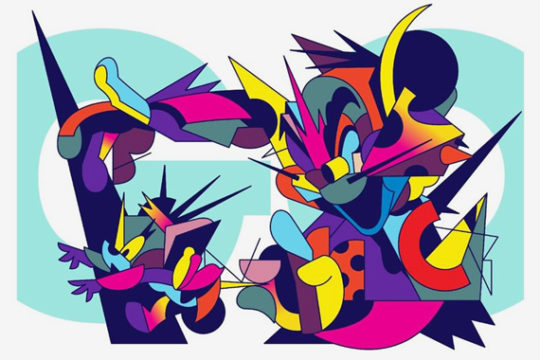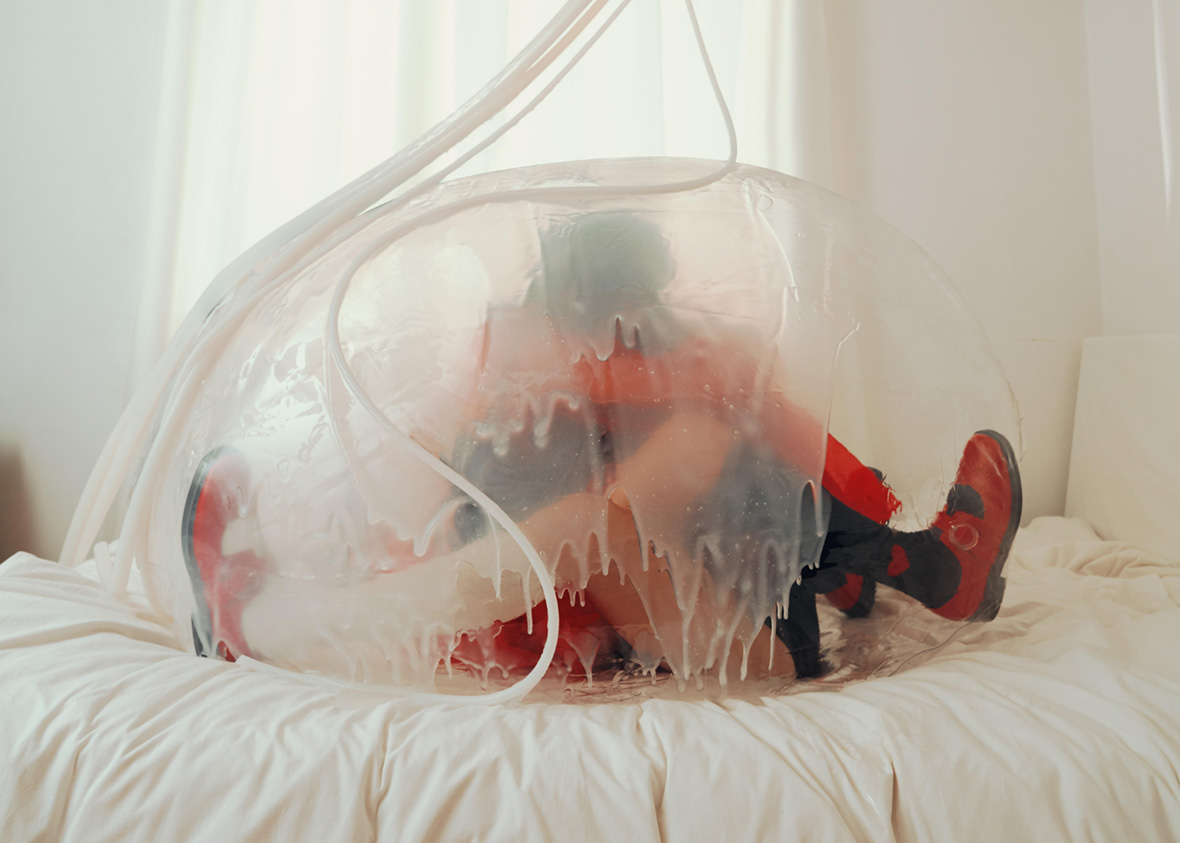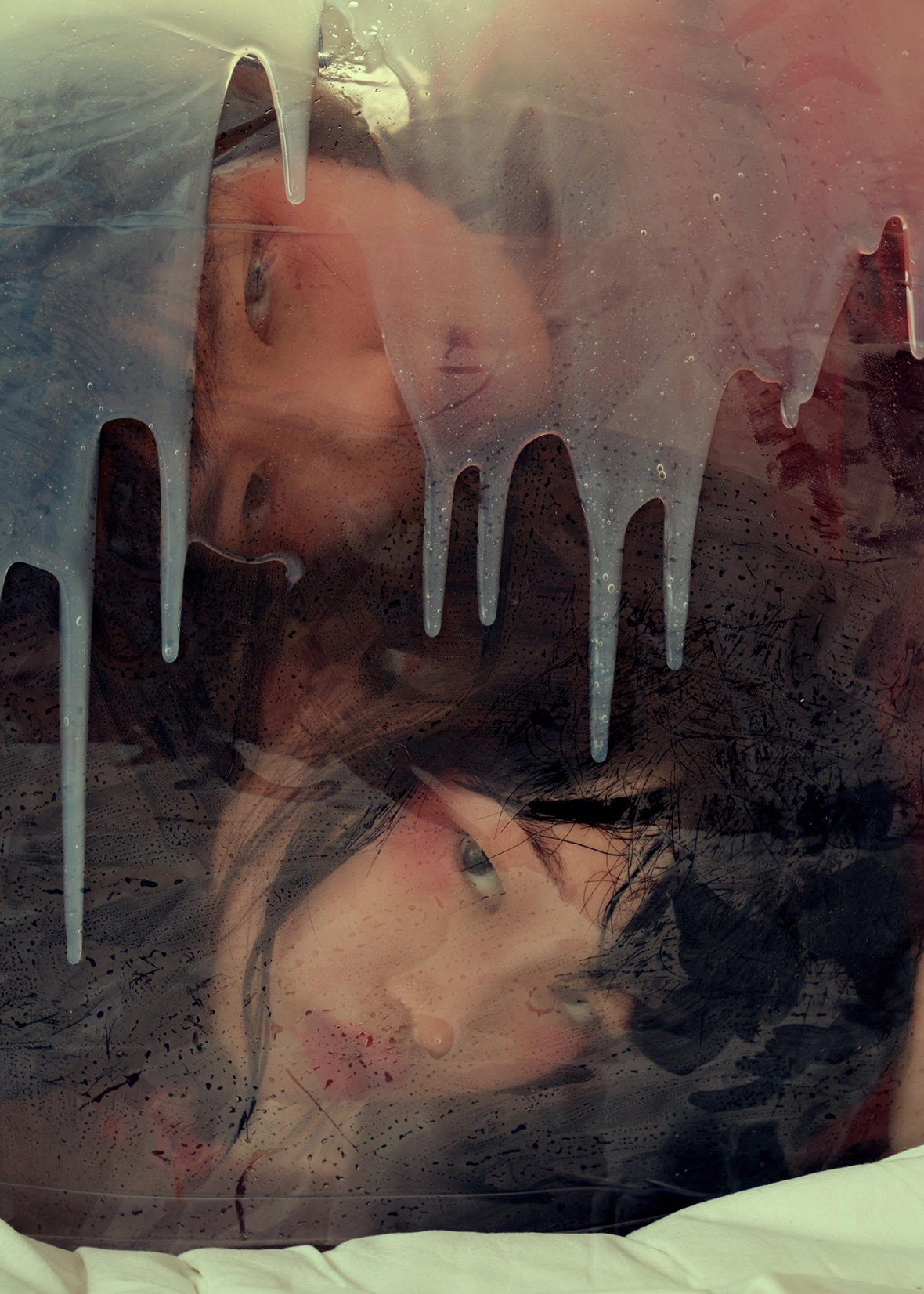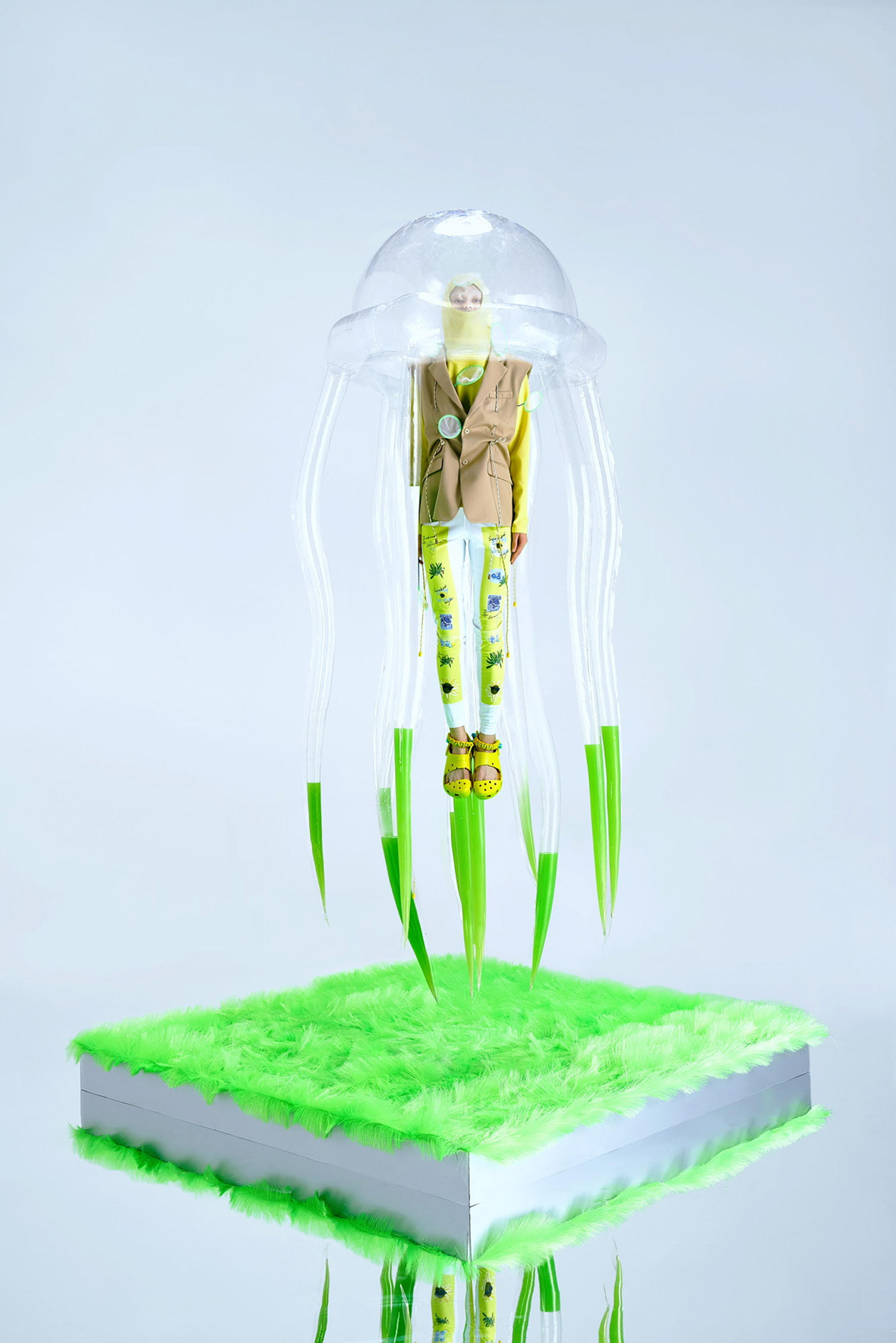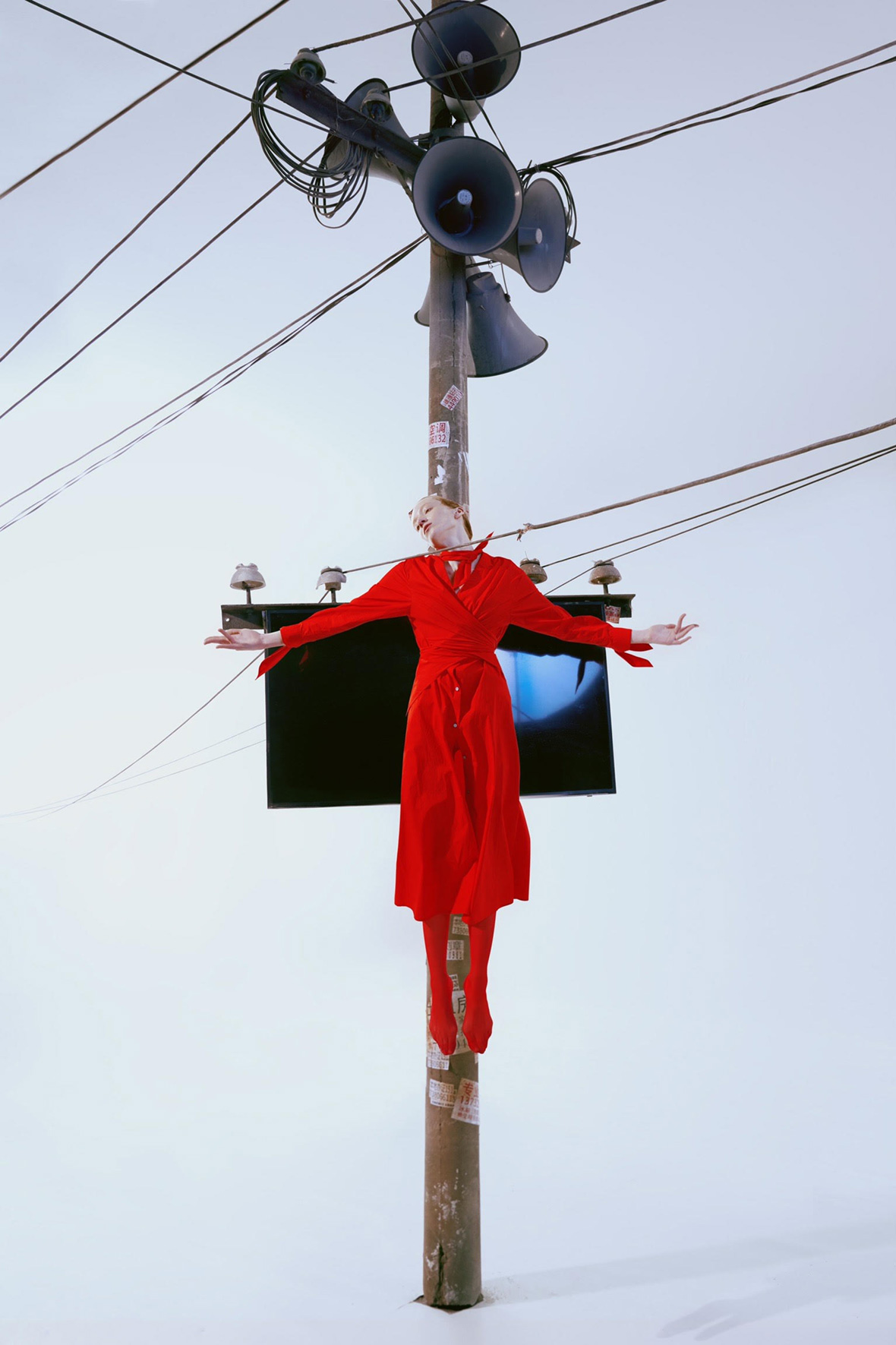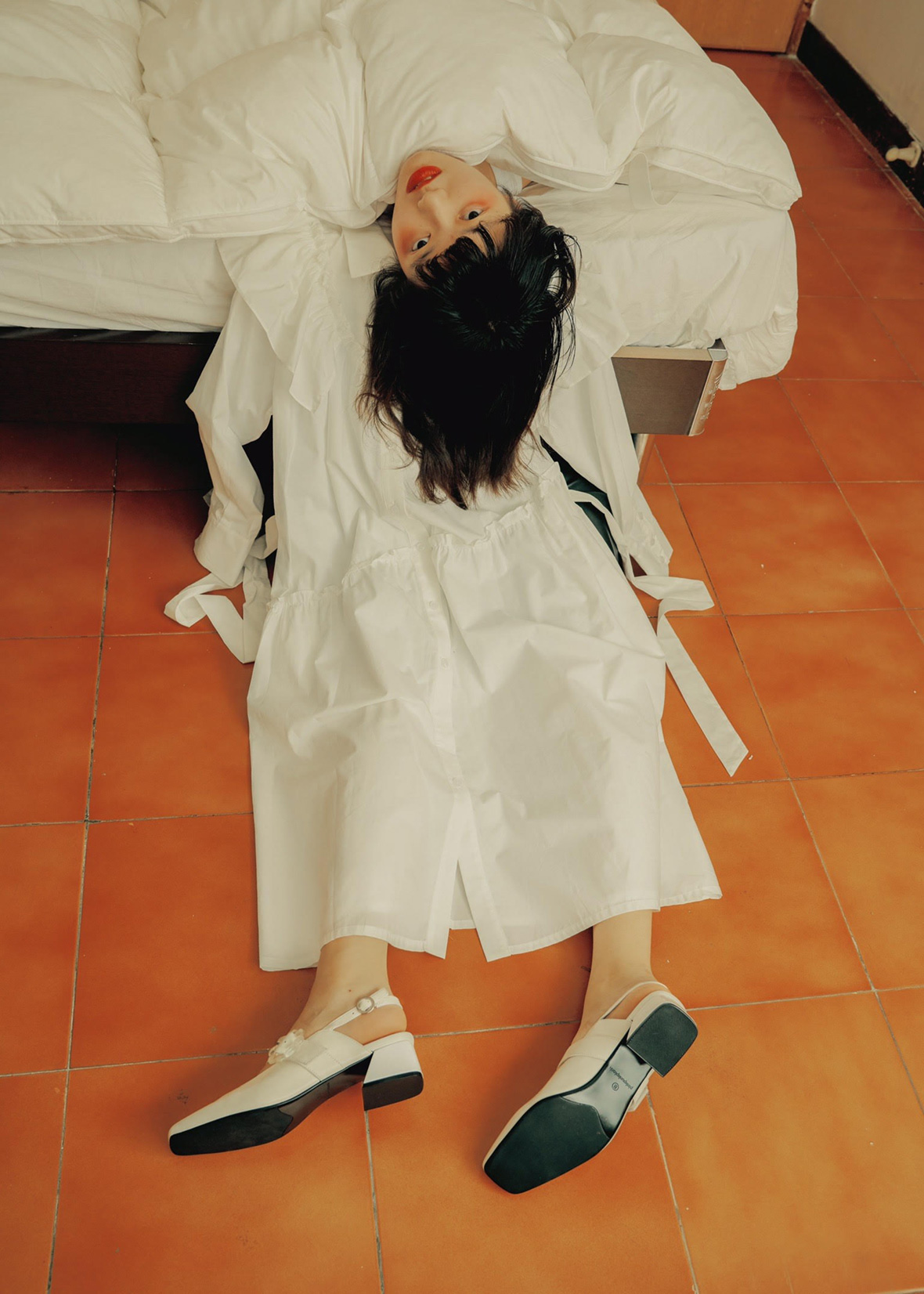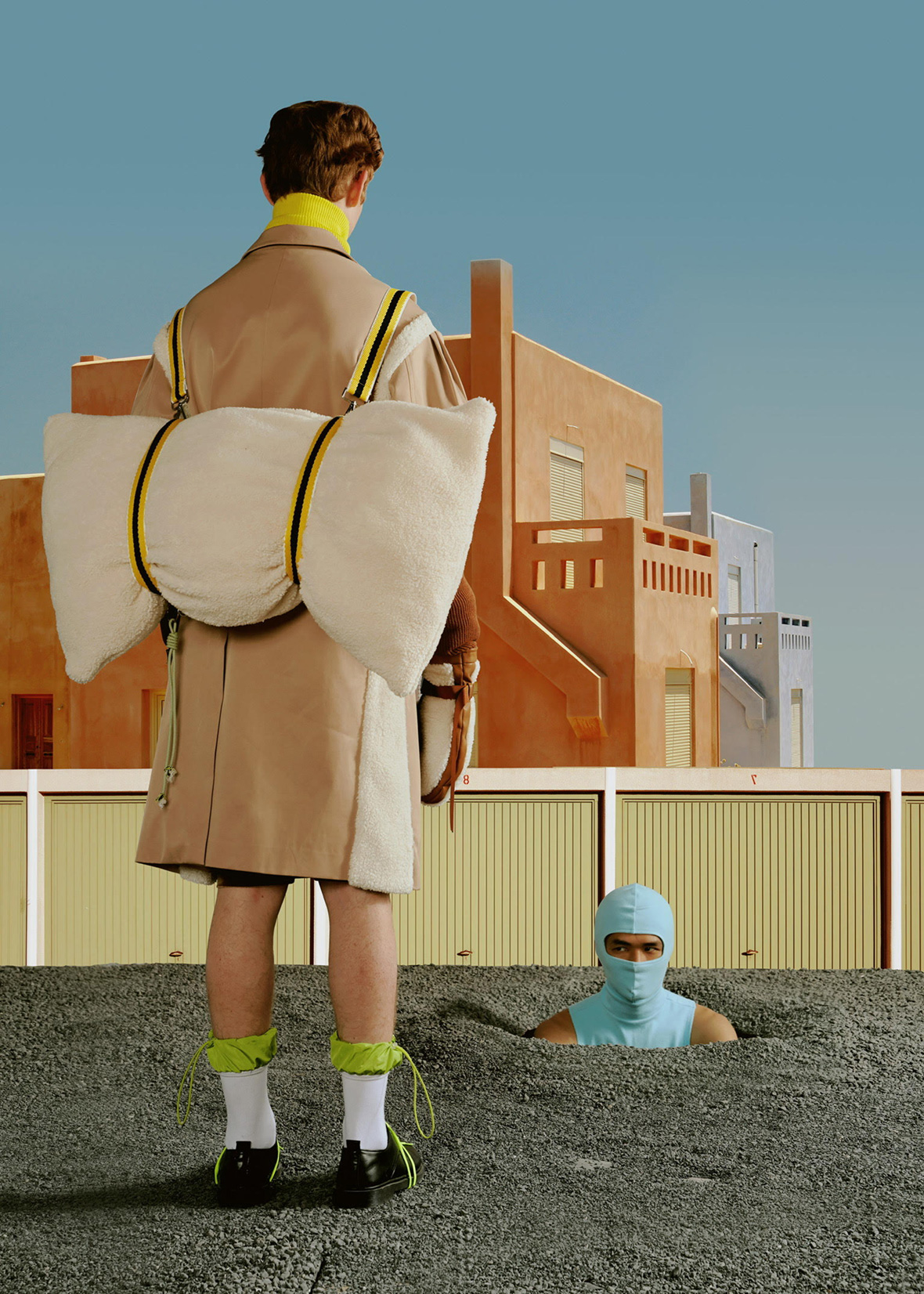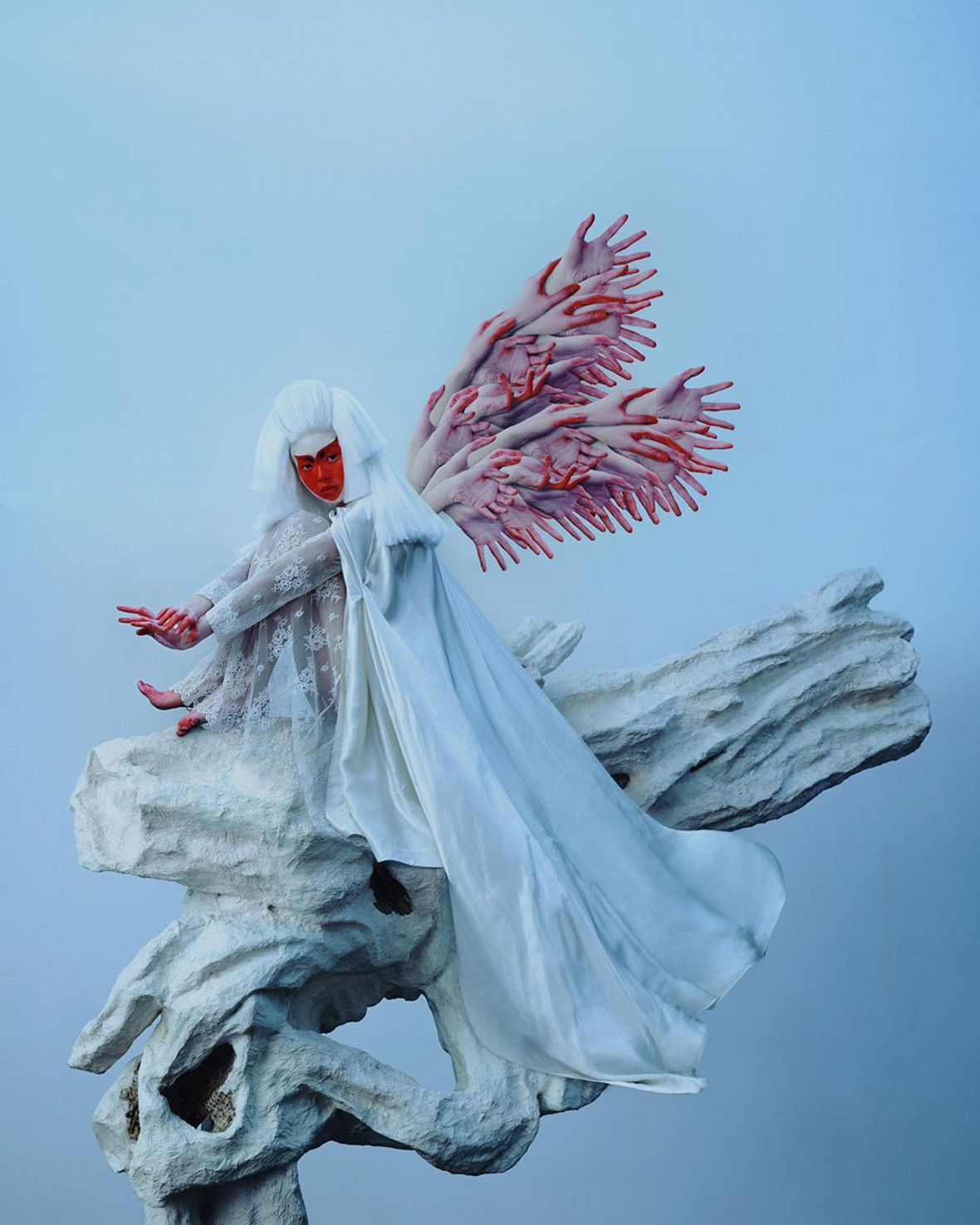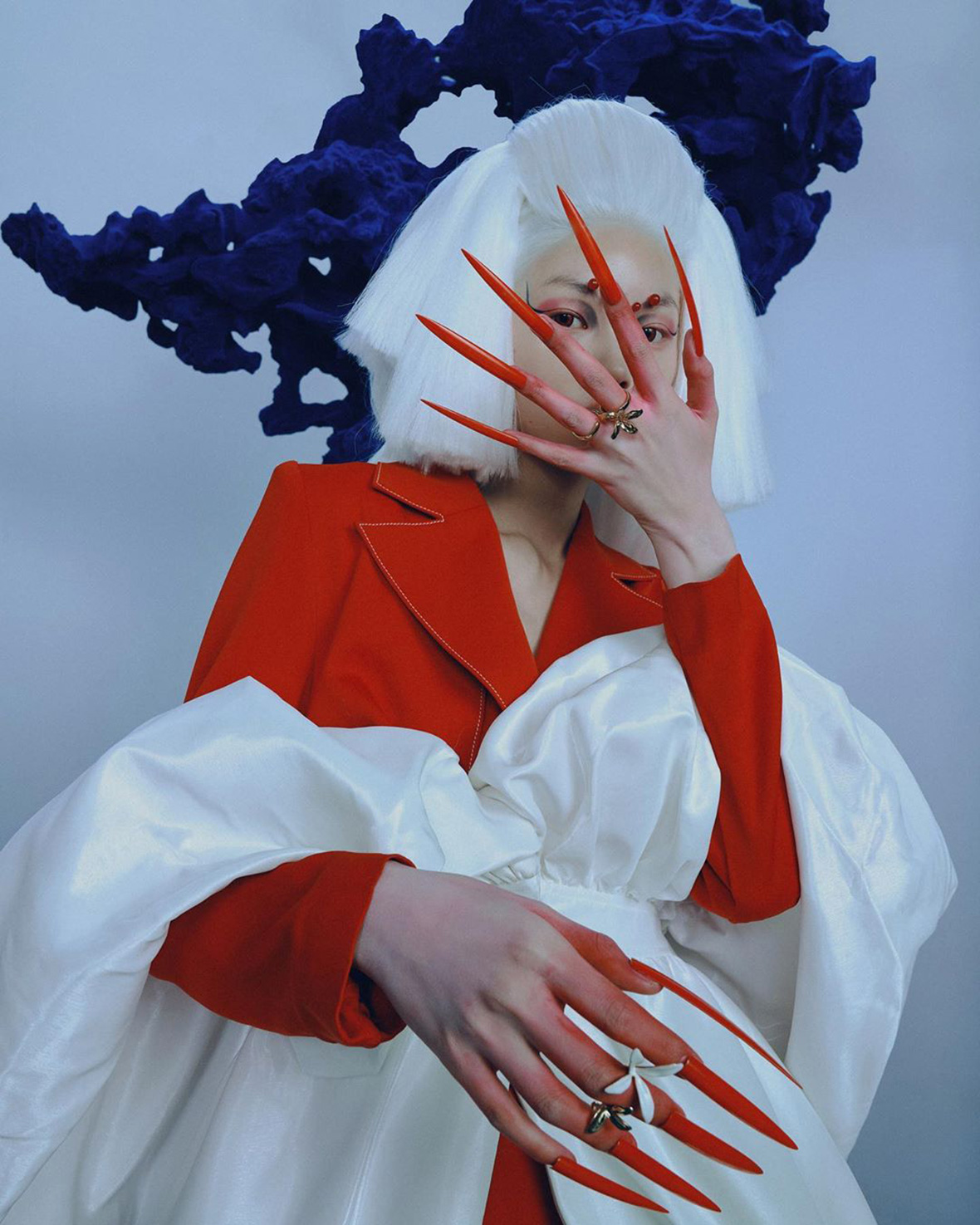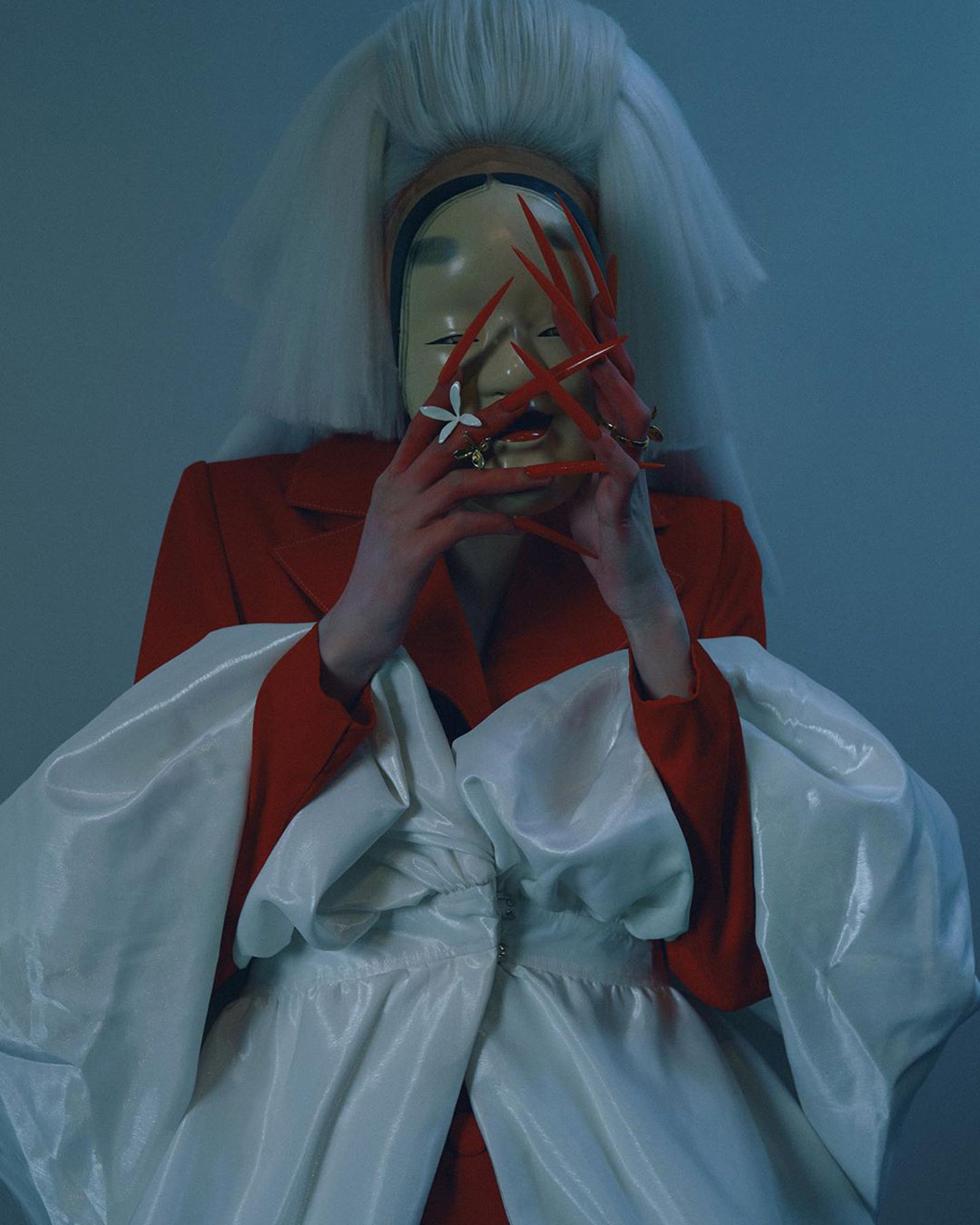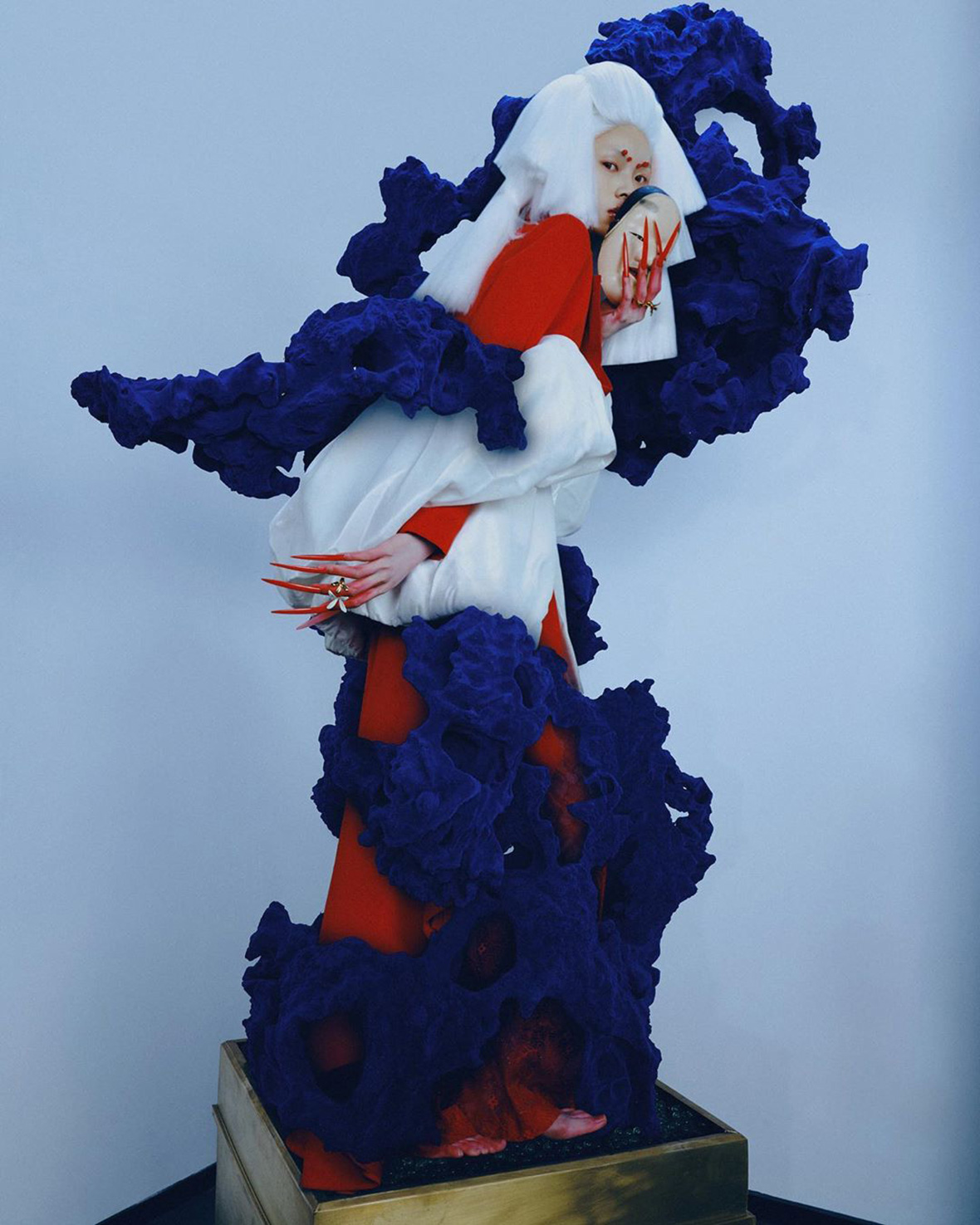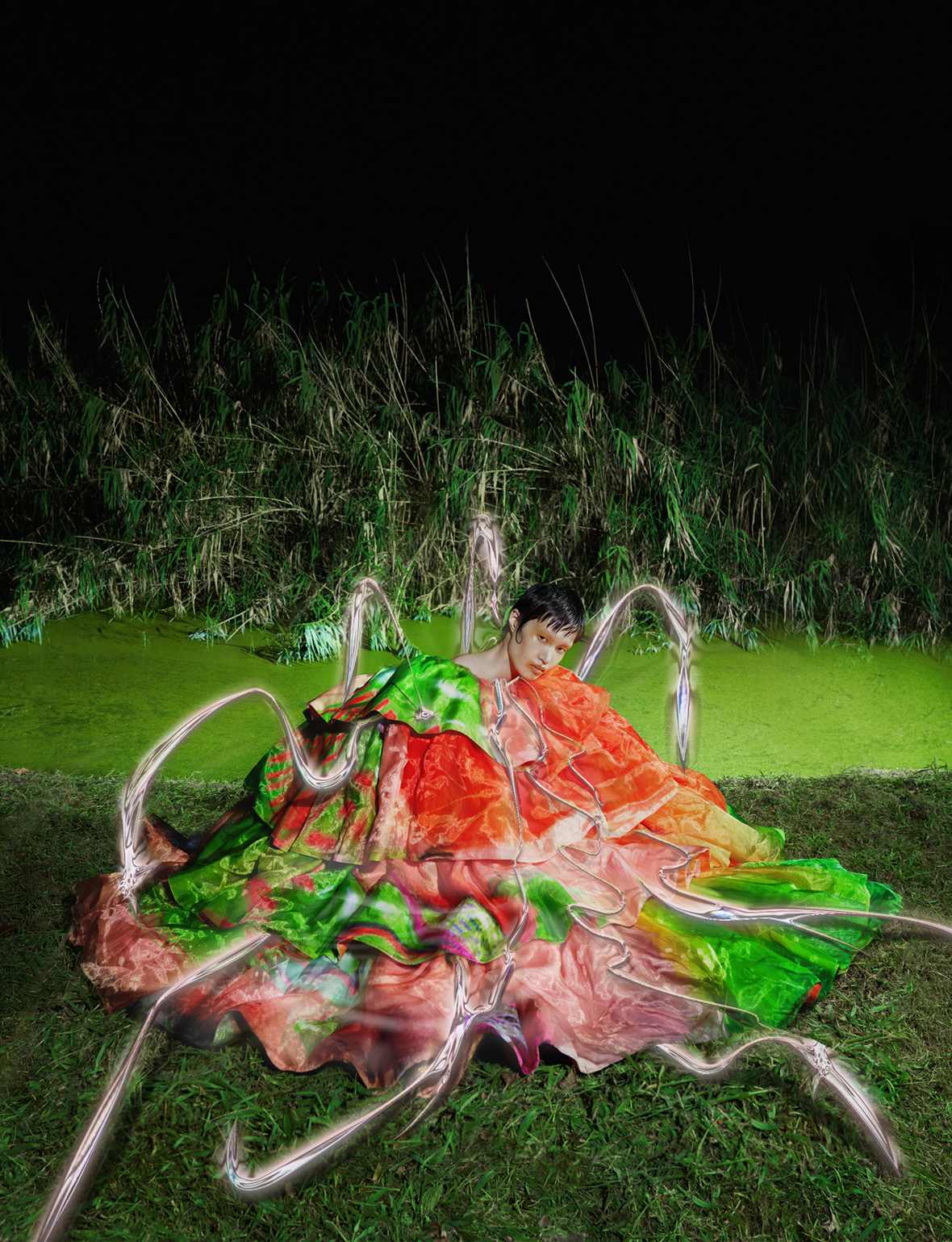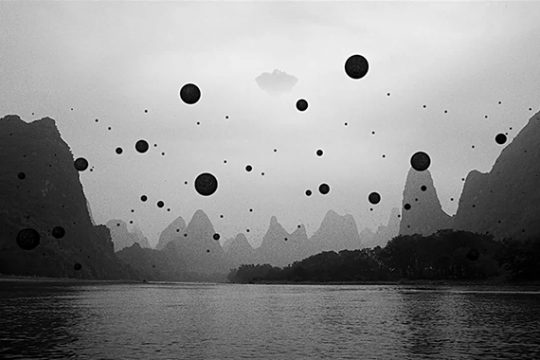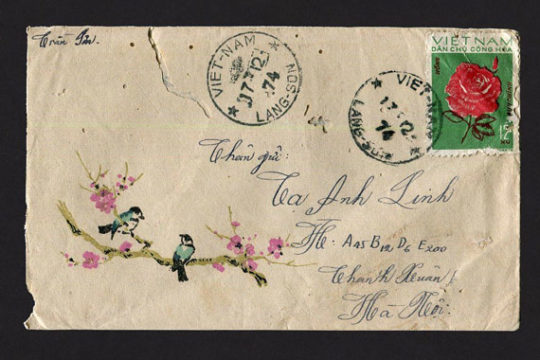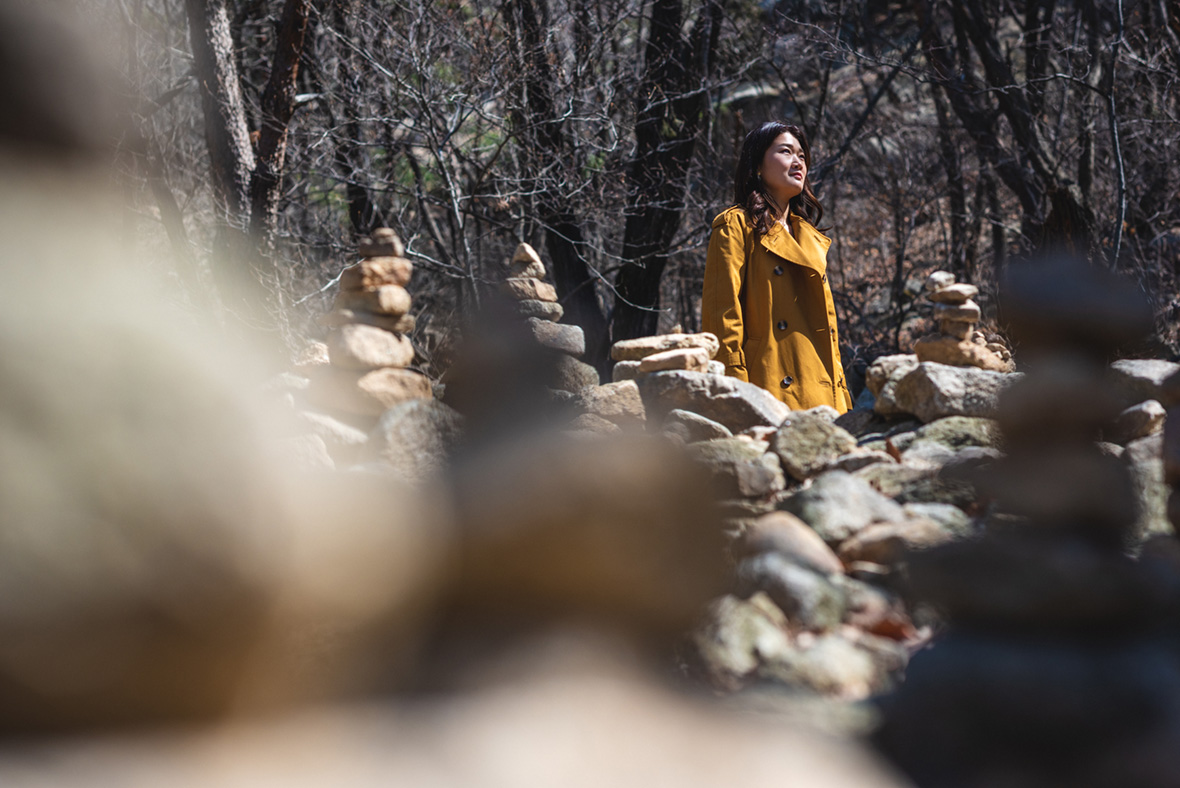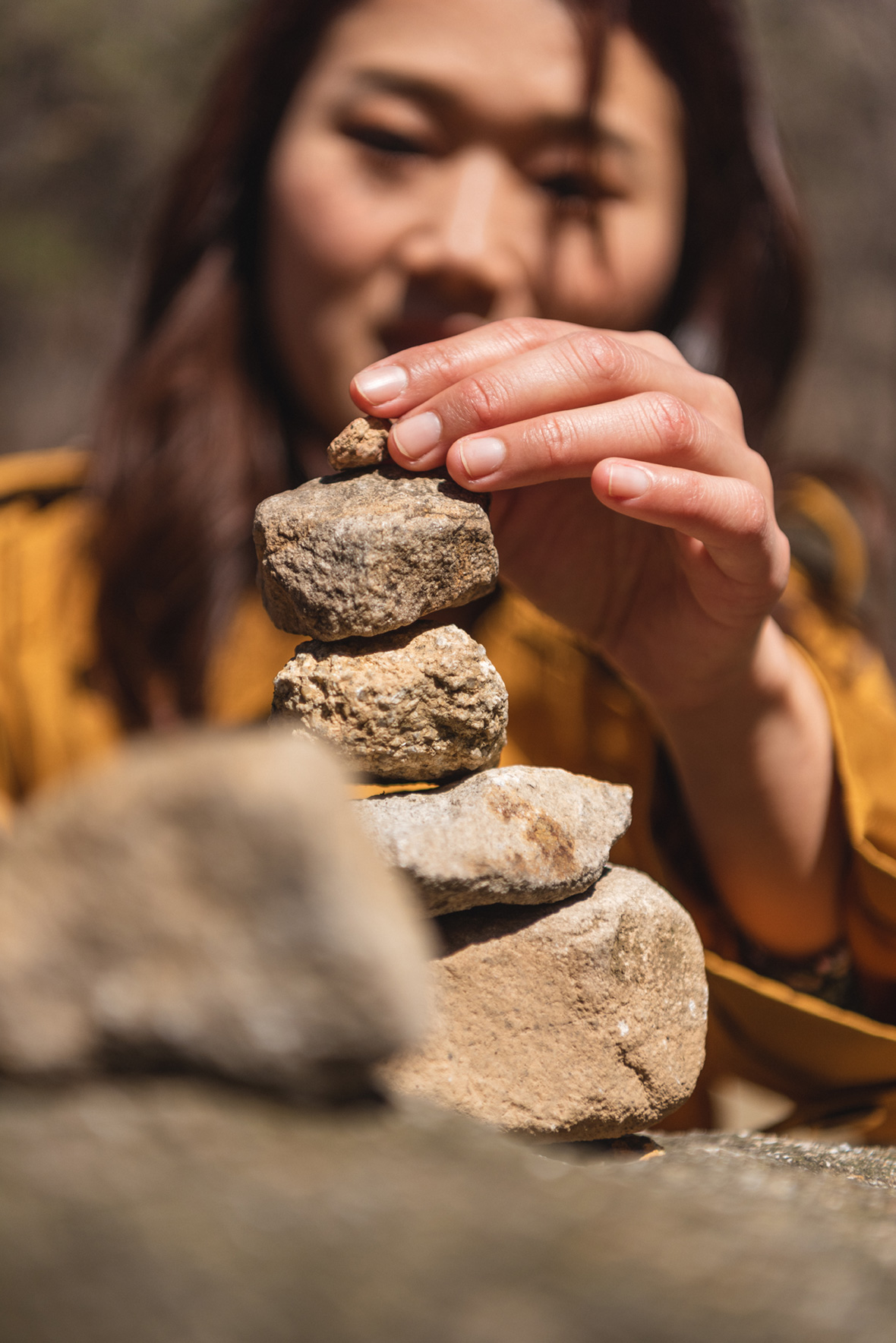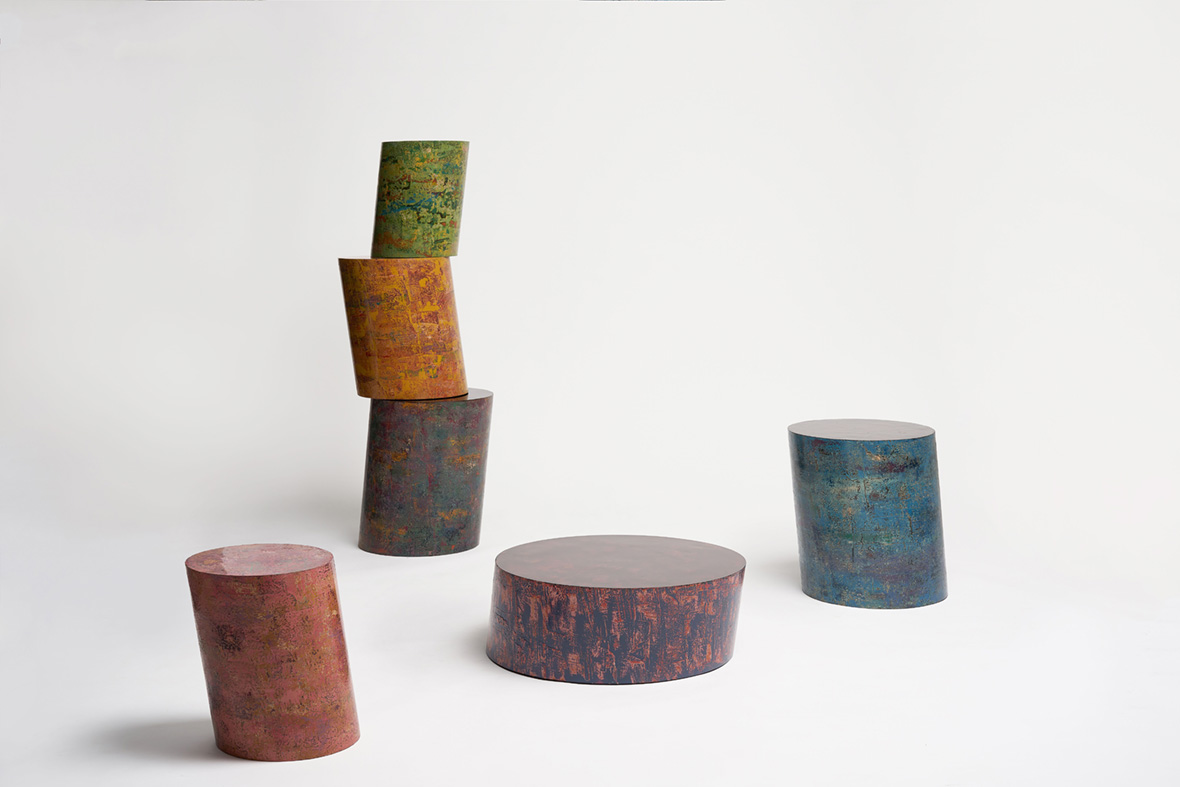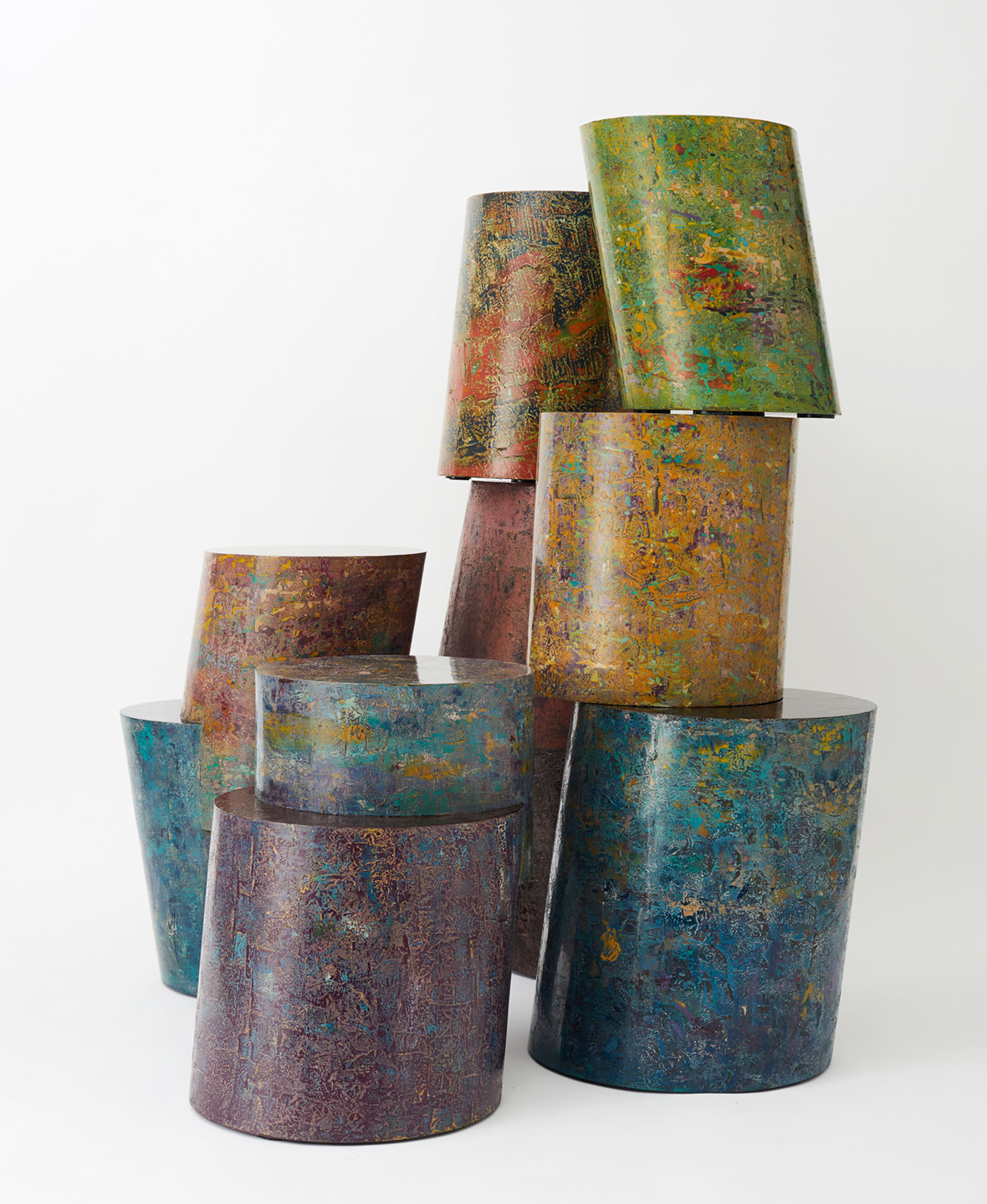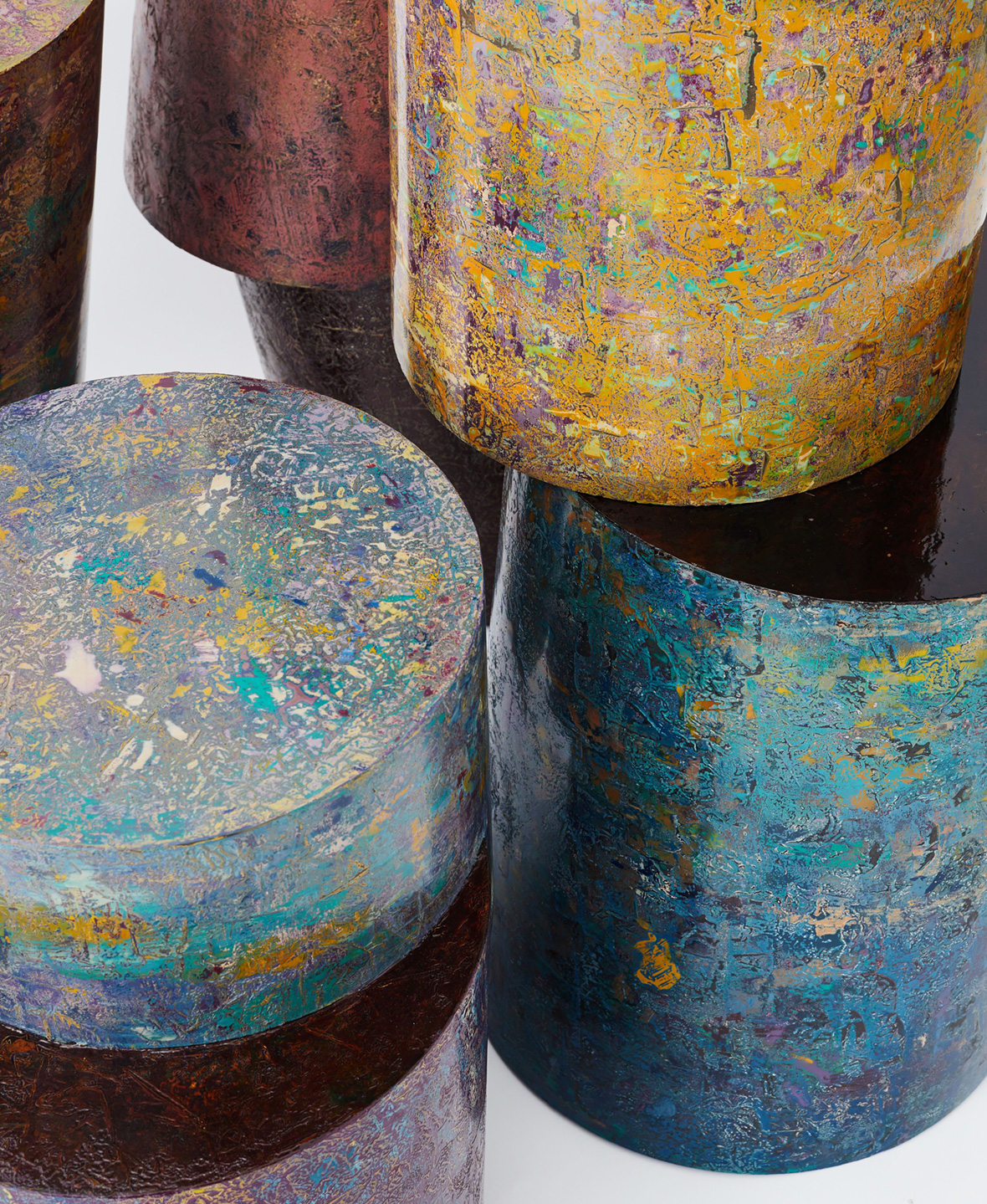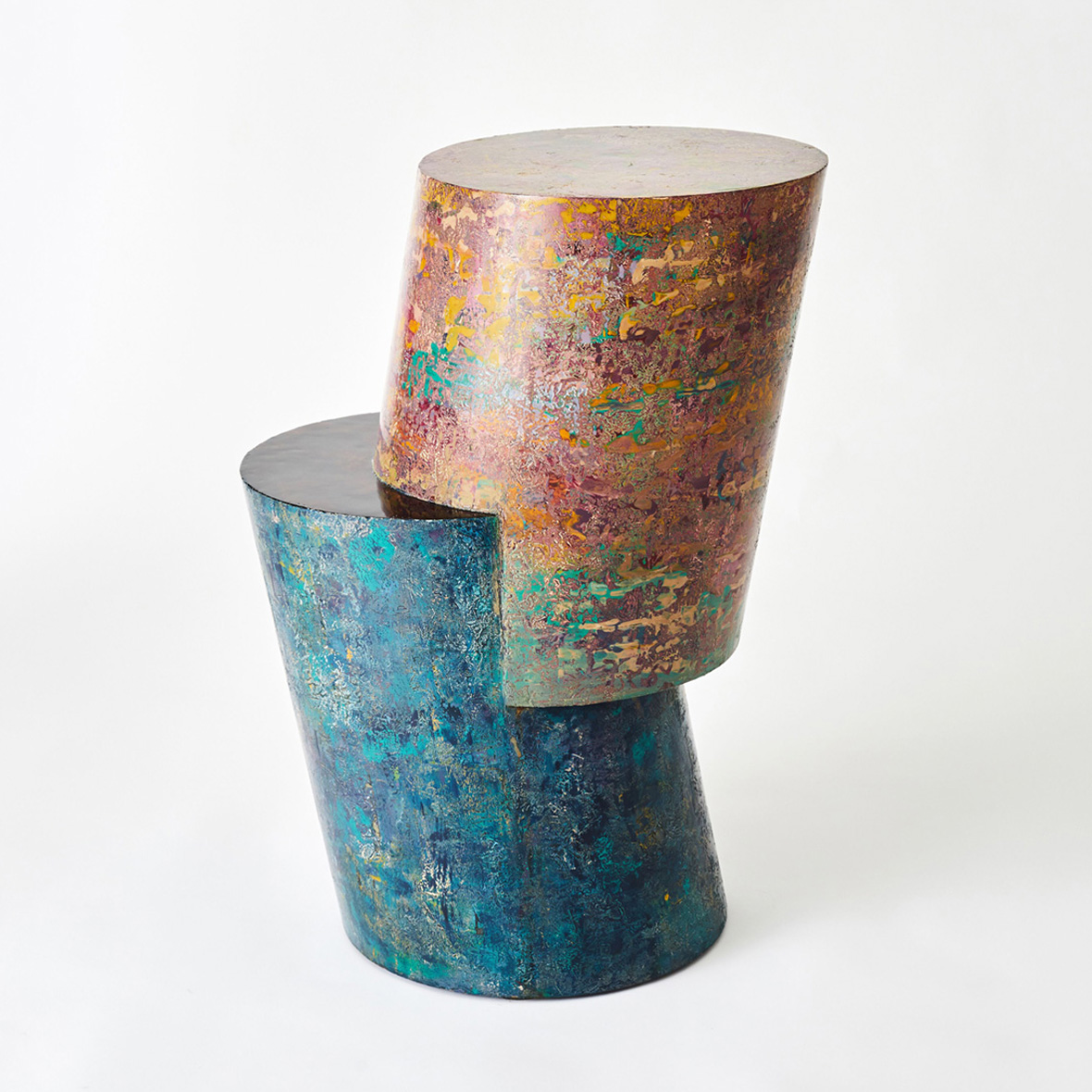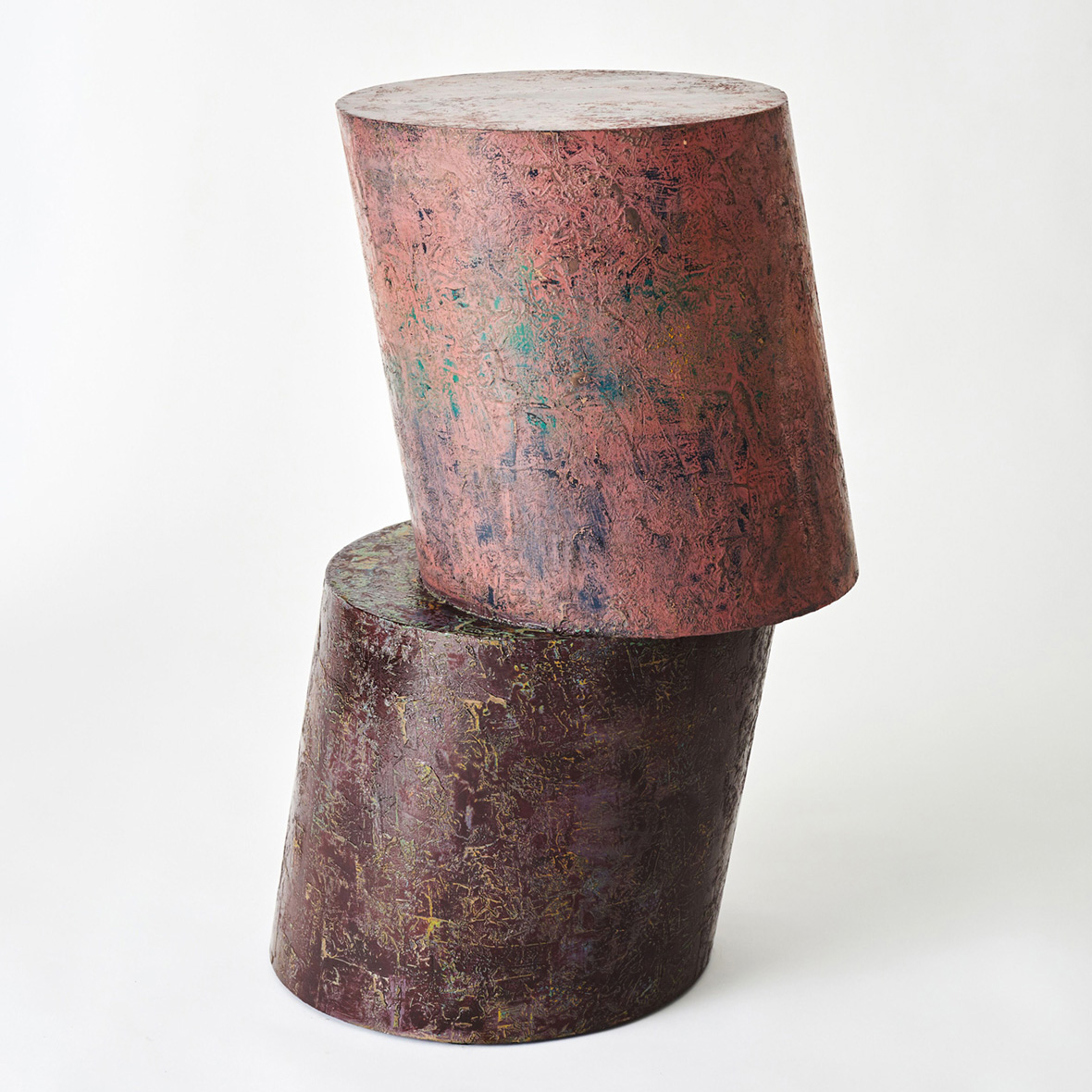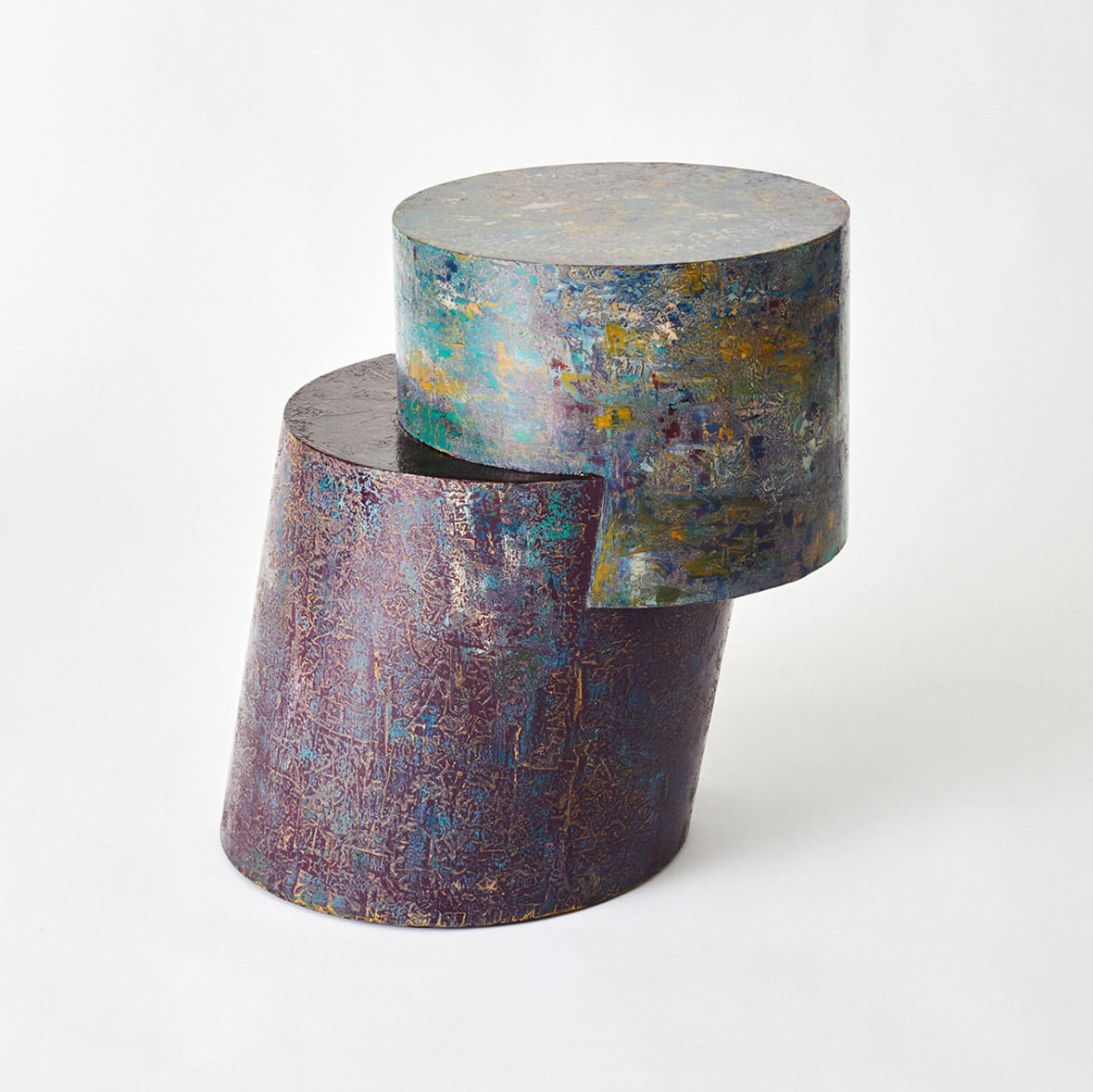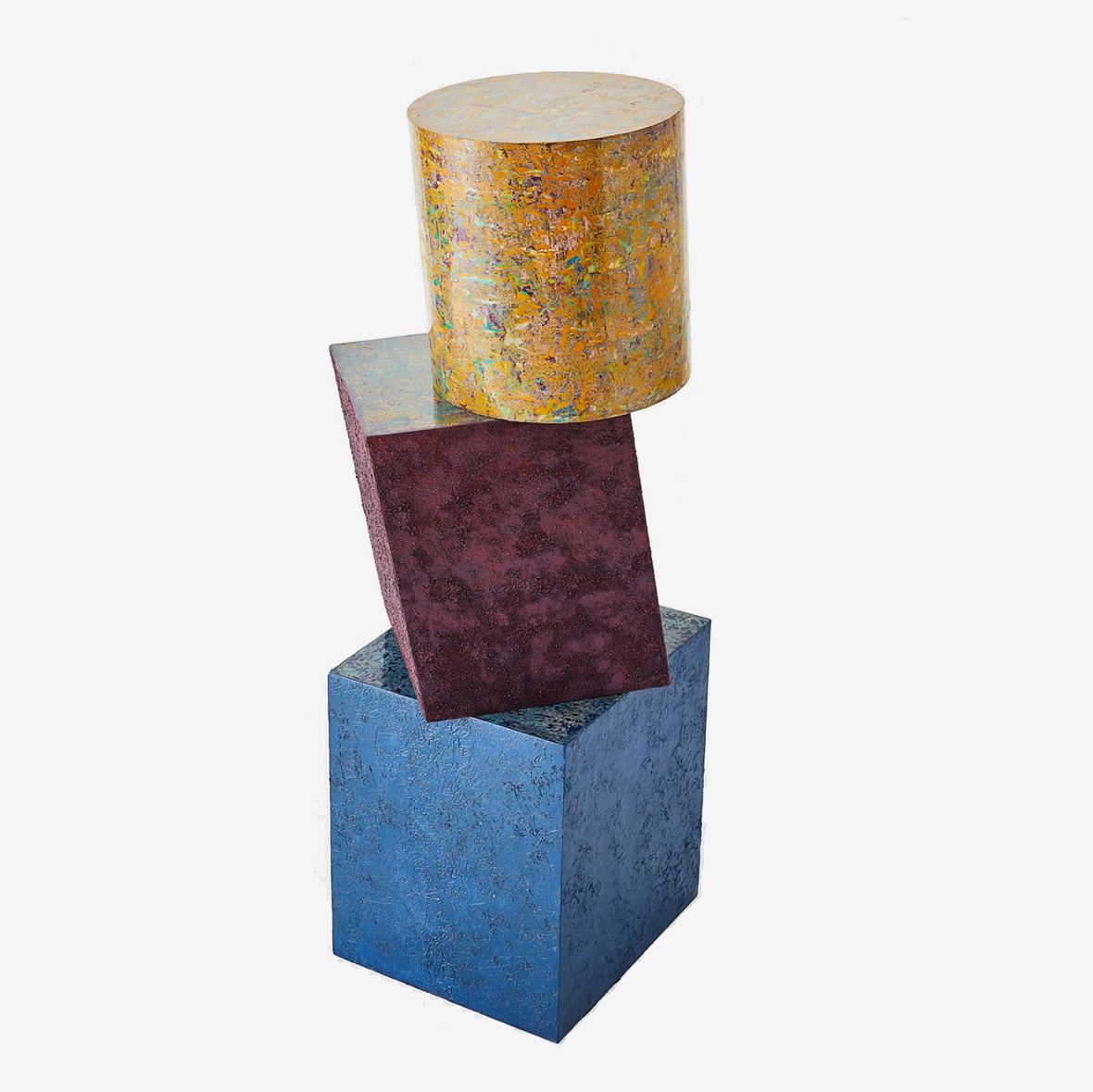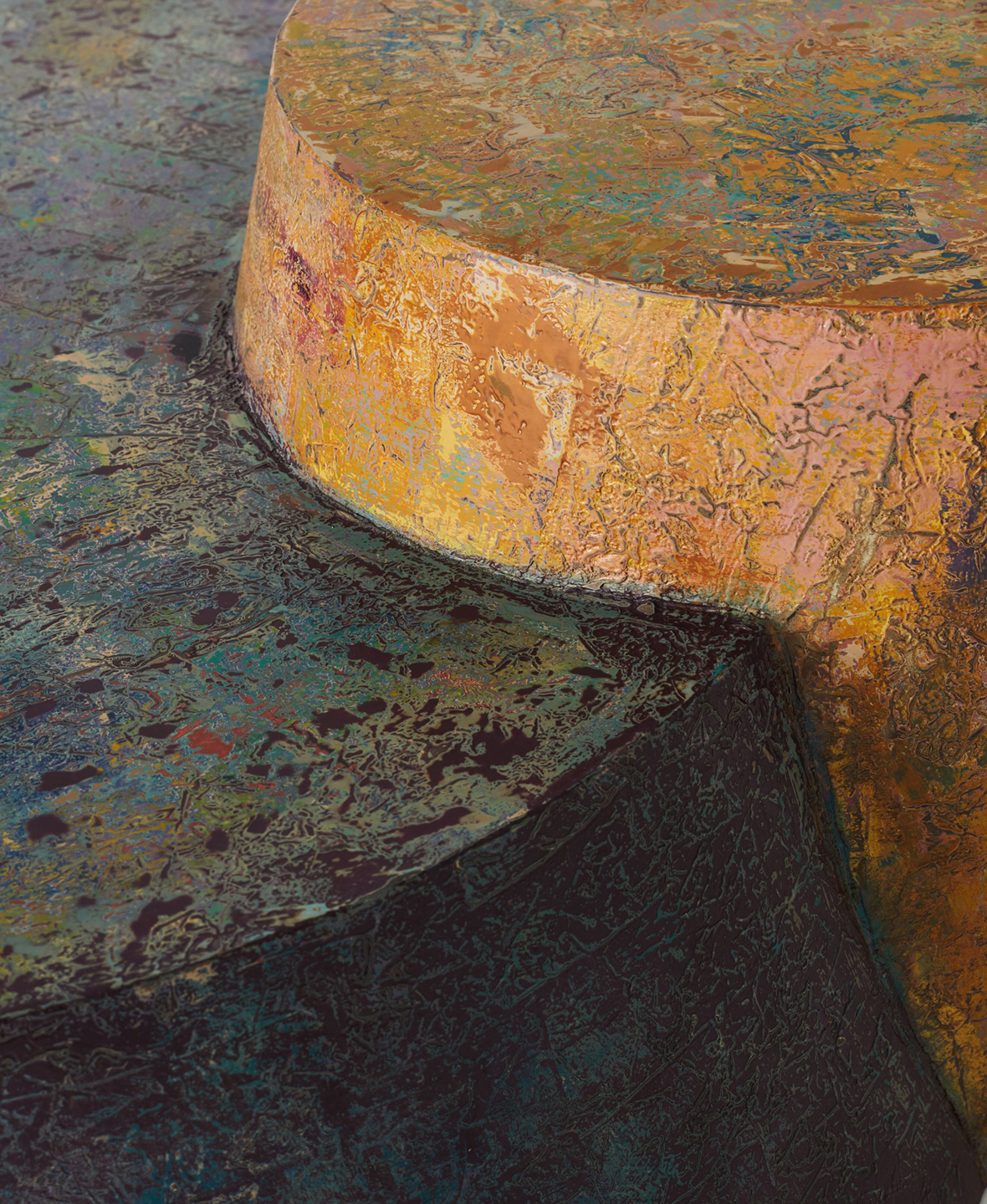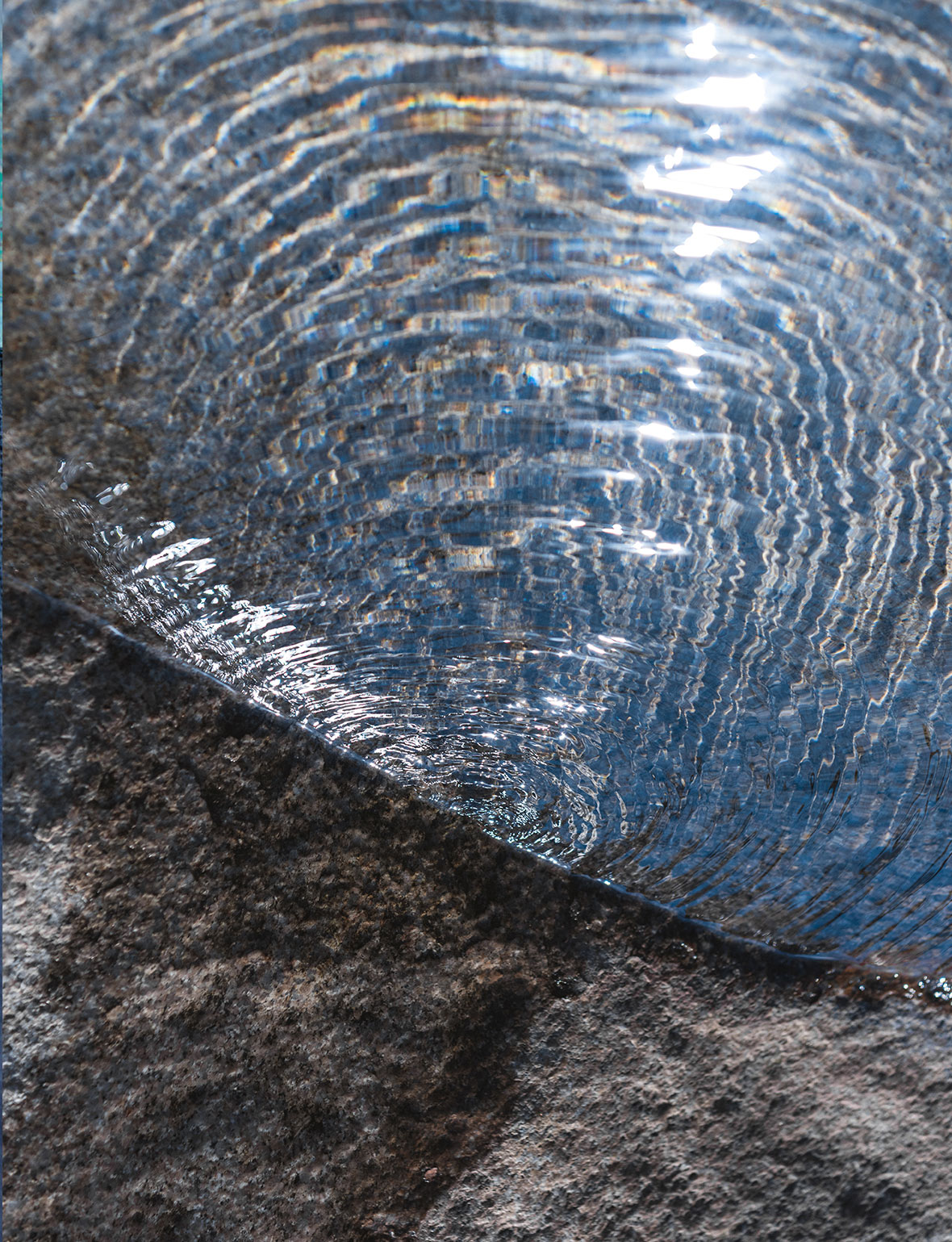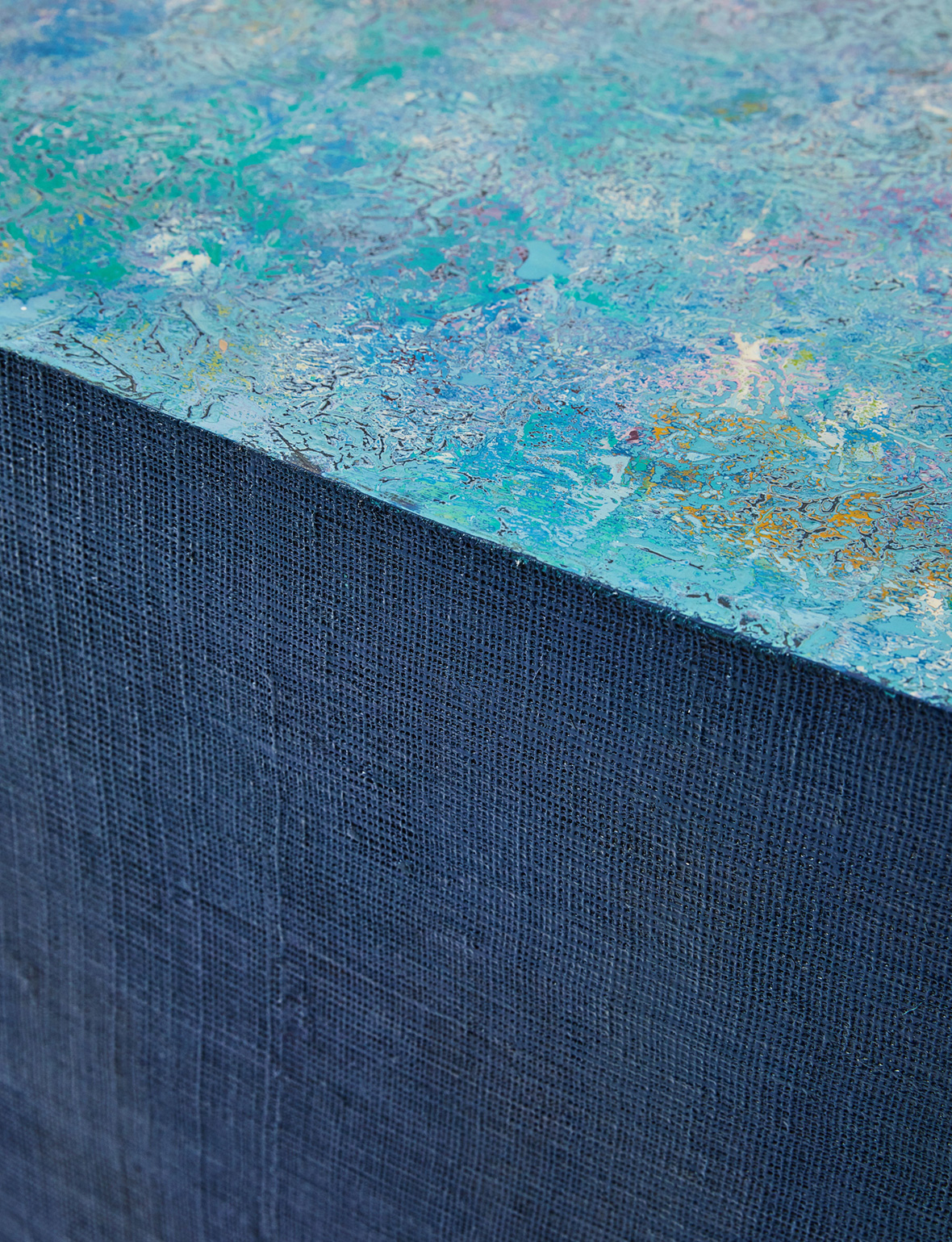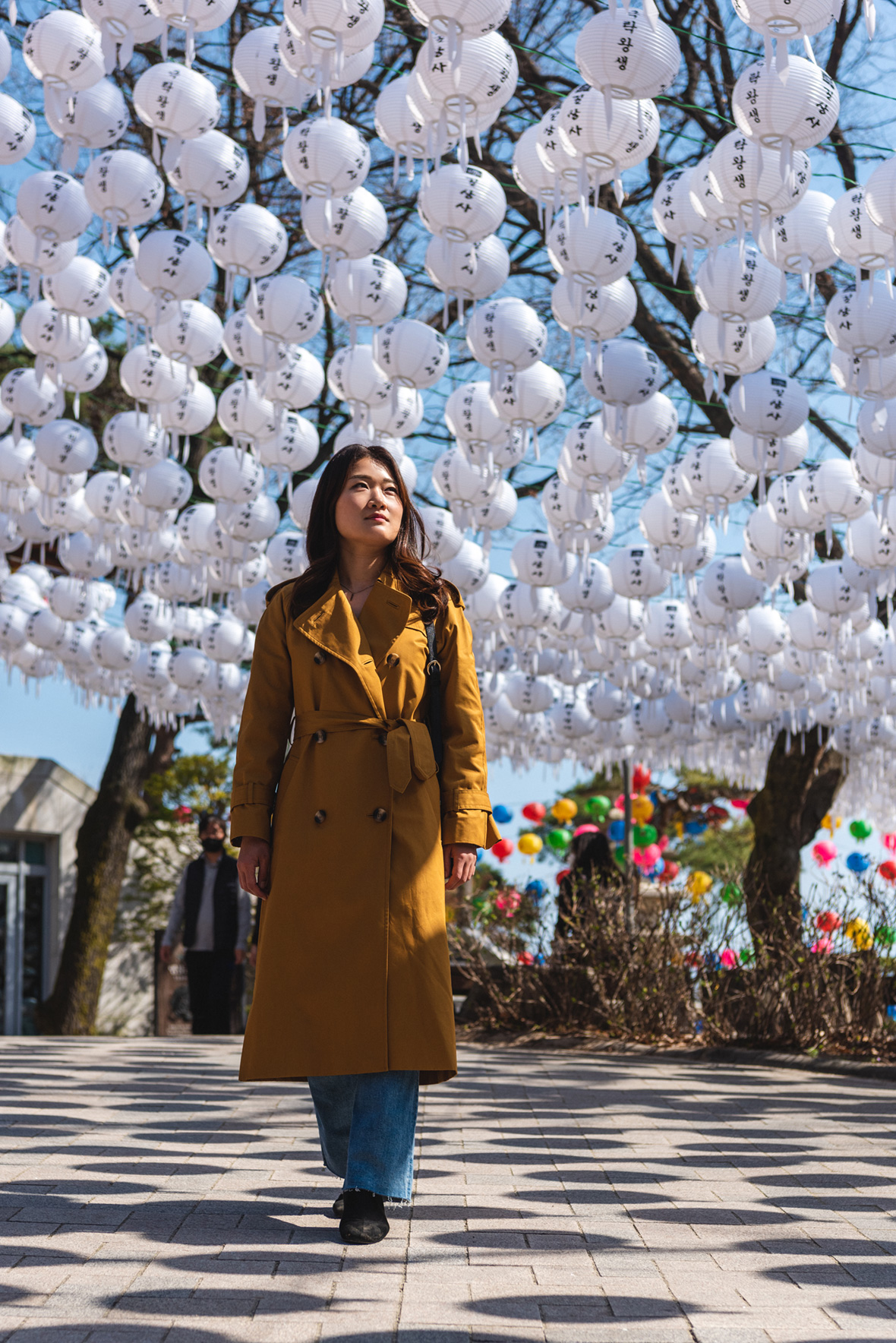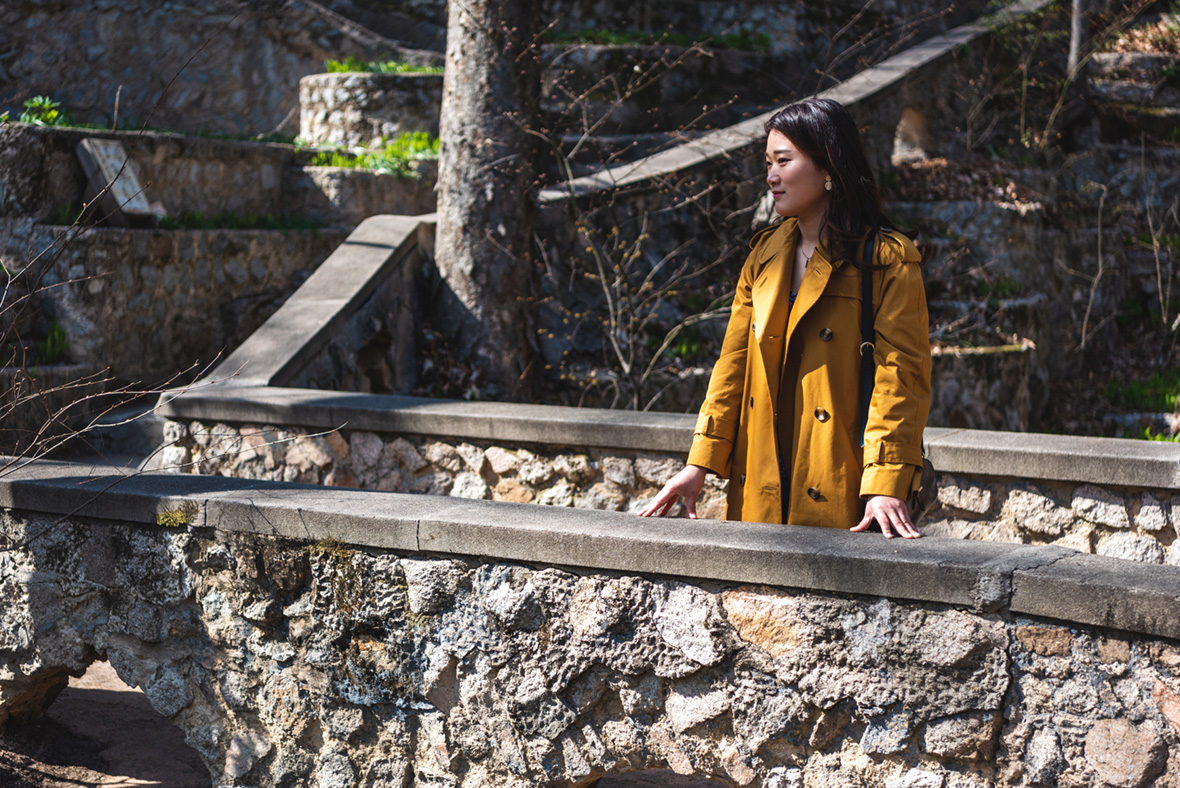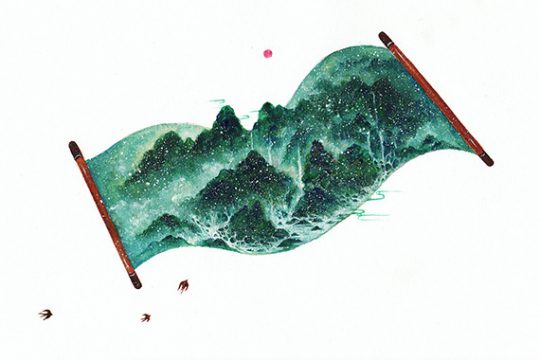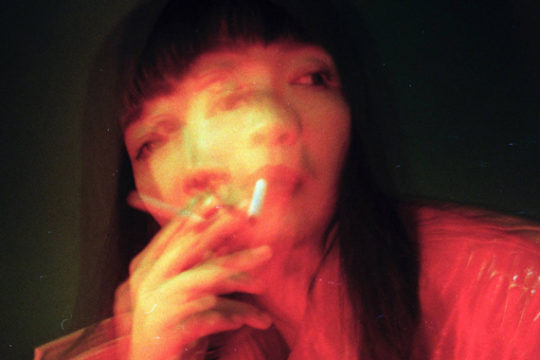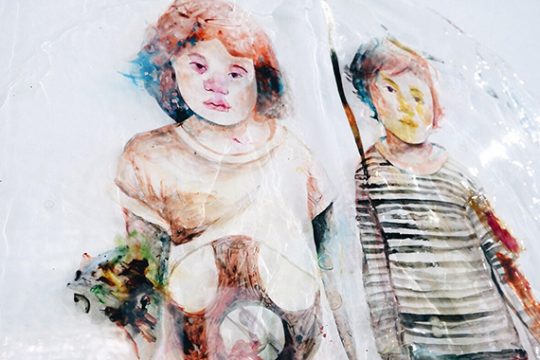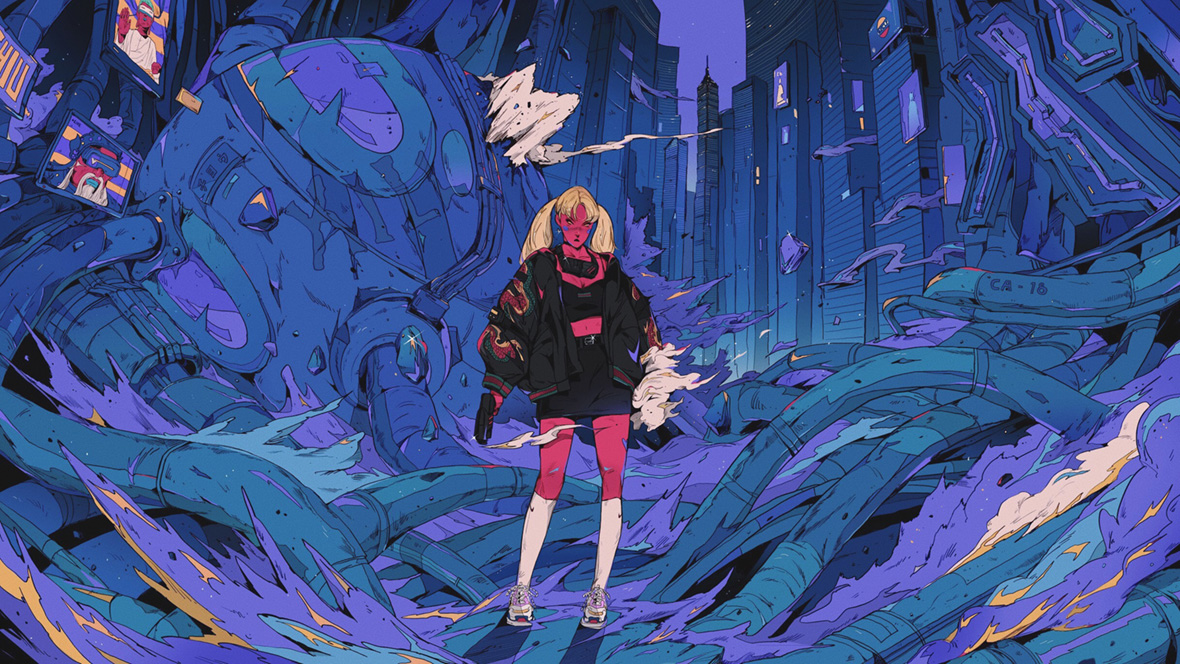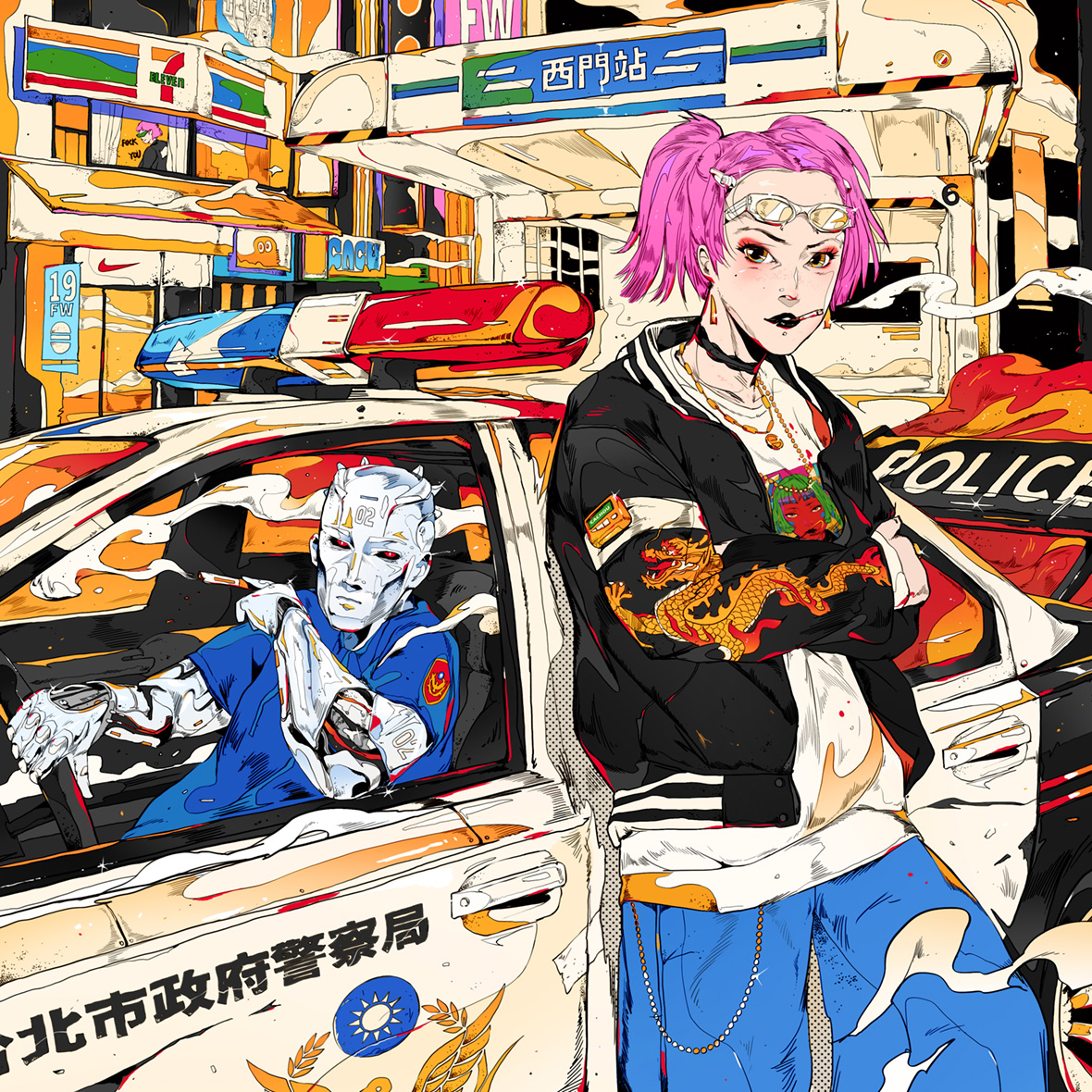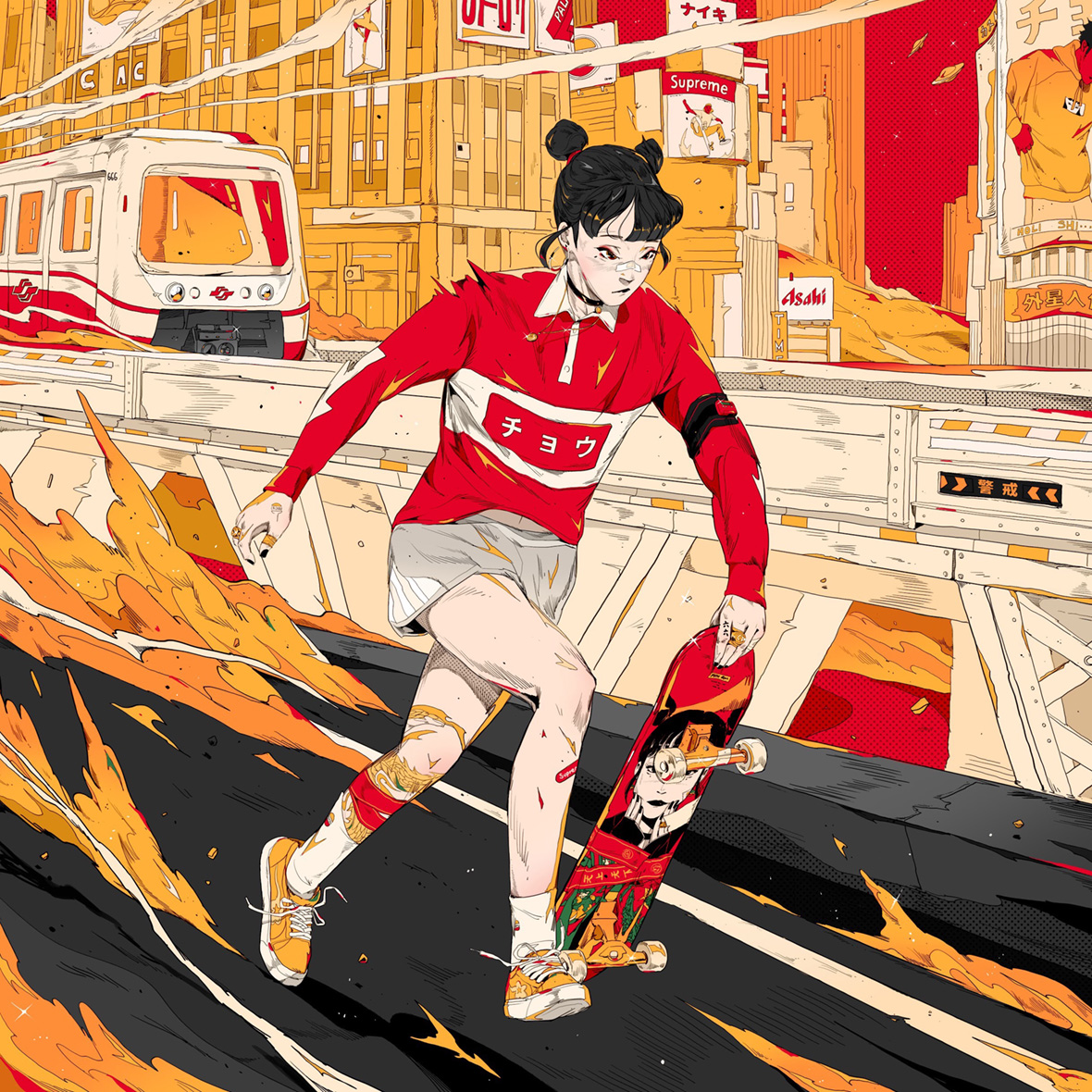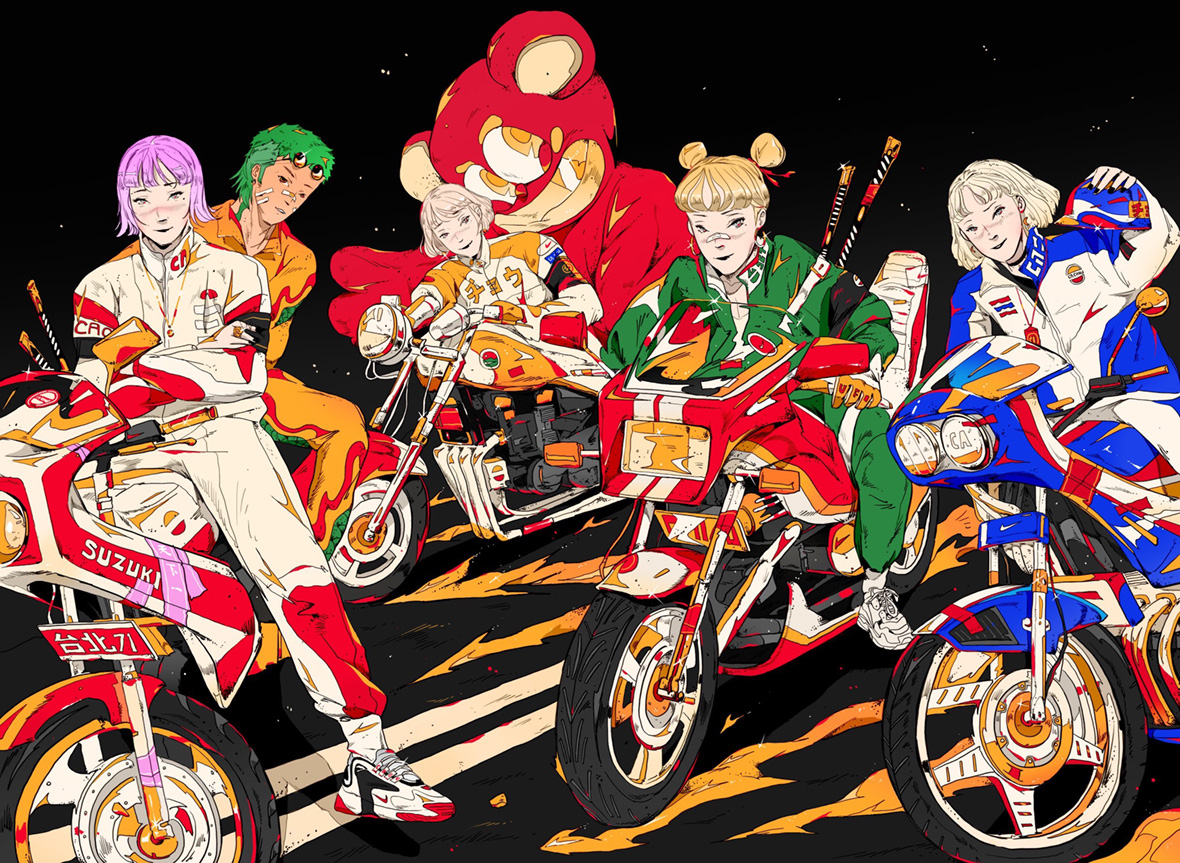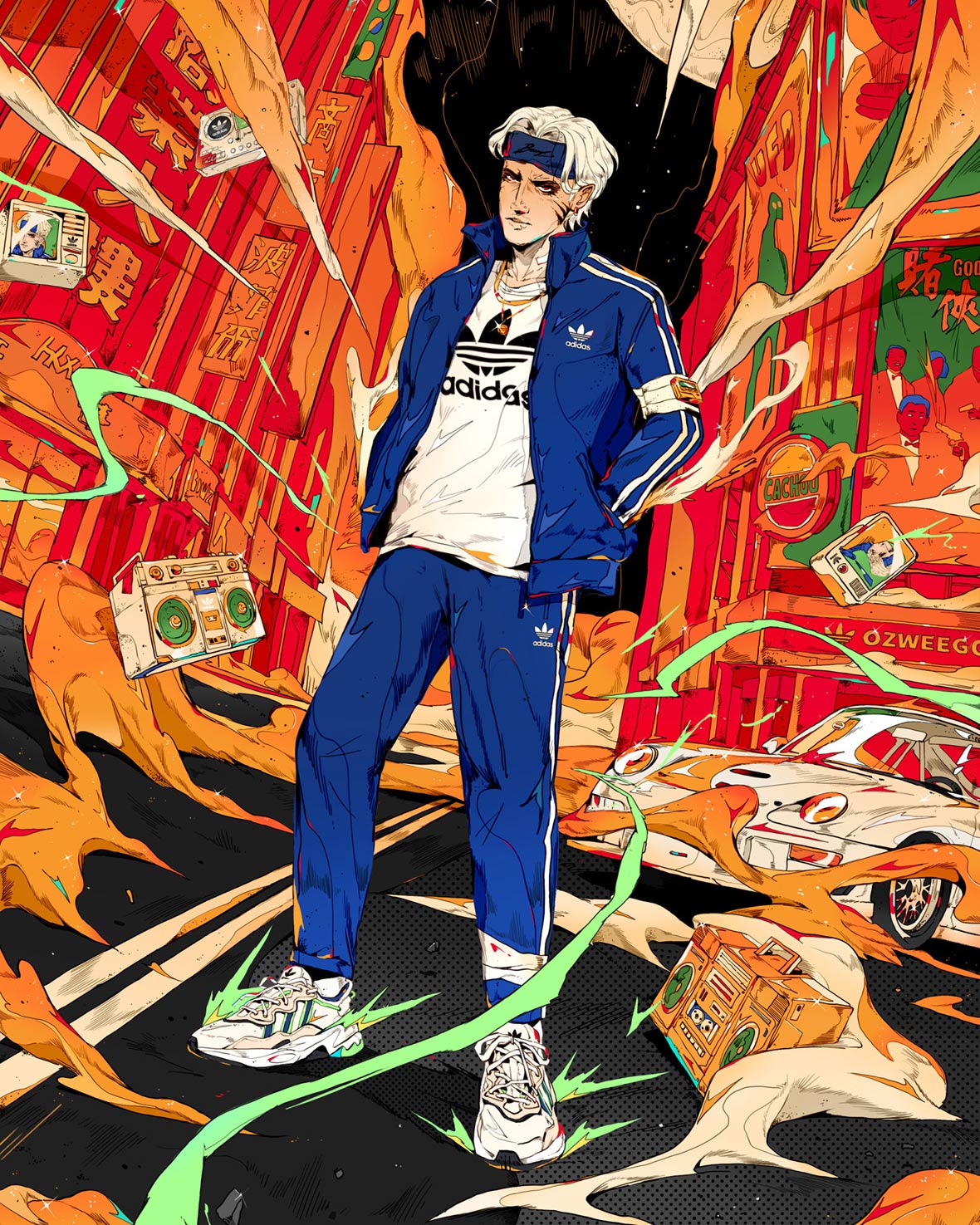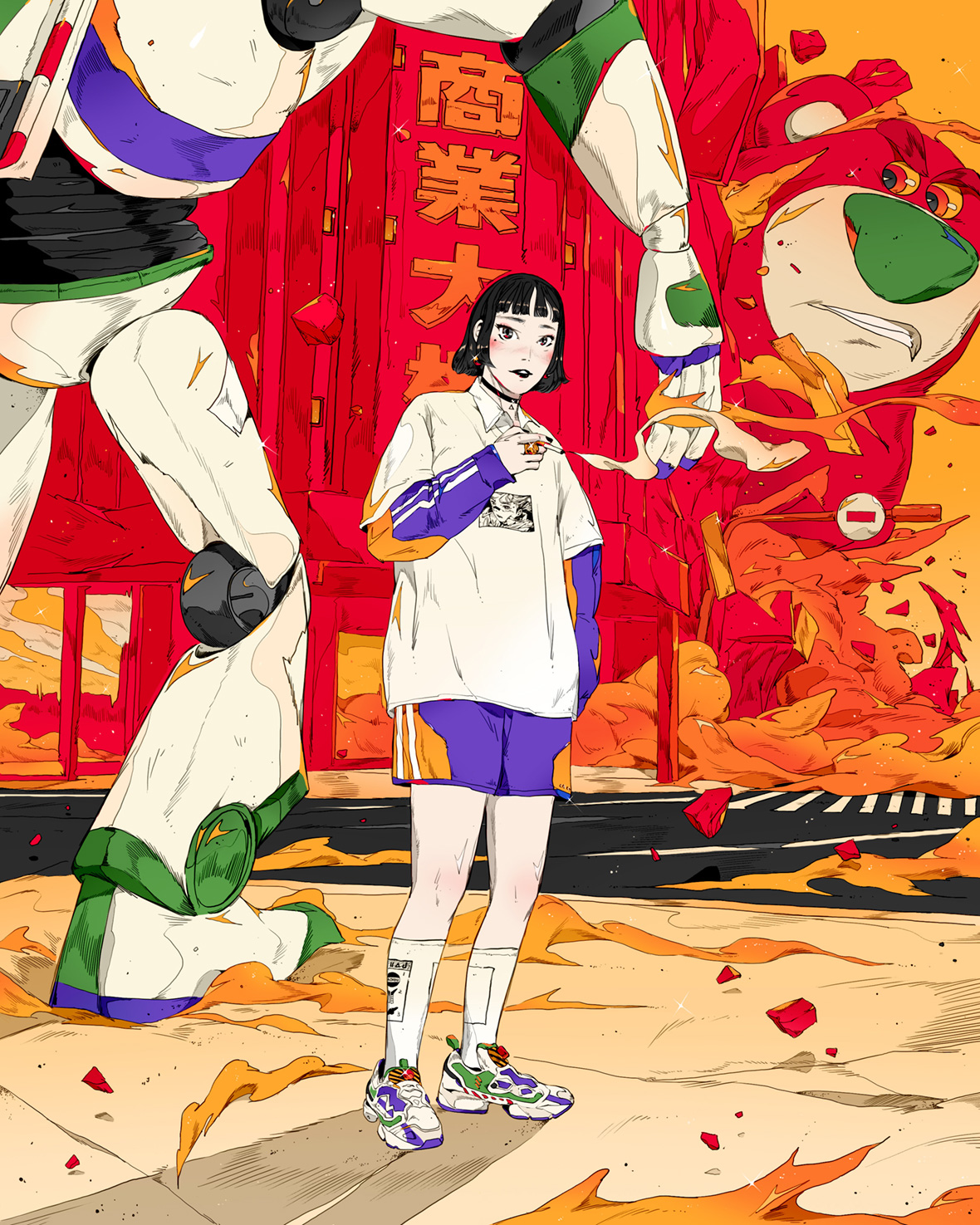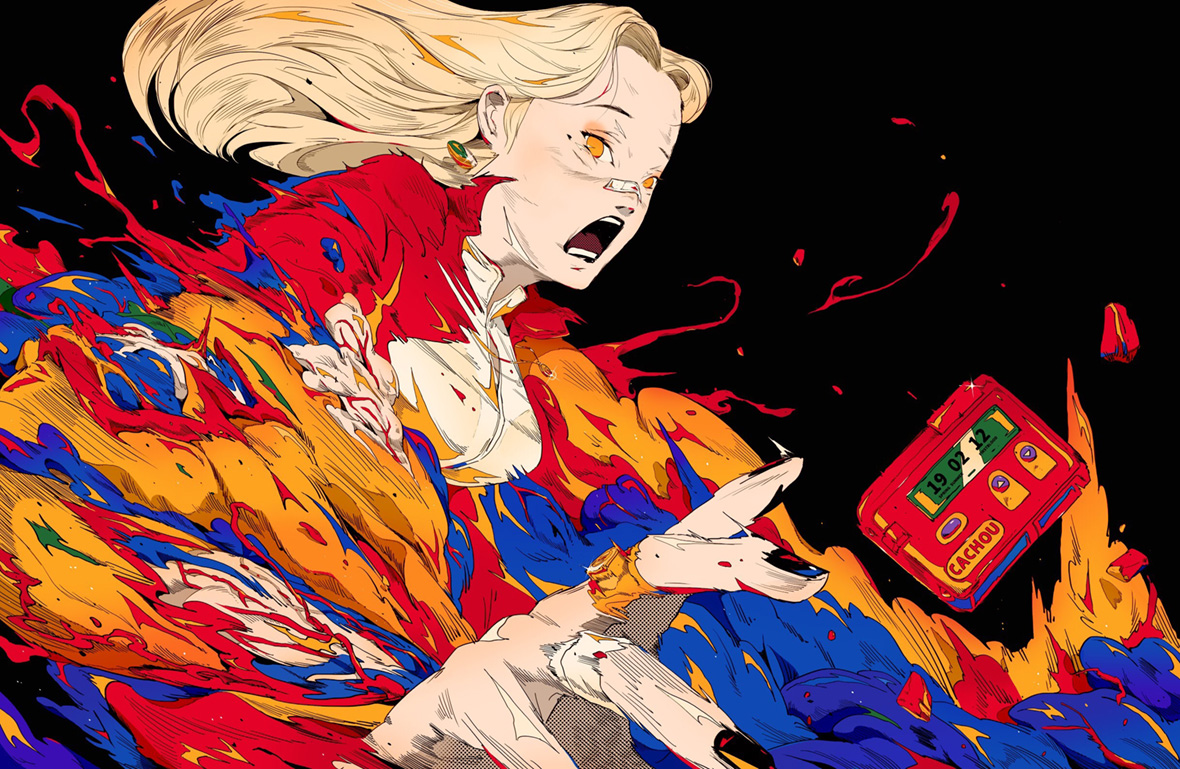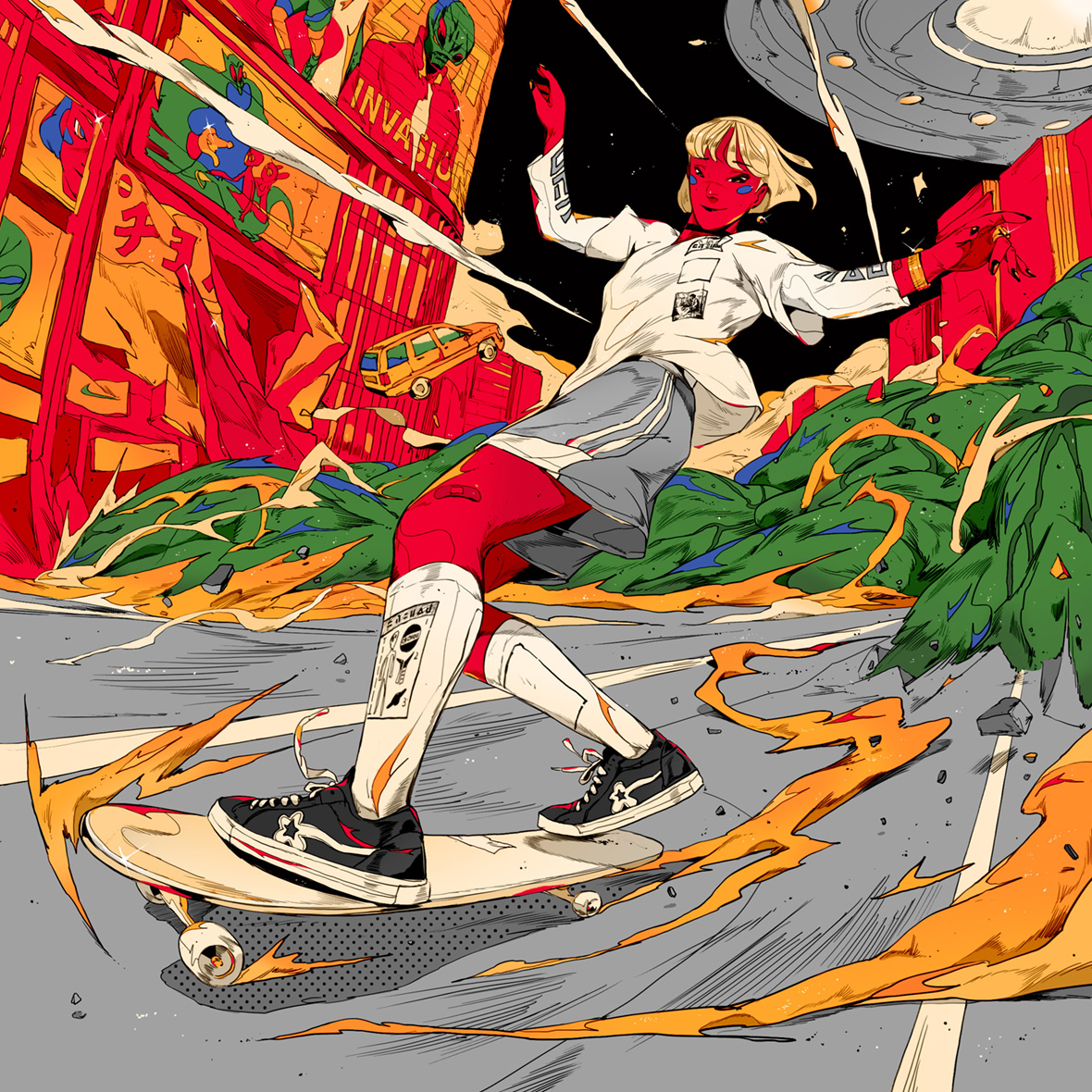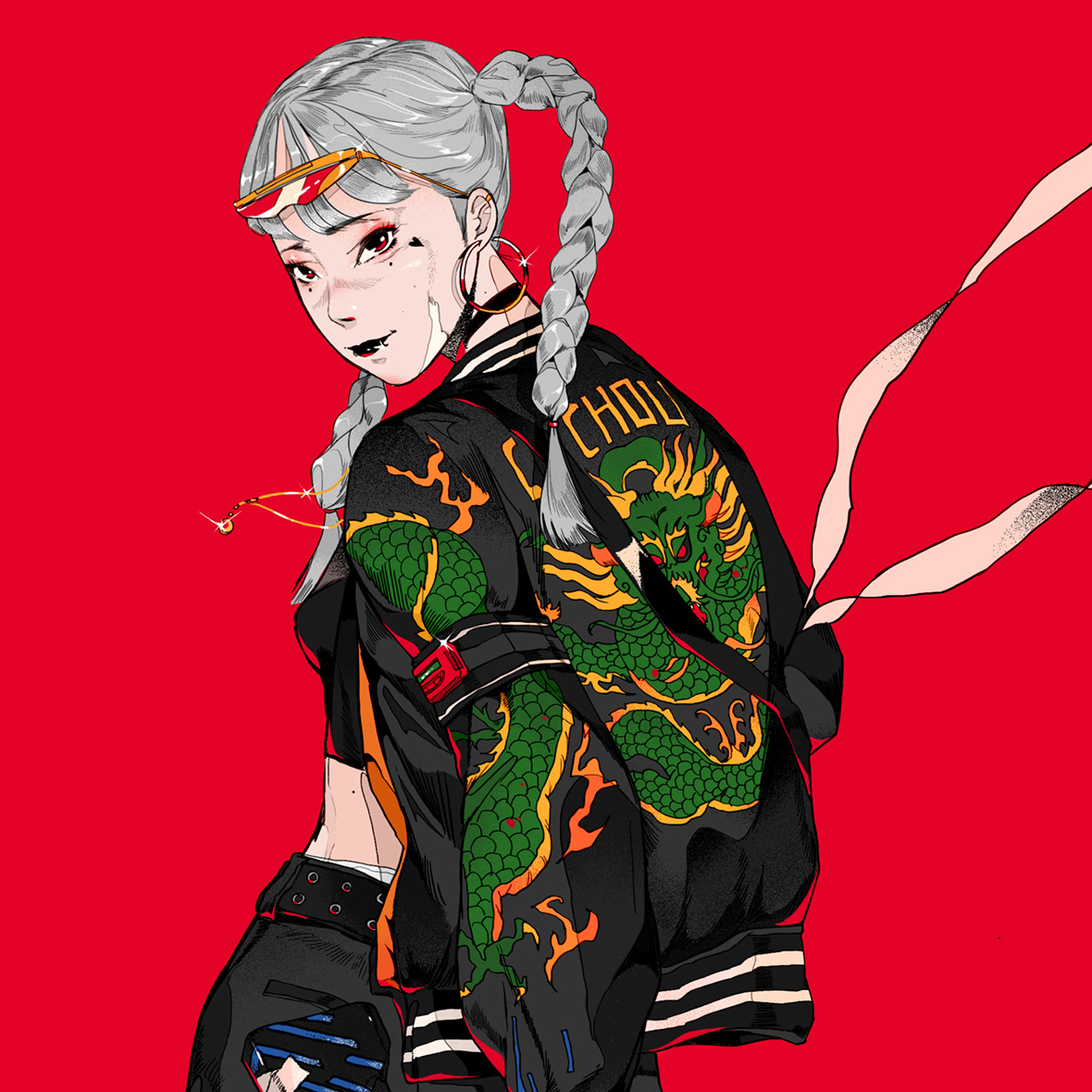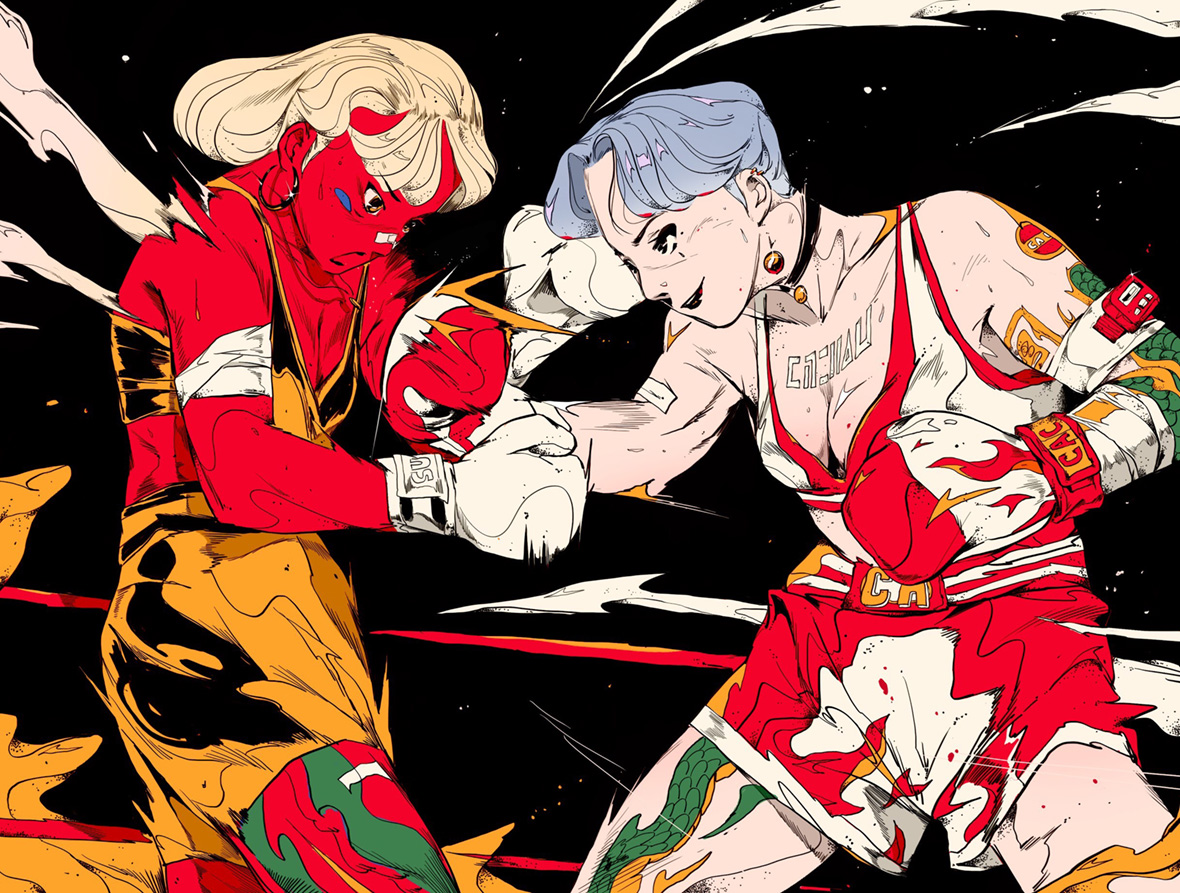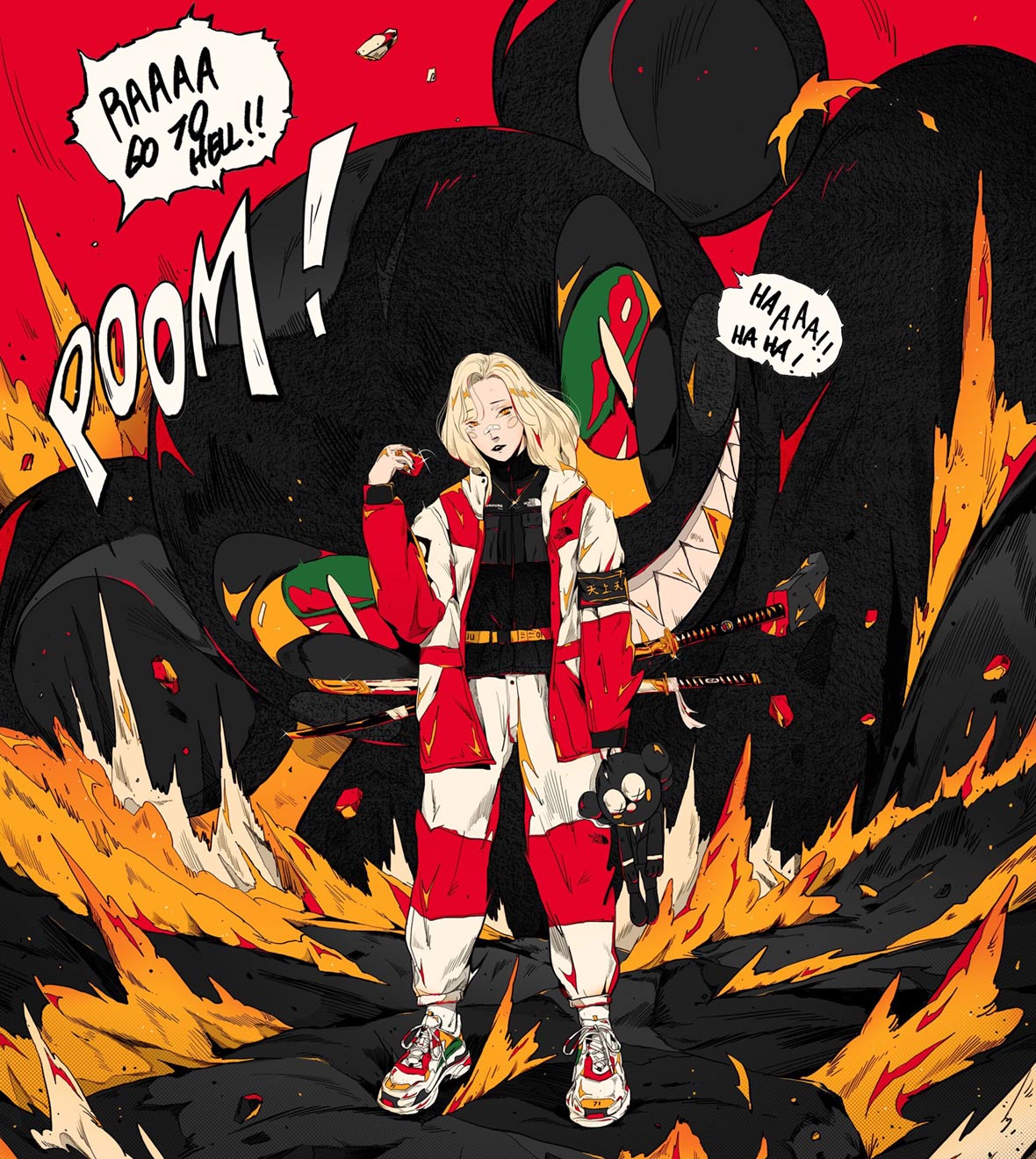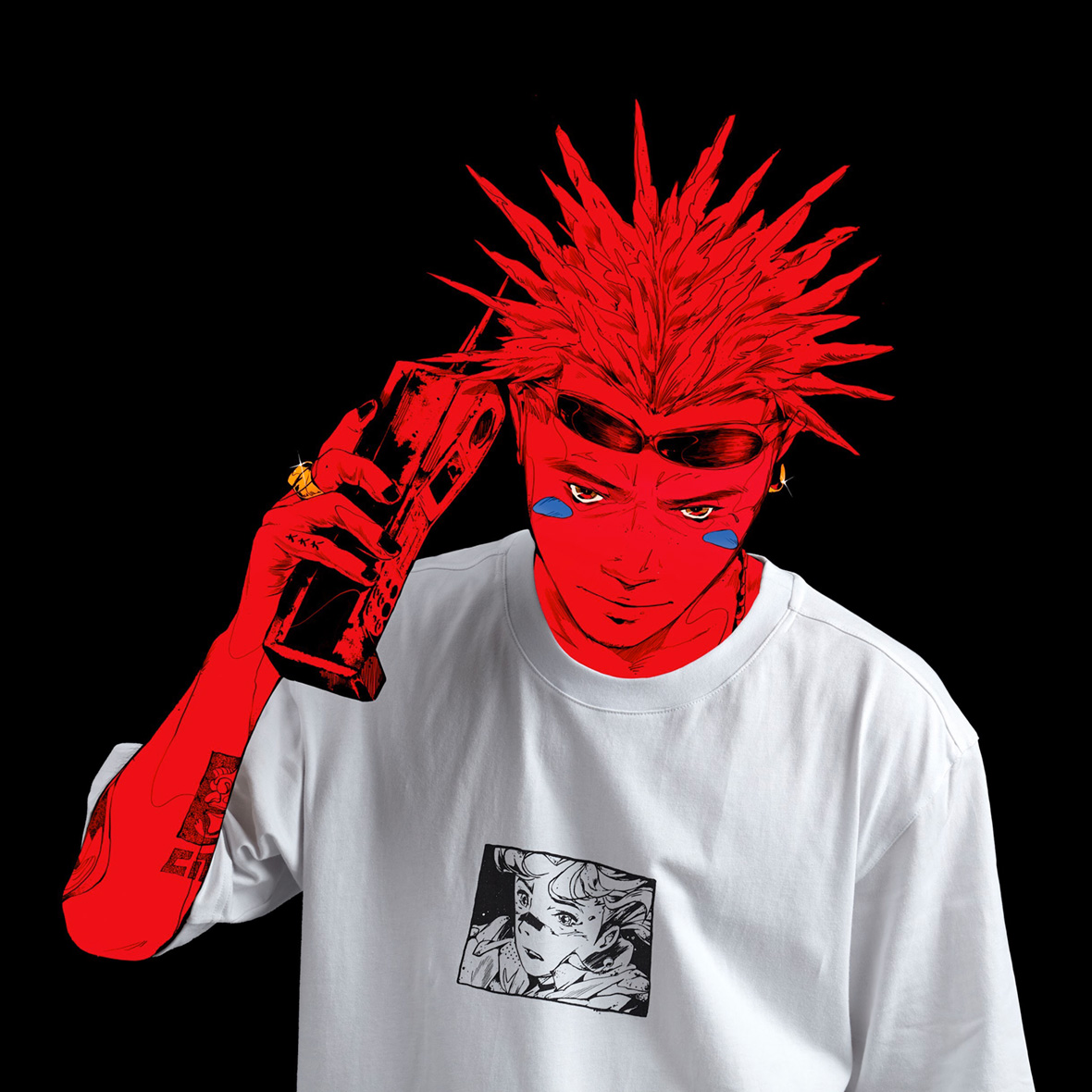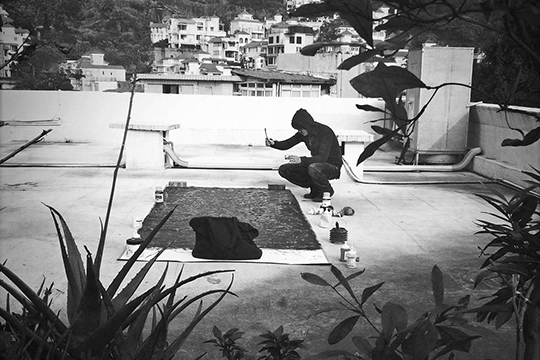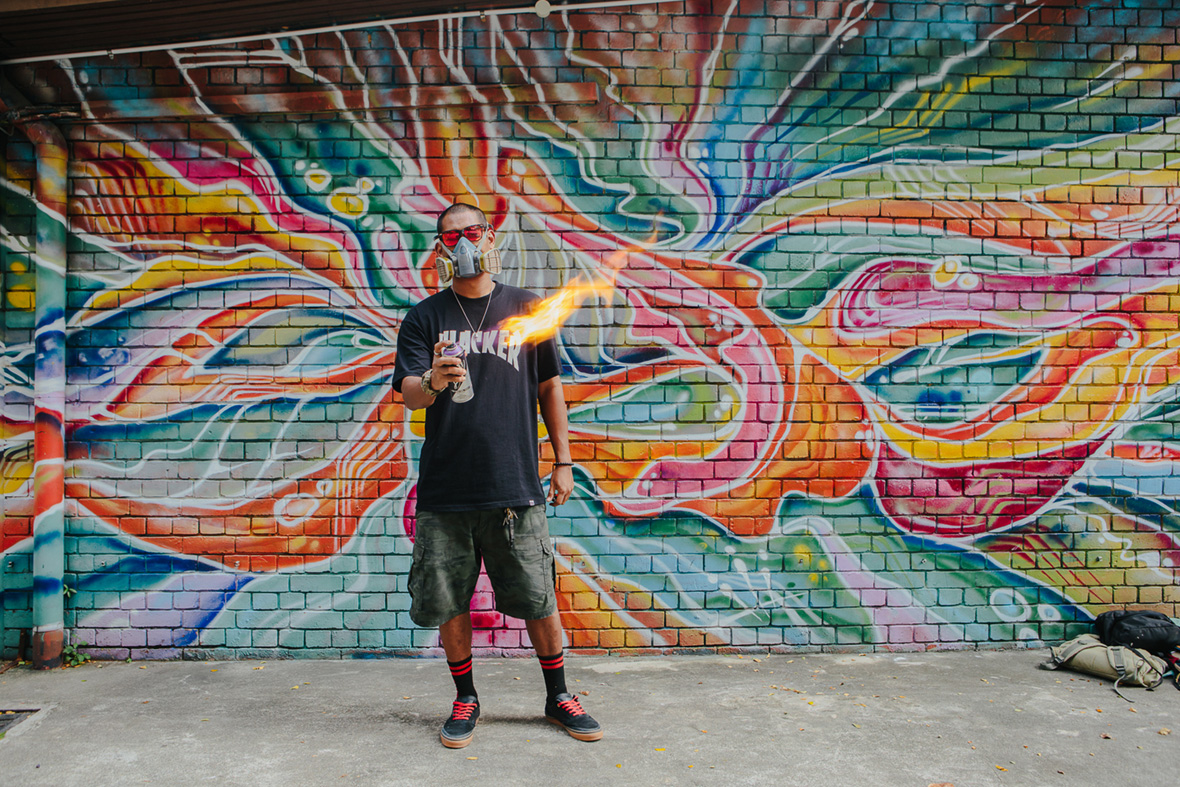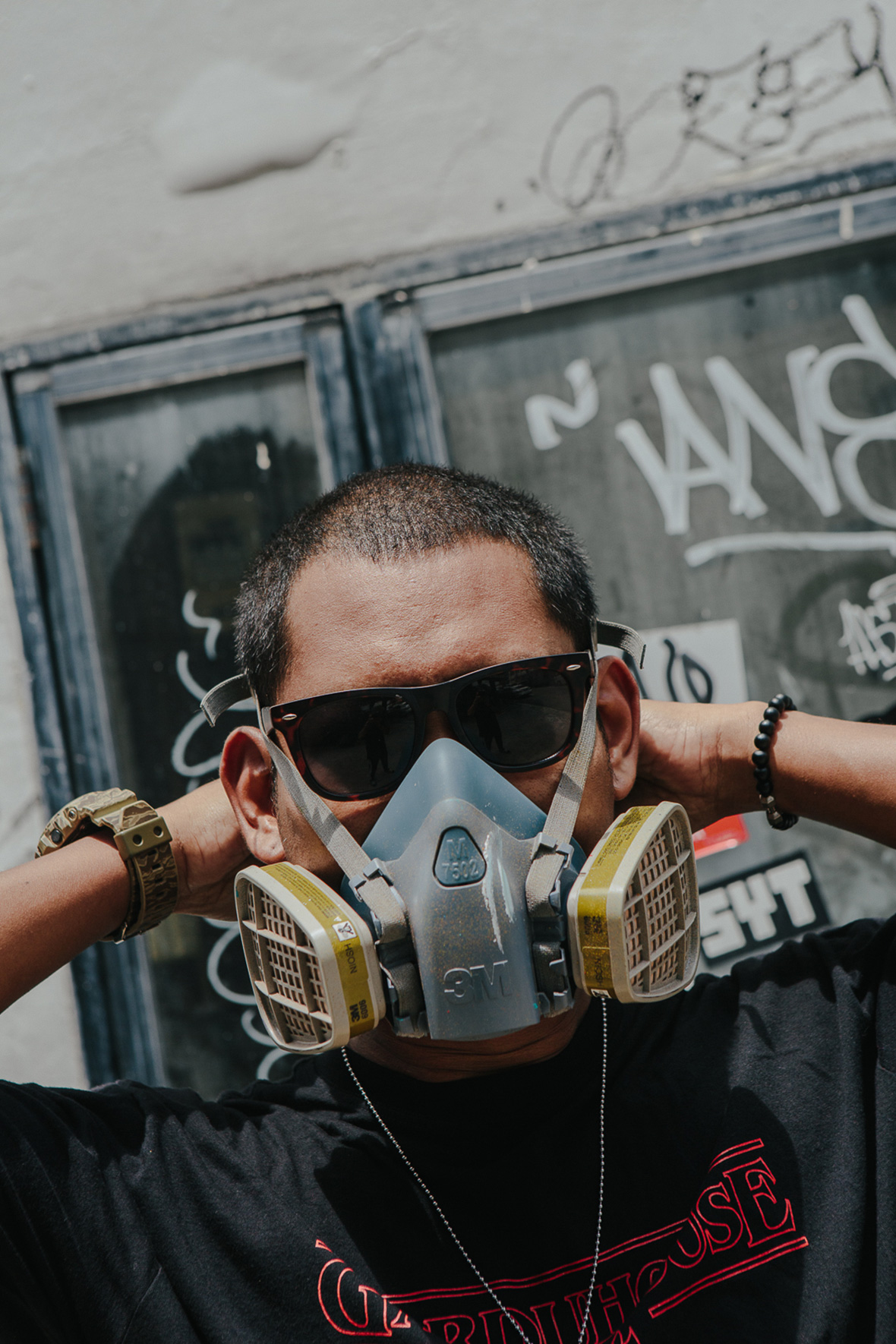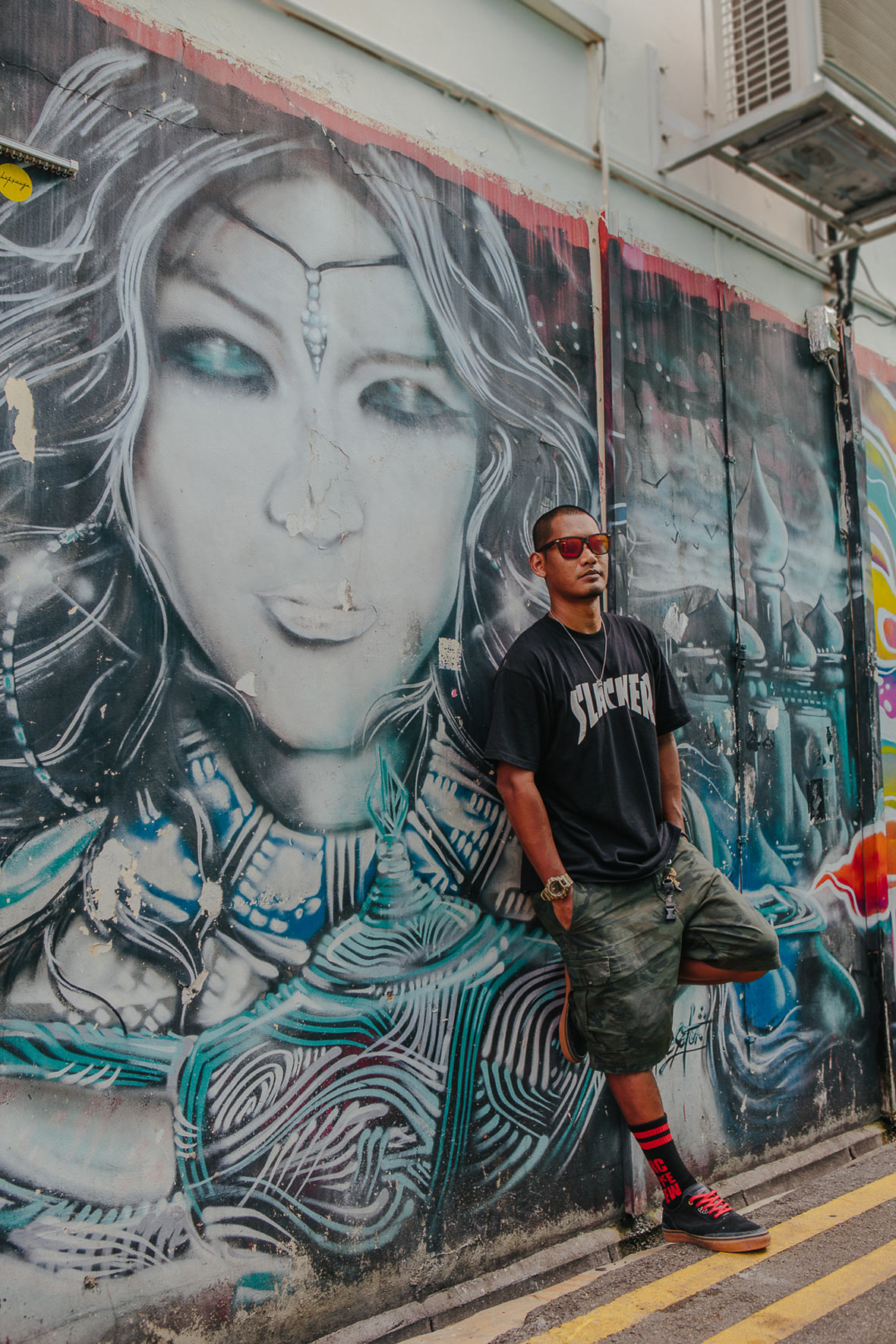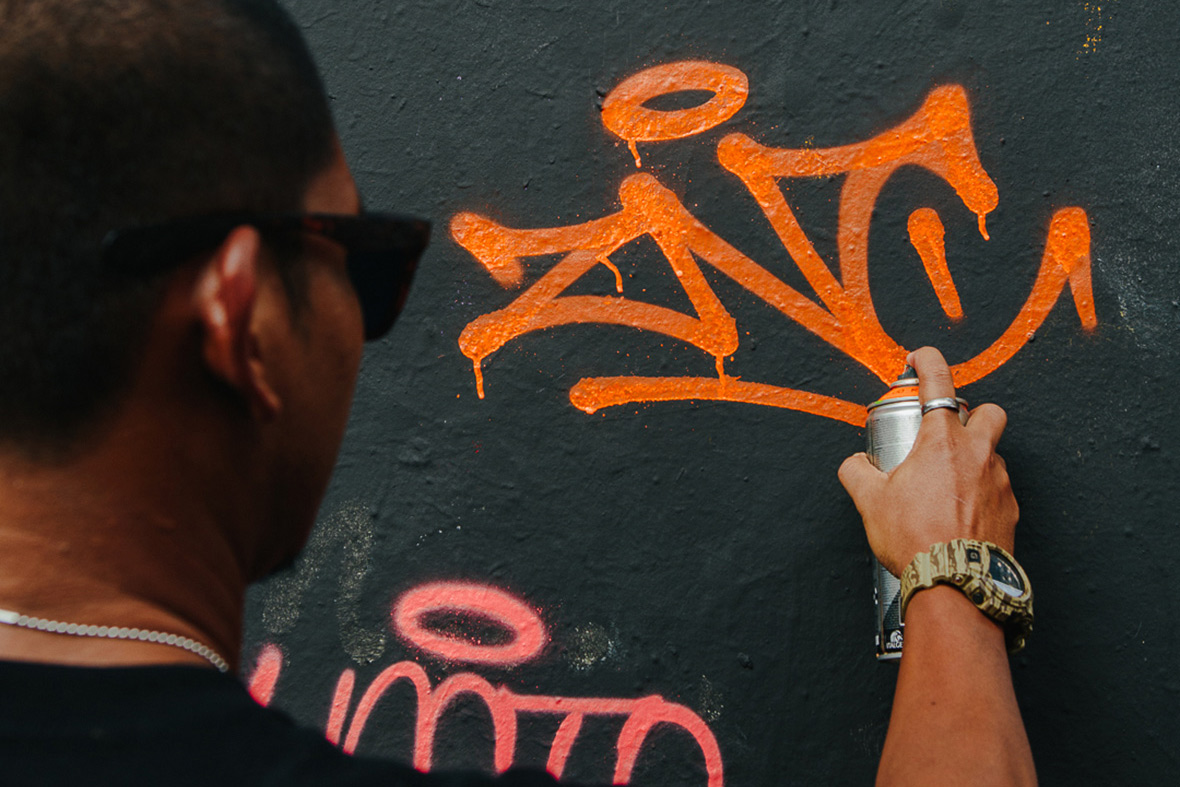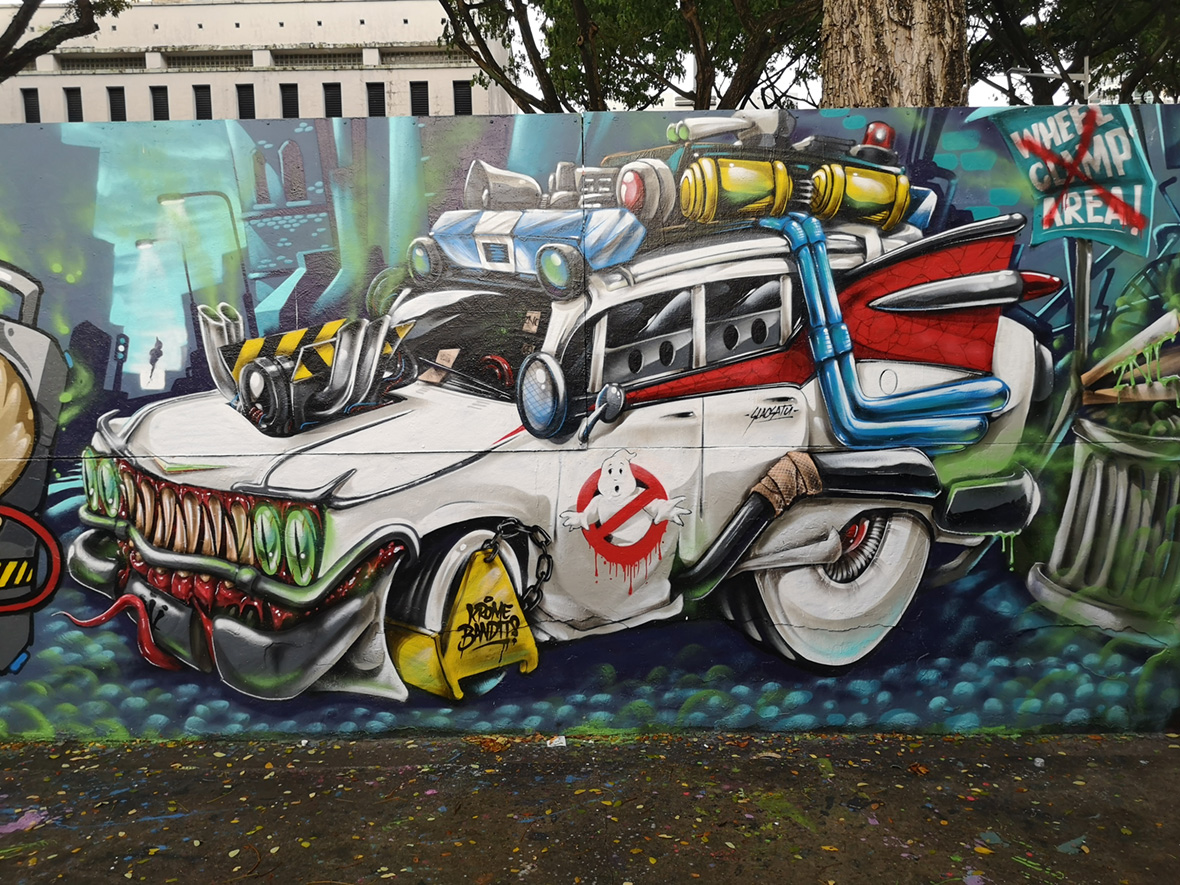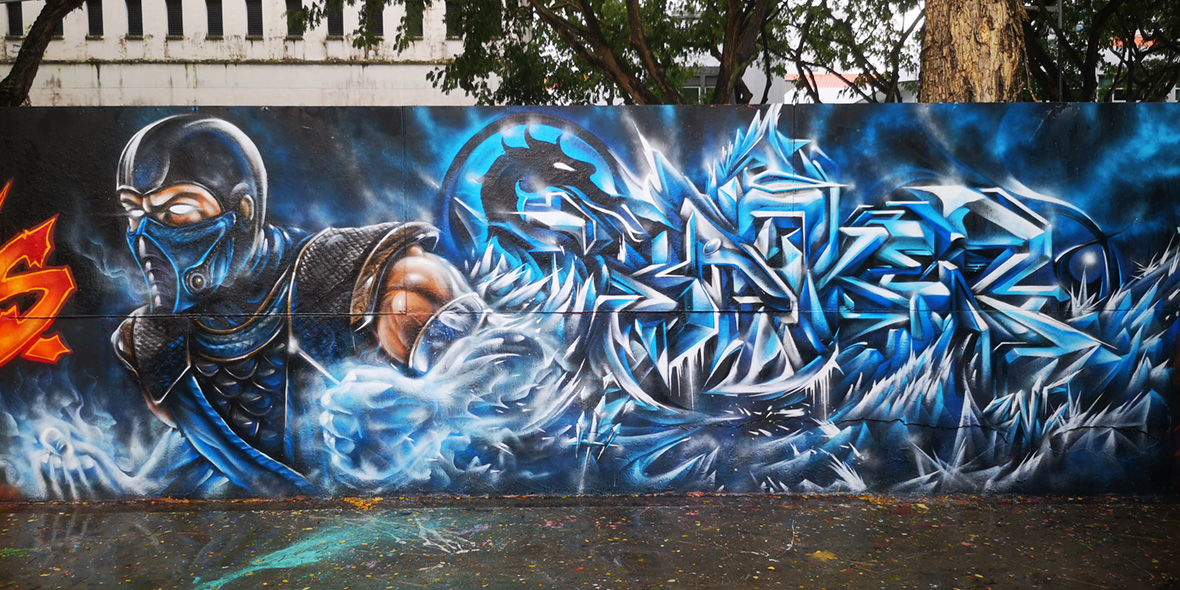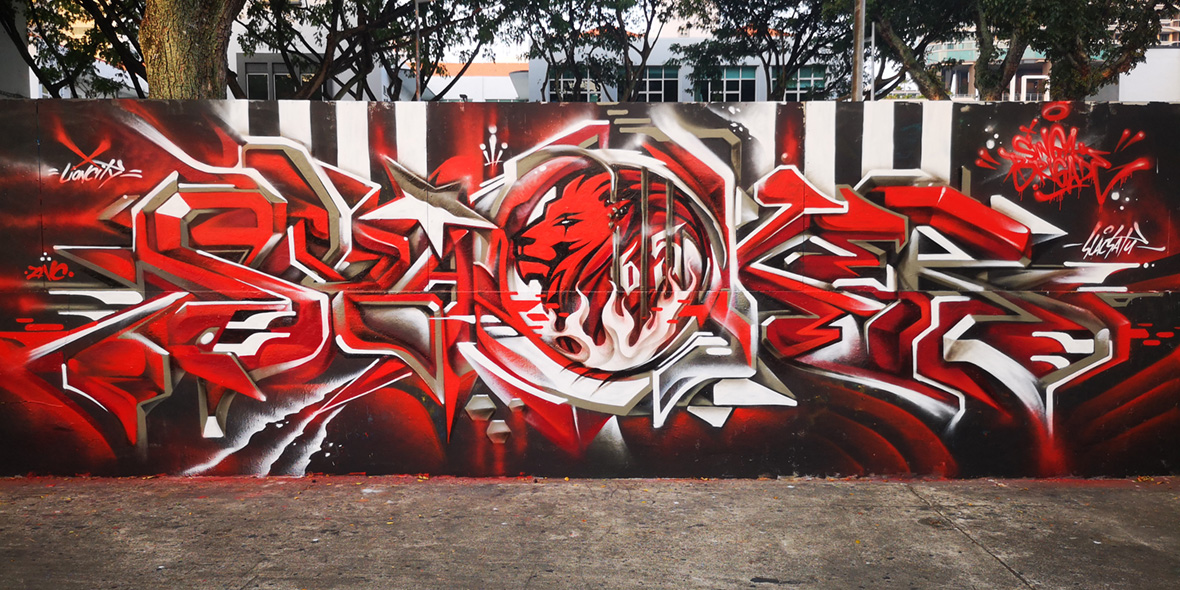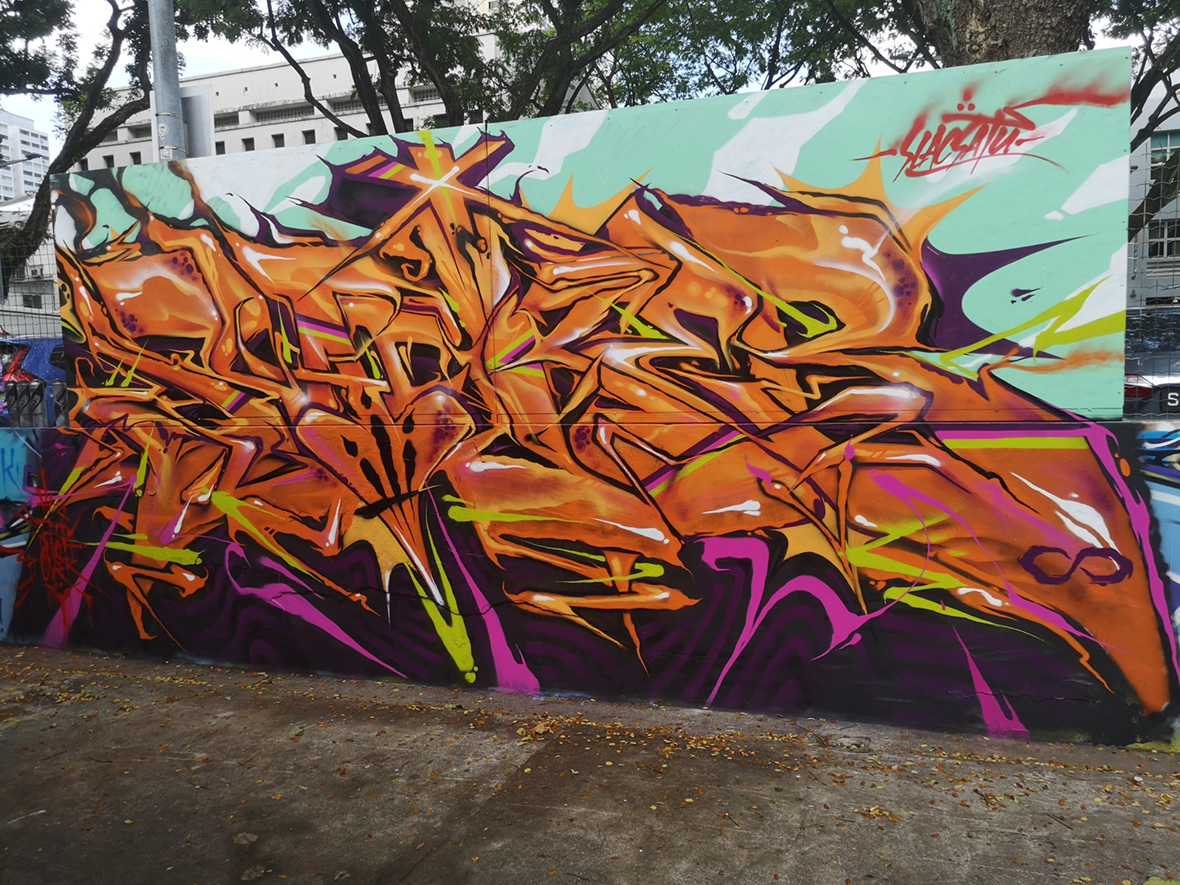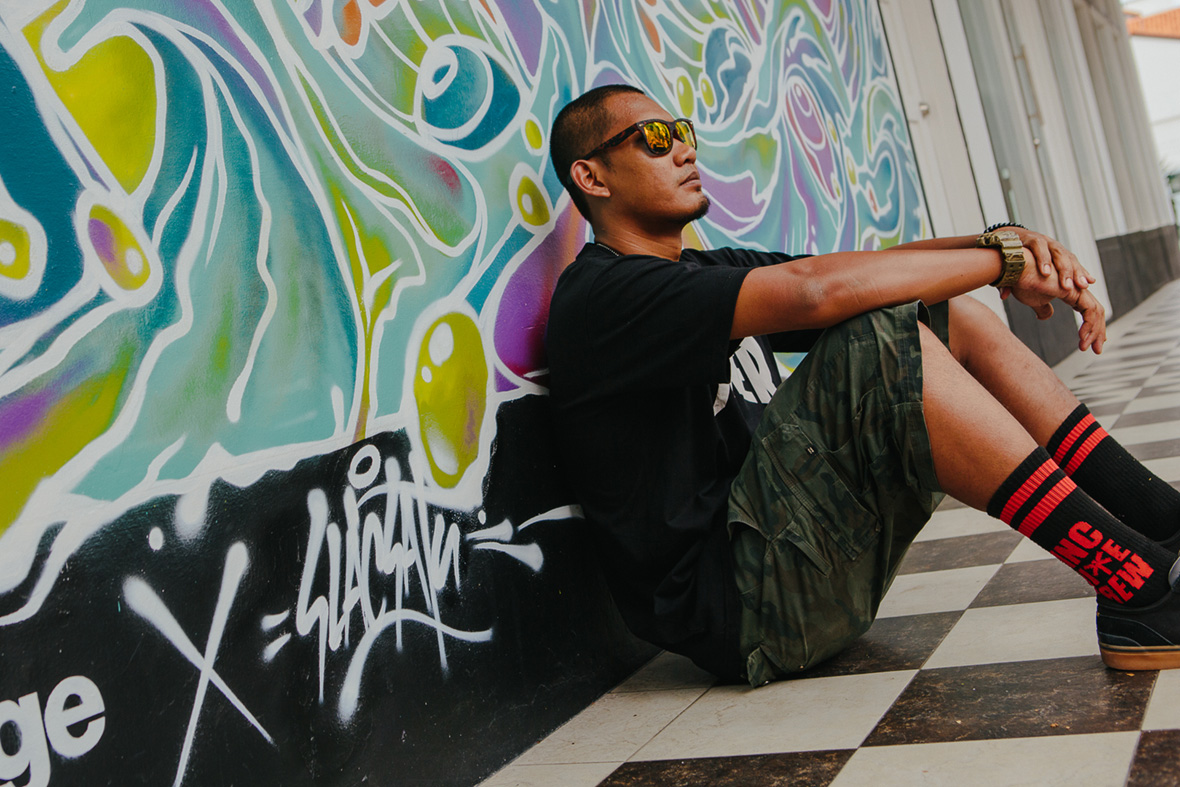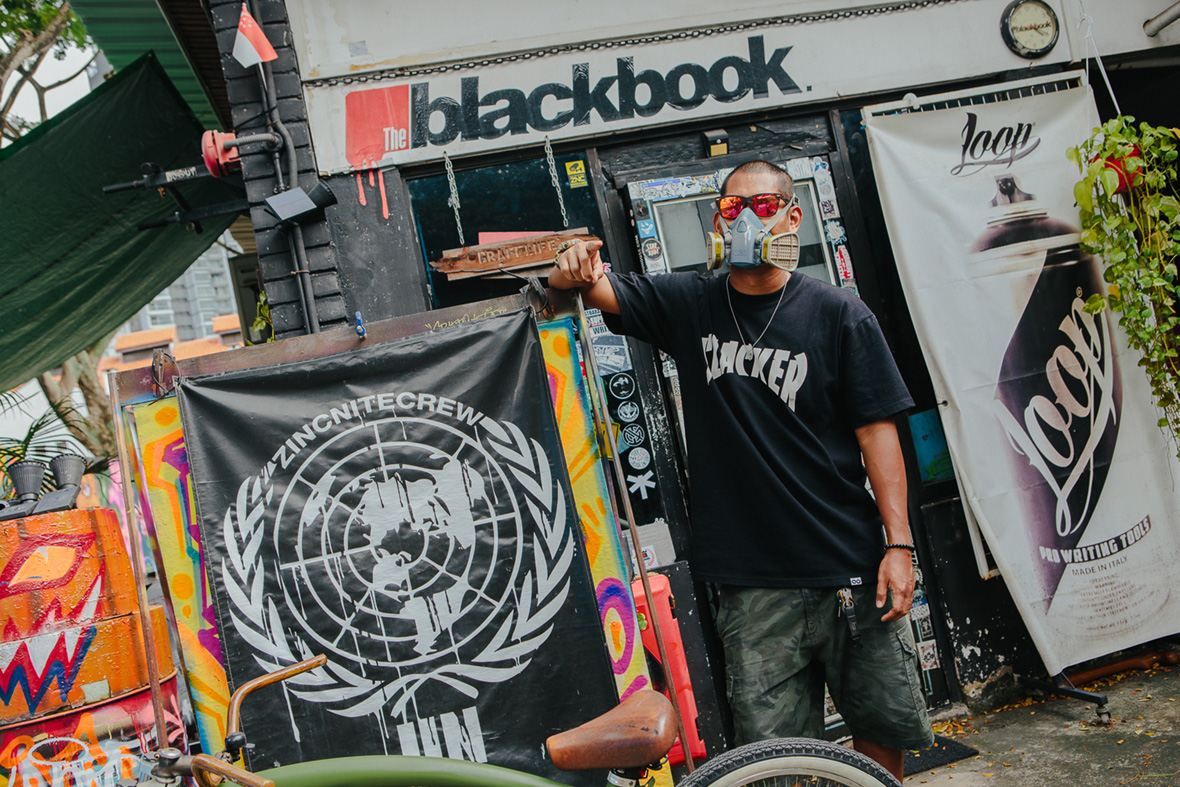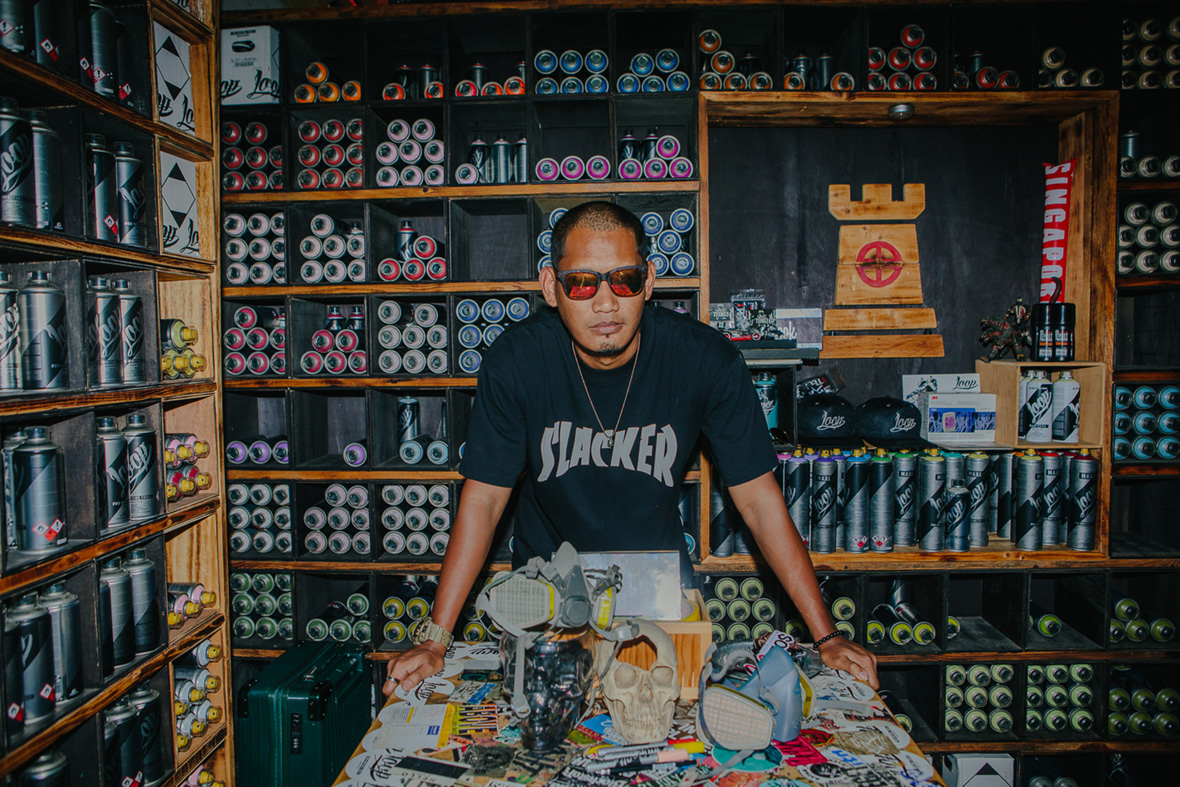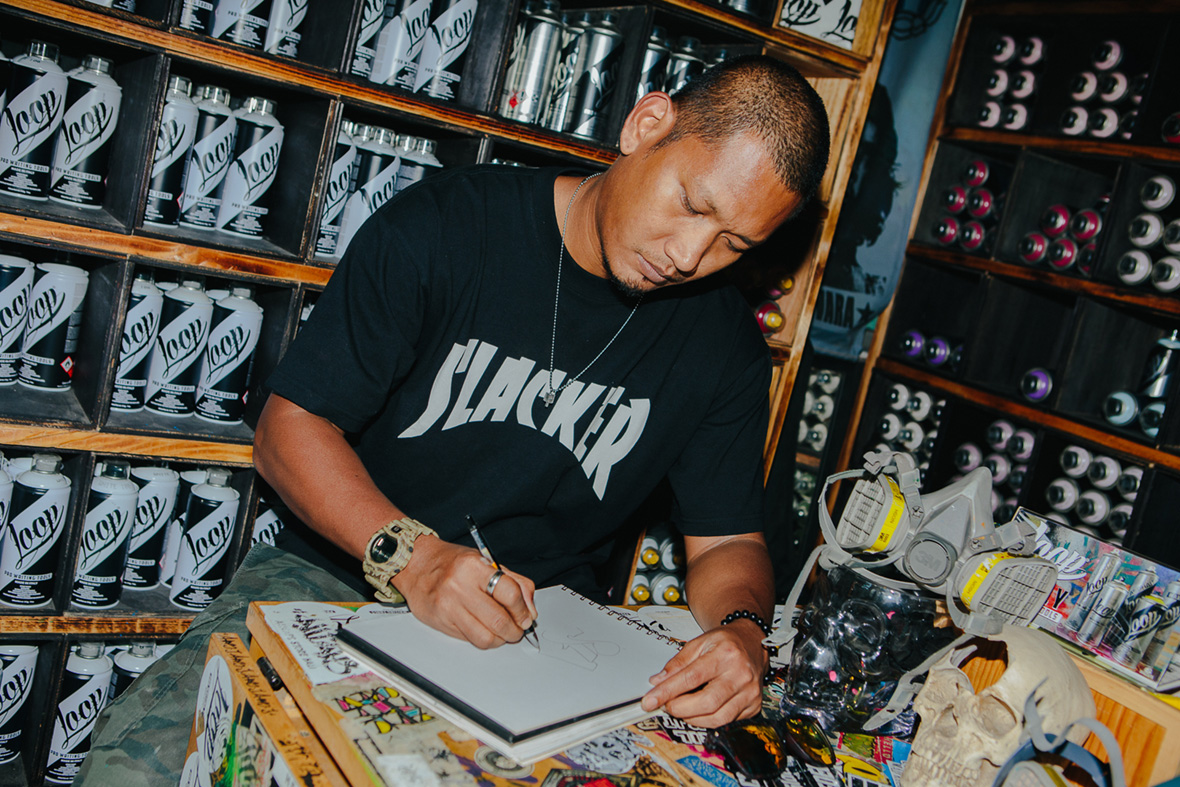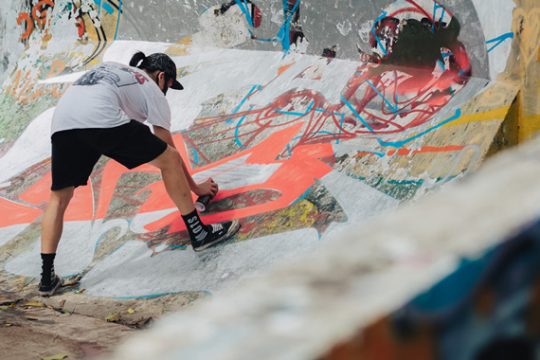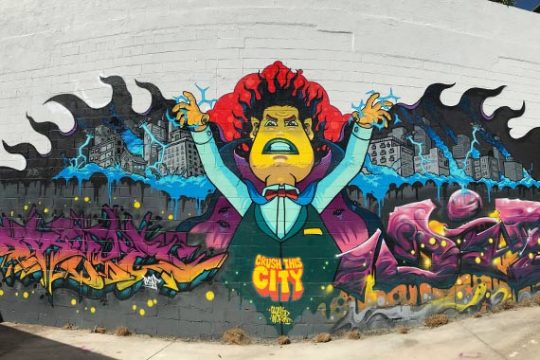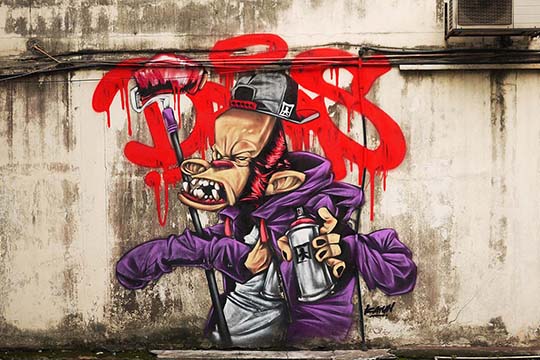
The kids had been there since noon, just hanging out, waiting to catch a performance that didn’t start until eleven p.m. that night. They flooded the Bangkok Block Party with a single mission: to catch a rare live performance by Korean rapper One in their hometown. “They were all Thai kids,” says Nick Supreda, who first put on the block party three years ago. “I walked up and asked why they were there. I just had to know.” The moment was just one high point in a weekend full of them.
This year’s block party, held on January 31st and February 1st, brought together club music, disco, rap, and rock, each on its own stage. The festival aims to give Thai artists international exposure and to bring the world to Thais. And it’s not just music: it has street art, street food, streetwear, and more, all under the same joyful banner.
大批的年轻人从中午就开始聚集在这里,等待着晚上 11 点才开始的表演,他们来参加 Bangkok Block Party 的目的只有一个:看韩国说唱歌手 One 在曼谷难得一遇的现场演出。该街区派对至今已举办三年的时间,首创人 Nick Supreda 说道:“来这儿的都是泰国本地年轻人,有时候我会去找他们聊天,去了解他们想法。” 此时此刻,好戏才刚刚上演。
今年的街区派对分别在 1 月 31 日和 2 月 1 日举行,提供包括俱乐部音乐、迪斯科、说唱和摇滚音乐表演,每种音乐流派分别设有单独的舞台。该活动旨在让泰国艺术家获得更多国际上曝光的机会,同时将世界不同的音乐风格在泰国推广。这个活动并不局限于音乐,在热闹欢乐的气氛中,同时呈现街头艺术、美食和时尚服饰等不同领域的元素。
The 2020 edition also featured a lot of everyday objects, piled together in a way that became a spectacle. One stage was set up in a street vendor’s food cart, surrounded by towering stacks of colorful plastic chairs. Another stage featured giant cardboard cutouts of roosters and Thai trucker-style designs, while still another was covered with hundreds of vintage tees. “This year’s theme was ngan wad,” says Supreda. The term roughly translates to “temple fair.” “Up north they do these events to raise money in the countryside. I wanted to bring it to the city so Thais wouldn’t forget about it. They’ll do stuff like sell vintage tees for a dollar. So we went there and got a bunch to decorate the stage.”
在 2020 年活动的布置上,许多日常物品被拼凑在一起,设计上显得十分抢眼。其中一个舞台以摊贩餐车的主题搭建,周围摆满高耸的彩色塑料椅子;另一个舞台上则摆放着硬纸板做的巨型公鸡和泰式卡车图案;还有一个舞台上摆满了数百件复古体恤。Nick 说:“今年的主题是 ‘ngan wad’(庙会)。在泰北的乡村,人们常常会举办庙会筹募财富。而之所以将这种传统的形式带到城市,因为我不想让这些泰国传统文化被人们遗忘掉。在乡下的庙会上,复古体恤有时只卖一美元,我们买来一堆,给舞台做装饰。”

Six years ago, Supreda moved from California to Thailand to explore his roots. “I was raised in America, but I was adopted and wanted to learn more about where I came from,” he says. So he packed his bags and took a leap into a new life. When he first arrived in Bangkok, he knew no one. He opened a small bar that only fit 20 people. “There was no parking, no restroom, it felt like a container,” he laughs. “I had no background in this, I’ve been learning as I go.”
六年前,Nick 从加利福尼亚回到泰国,追寻自己的文化根源。他说:“我是一个在美国长大的领养孩子,但我一直渴望了解故乡。” 于是,他收拾行装,在泰国展开了新的人生篇章。刚到曼谷时,他人生地不熟。他开了一家小酒吧,里面只能坐 20 个人。他笑着说:“那里没有停车场,没有洗手间,感觉就像是一个集装箱。我在这方面没有任何经验,只能一边做一边学习。”
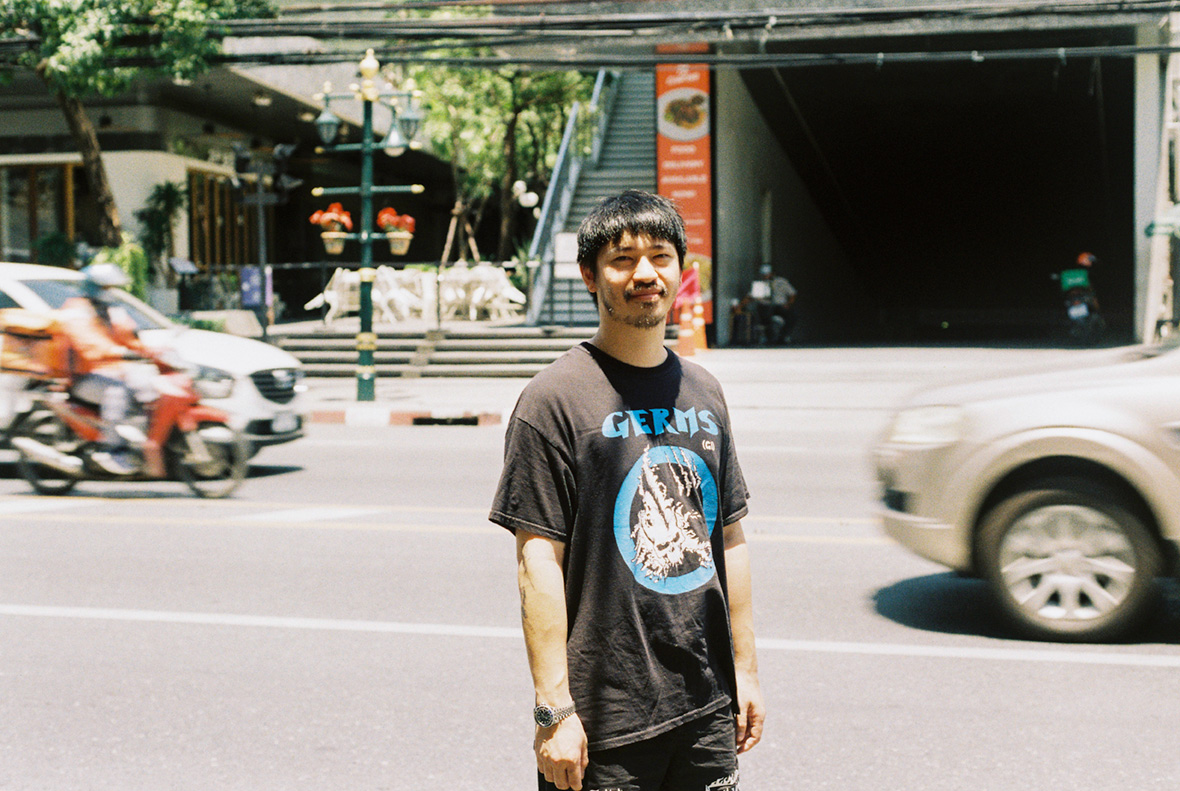
When he was offered a space in the popular Thonglor nightlife district, he jumped at the chance, leaving the container behind and opening club Blaq Lyte, where he made his name. “It was on the second floor, above a restaurant, and to enter you had to go through the kitchen. We had no signage. On the first day, we shoved 600 people into a space that only fit 300.” Although the police and reporters both came, and his blue hair made the evening news when he was arrested, the opening was an undeniable success. Blaq Lyte drew a mix of foreigners, local art kids, and industry types, and it soon became the afterparty spot for big musicians who flew into Thailand to perform. A similar crowd goes to the block party.
后来,他在热闹非凡的通罗(Thonglor)夜生活区找到一个新的当铺 —— Blaq Lyte 俱乐部,结束了 “集装箱” 式的酒吧时期。“俱乐部位于二楼,下面是一间餐厅,你必须经过餐厅的厨房才能进入俱乐部,那里并没有标牌。开业的第一天,我们在只能容纳 300 人的空间里接纳了600个顾客。”后来警察和记者纷纷赶往现场,那晚 Nick 被警察带走时,他的蓝发出现在了当地的新闻中。但这次的开幕活动无疑是成功的。Blaq Lyte 吸引了来自世界各地的游客、本地年轻艺术家和各个行业的人士,很多到泰国演出的音乐人在演出结束后都会到这里来聚会。这些人也往往是参加街区派对的主要人群。
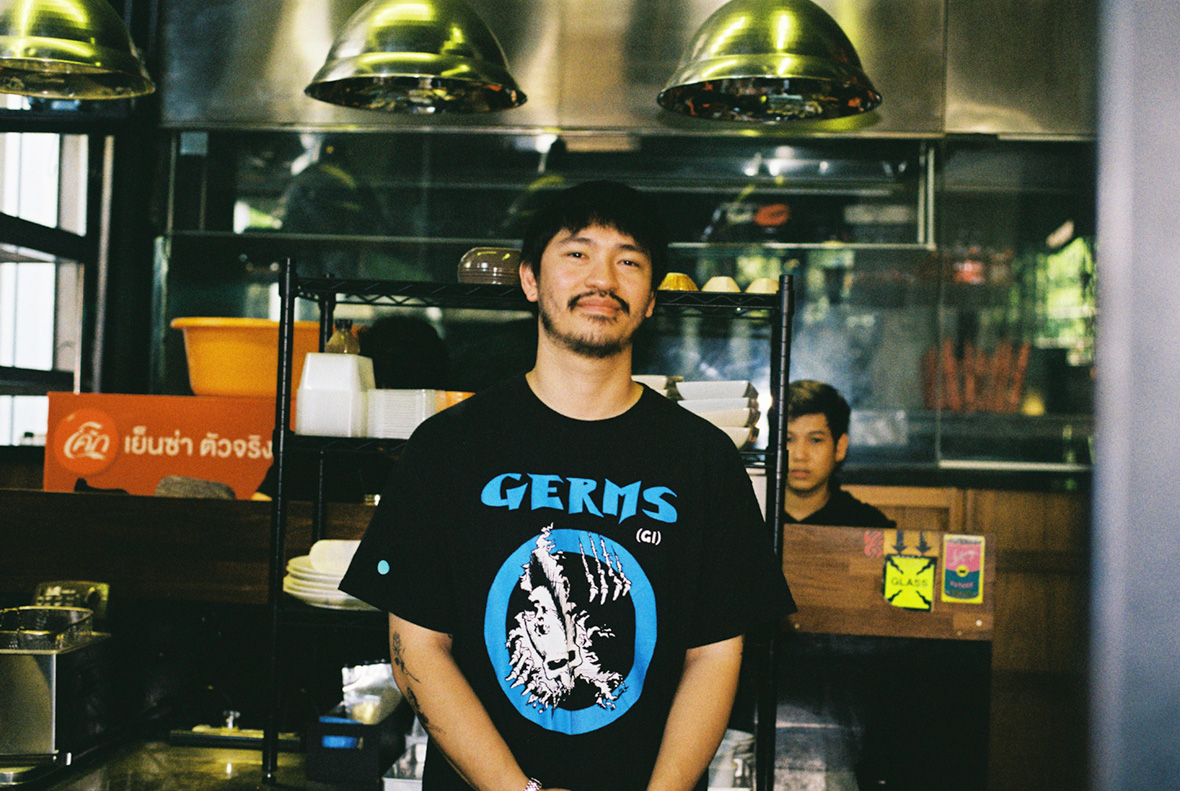
Although the club has closed up shop, Blaq Lyte continues as a promotional company that operates out of Supreda’s living room and employs seven staffers, all formerly DJs at the club. The block party is where he pulls together all the friends he’s made over the years into one place to celebrate. “We throw it in January, which is the slow season for performers,” he says. “We’re just like, ‘Hey, want to come hang out and perform in Bangkok?”
如今,虽然这个俱乐部已经停业,但 Blaq Lyte 仍作为一家活动公司进行运作,并有 7 名员工,办公地点就在 Nick 家的客厅,员工是俱乐部之前的 DJ。在街区派对中,Nick 将多年来结交的朋友们召集在一起。他说:“我们在一月份举办活动,一般表演者在这个月都没什么活儿。我们会问他们 ‘嘿,要不要来聚聚,顺便在曼谷表演一下?’”
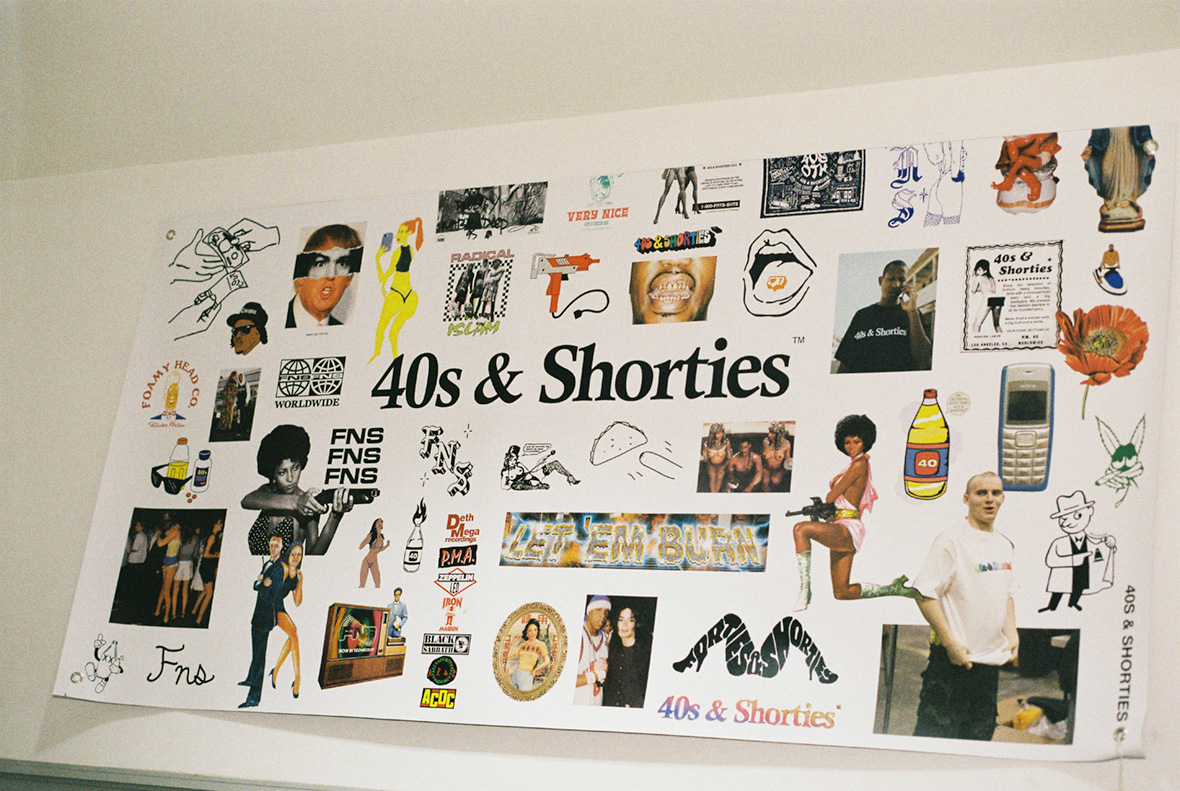
Bangkok’s rap scene has also exploded in the past couple of years, and a collection of underground rappers have rolled onto the mainstream stage, earning millions along the way. A number of them are regular faces at the block party, and Supreda has been working with them since before the boom.
“There’s a lot of beauty here in Asia. I want to help Thailand and help develop the scene,” he says. He also wants to expose Thai audiences to Western creative movements. “It’s a developing country, so it’s still growing. That gives me the freedom to try things out, to figure out what’s right and wrong. I’m still just trying to help out.”
在近几年,曼谷的说唱场景获得了蓬勃发展,许多地下说唱歌手纷纷进入主流舞台,开始大噪名声。他们中的许多人都曾是街区派对上的熟悉面孔,Nick 在很早前就一直在与他们合作。
他说:“亚洲有很多迷人之处。我想帮助泰国,推广这里的文化场景。”此外,他还希望向泰国观众介绍西方的创意。“泰国如今依然是一个发展中国家,所以我有很多的空间进行自由尝试。我会适俗随时,竭尽所能。”
Like our stories? Follow us on Facebook and Instagram.
Website: www.bangkokblockparty.com
Instagram: @bangkokblockparty
Facebook: ~/bangkokblockparty
Contributor: Mike Steyels
Photographer: Joyce Chen
Chinese Translation: Olivia Li
Additional Images Courtesy of Blaq Lyte
网站: www.bangkokblockparty.com
Instagram: @bangkokblockparty
脸书: ~/bangkokblockparty
供稿人: Mike Steyels
摄影师: Joyce Chen
英译中: Olivia Li
附加图片由 Blaq Lyte 提供


